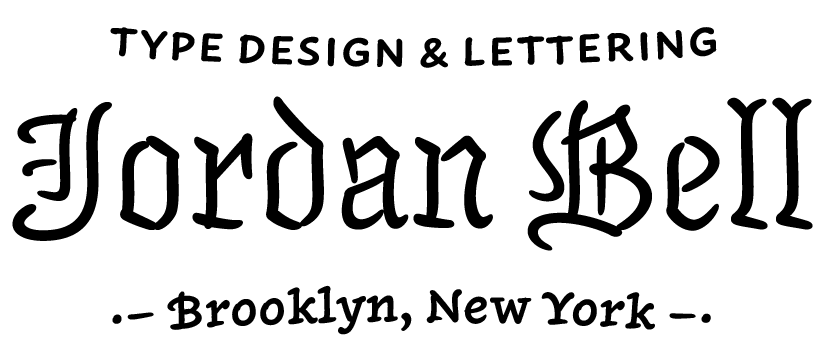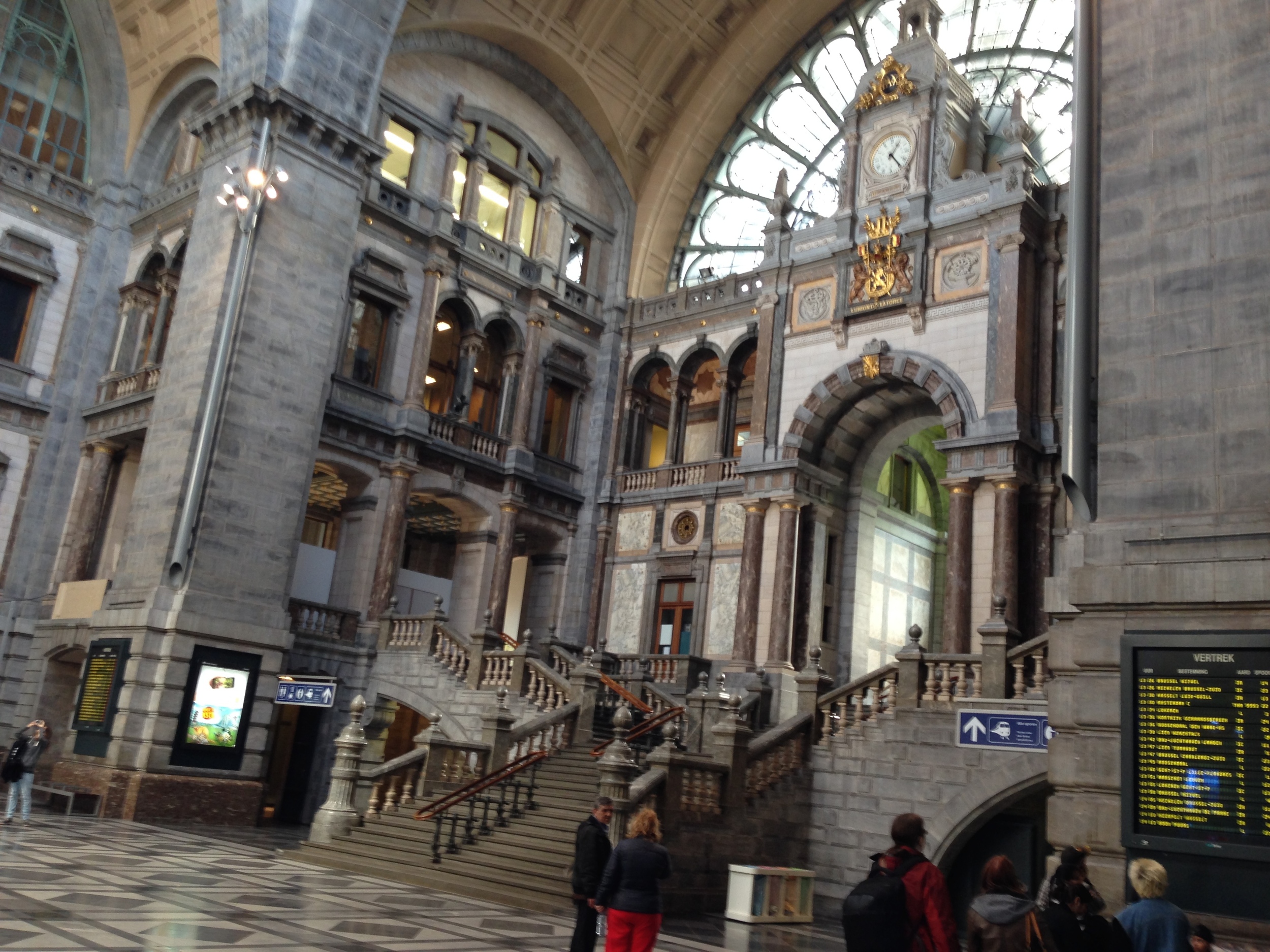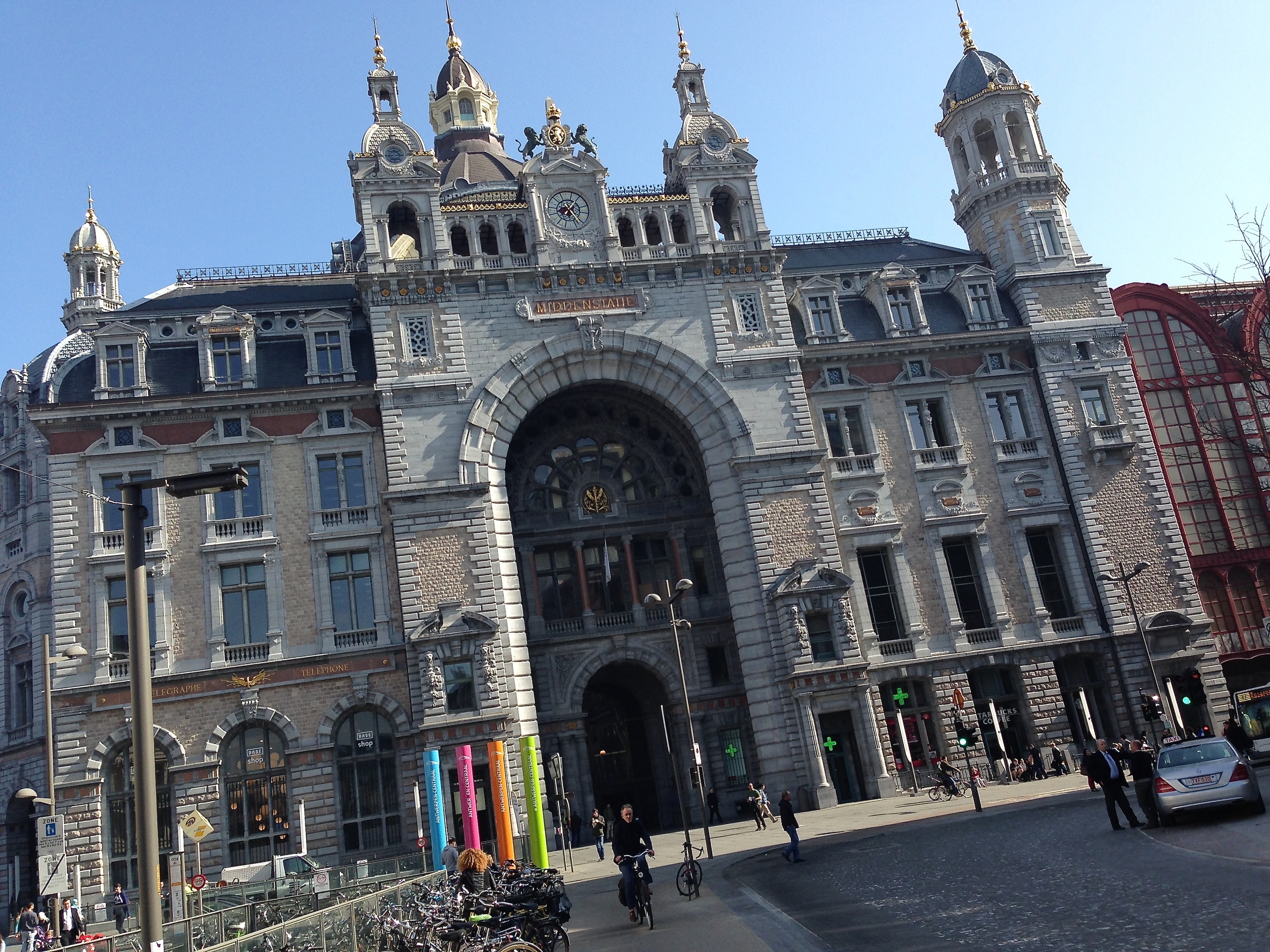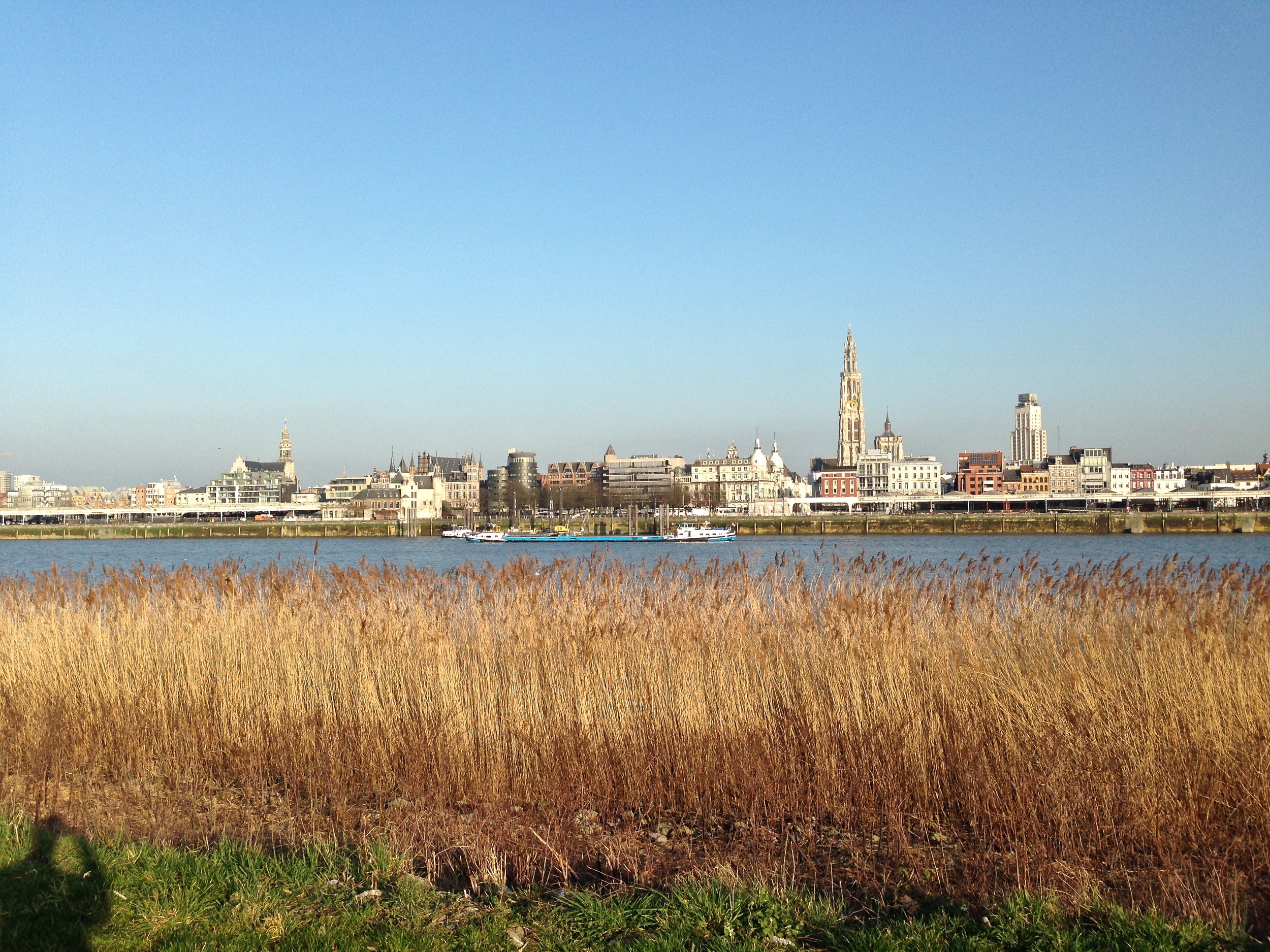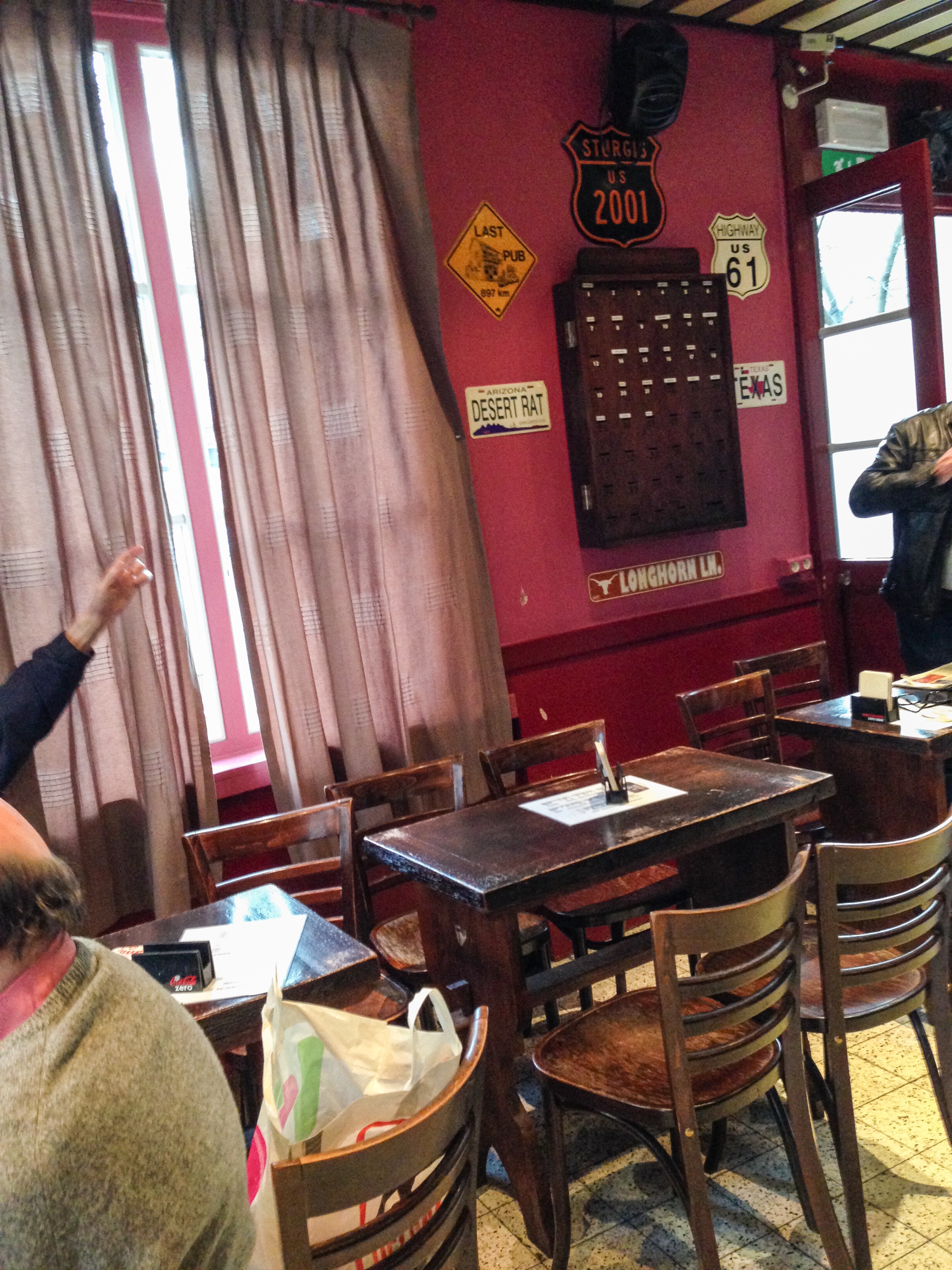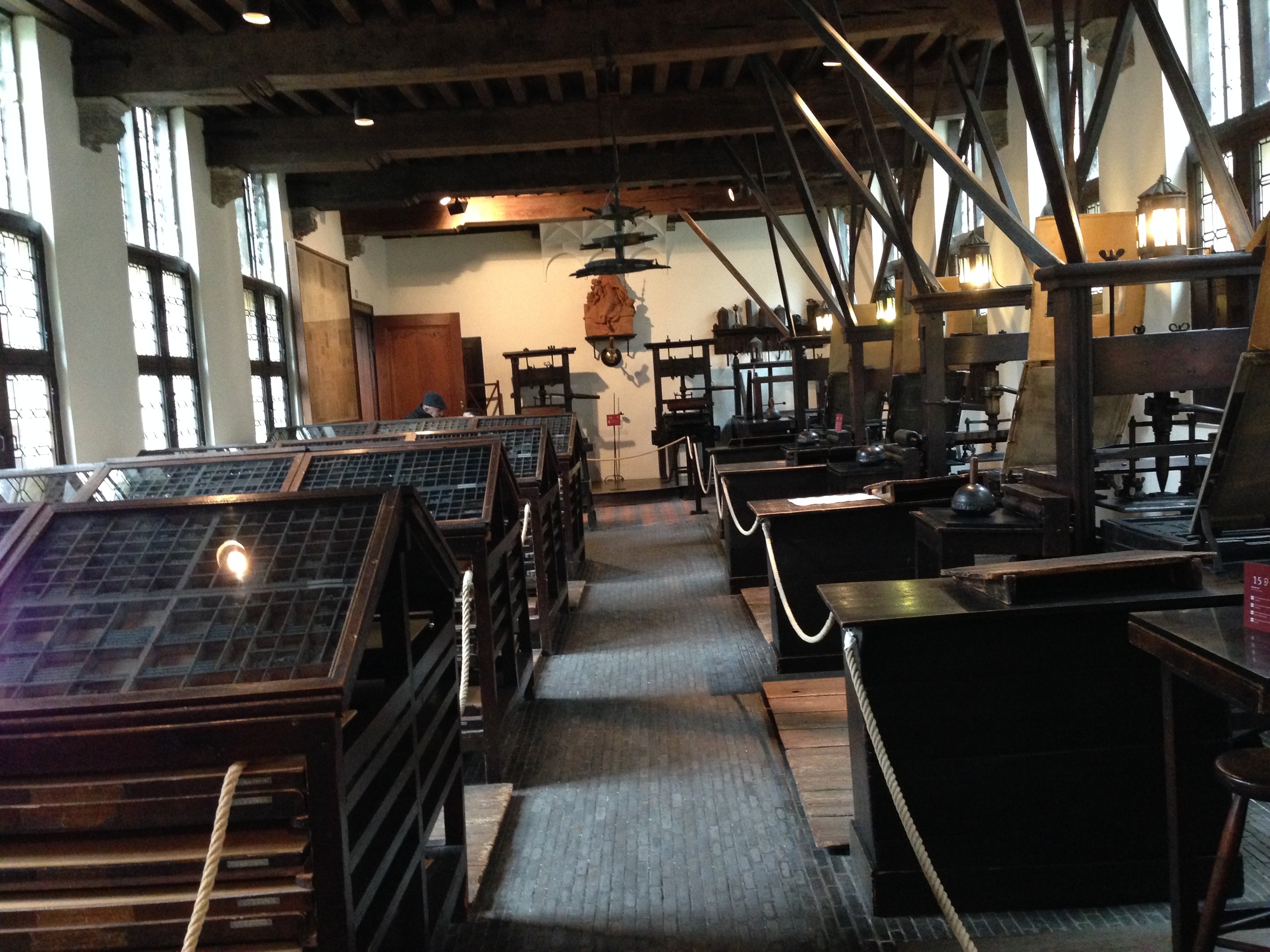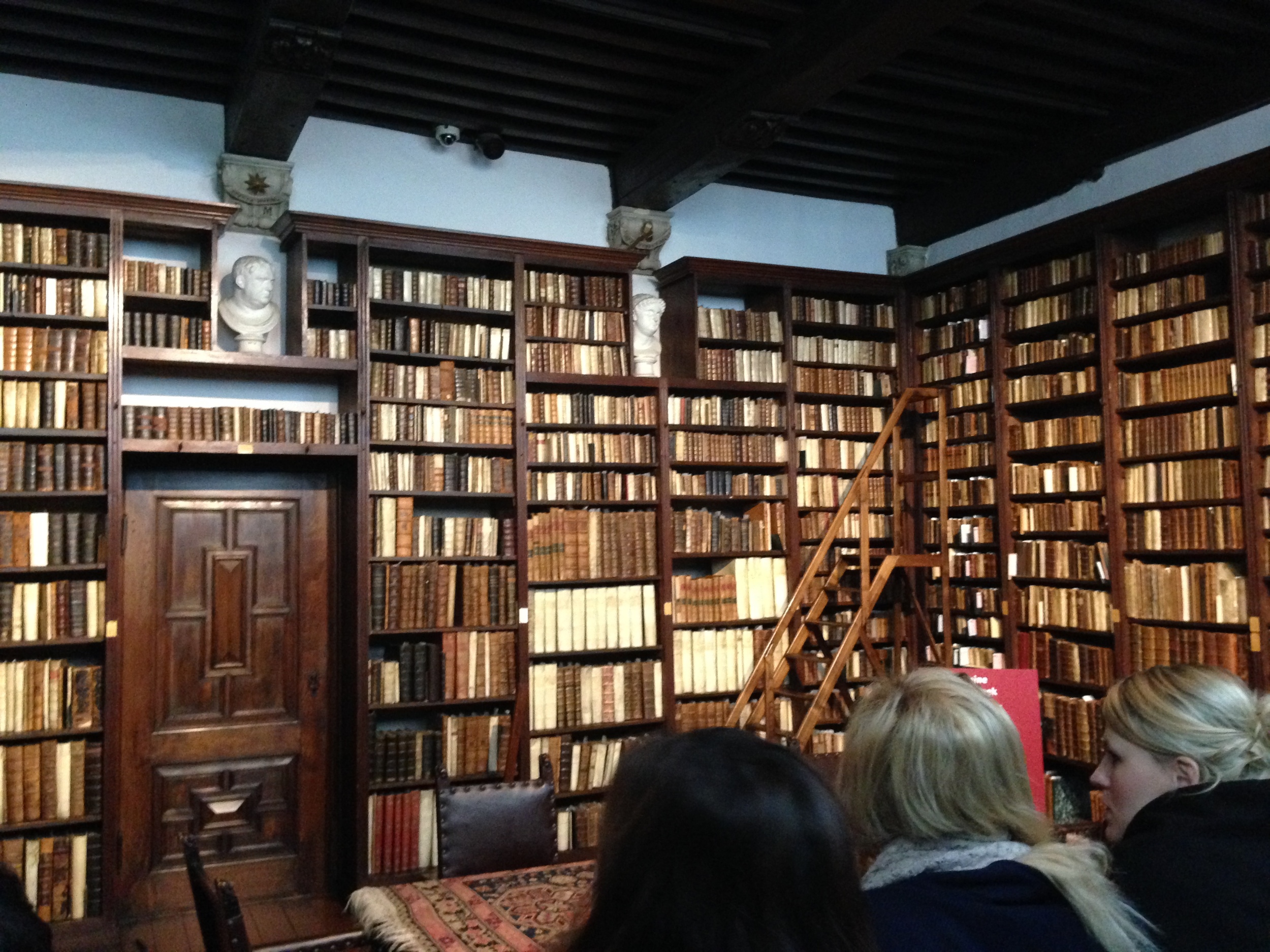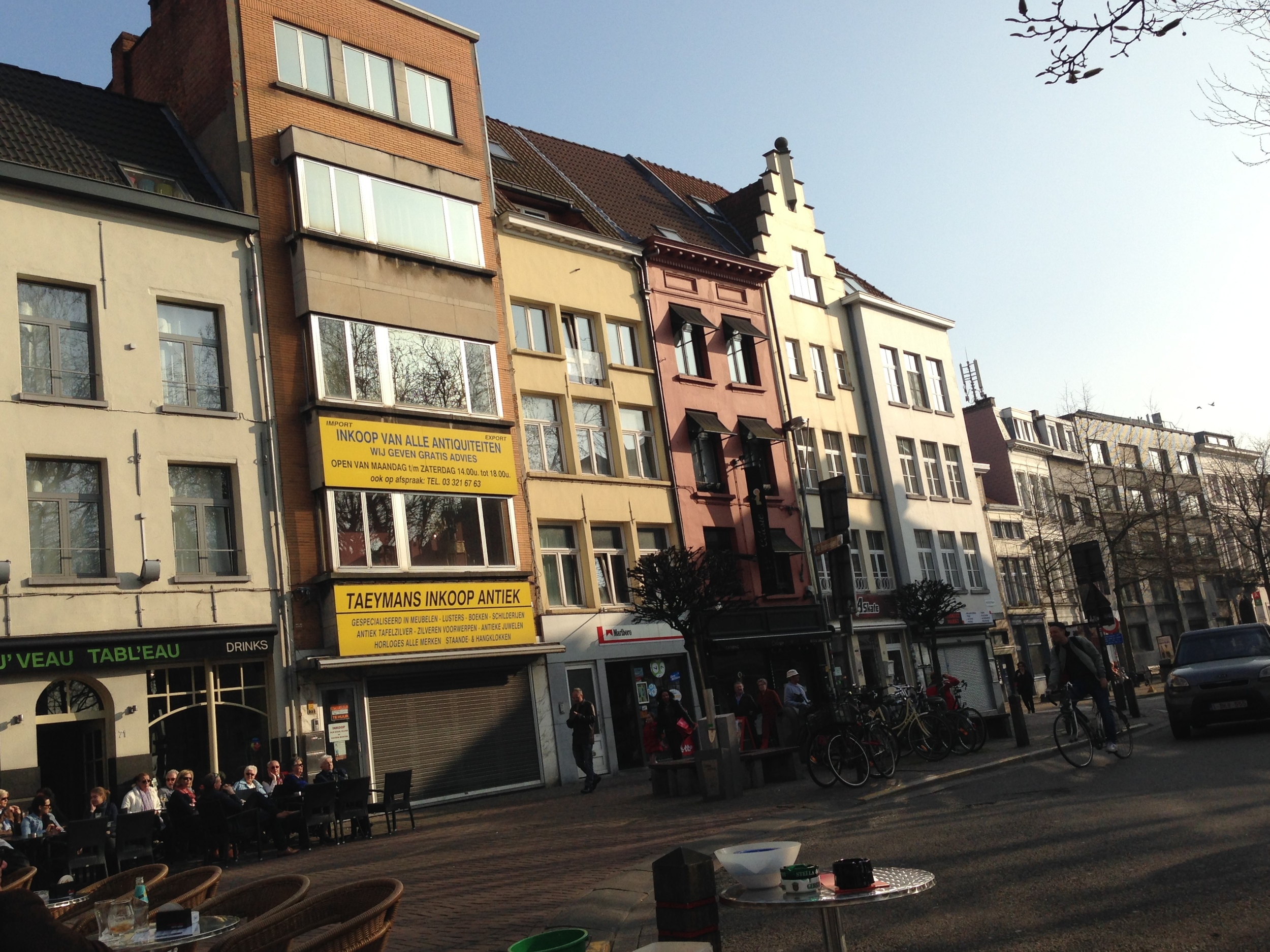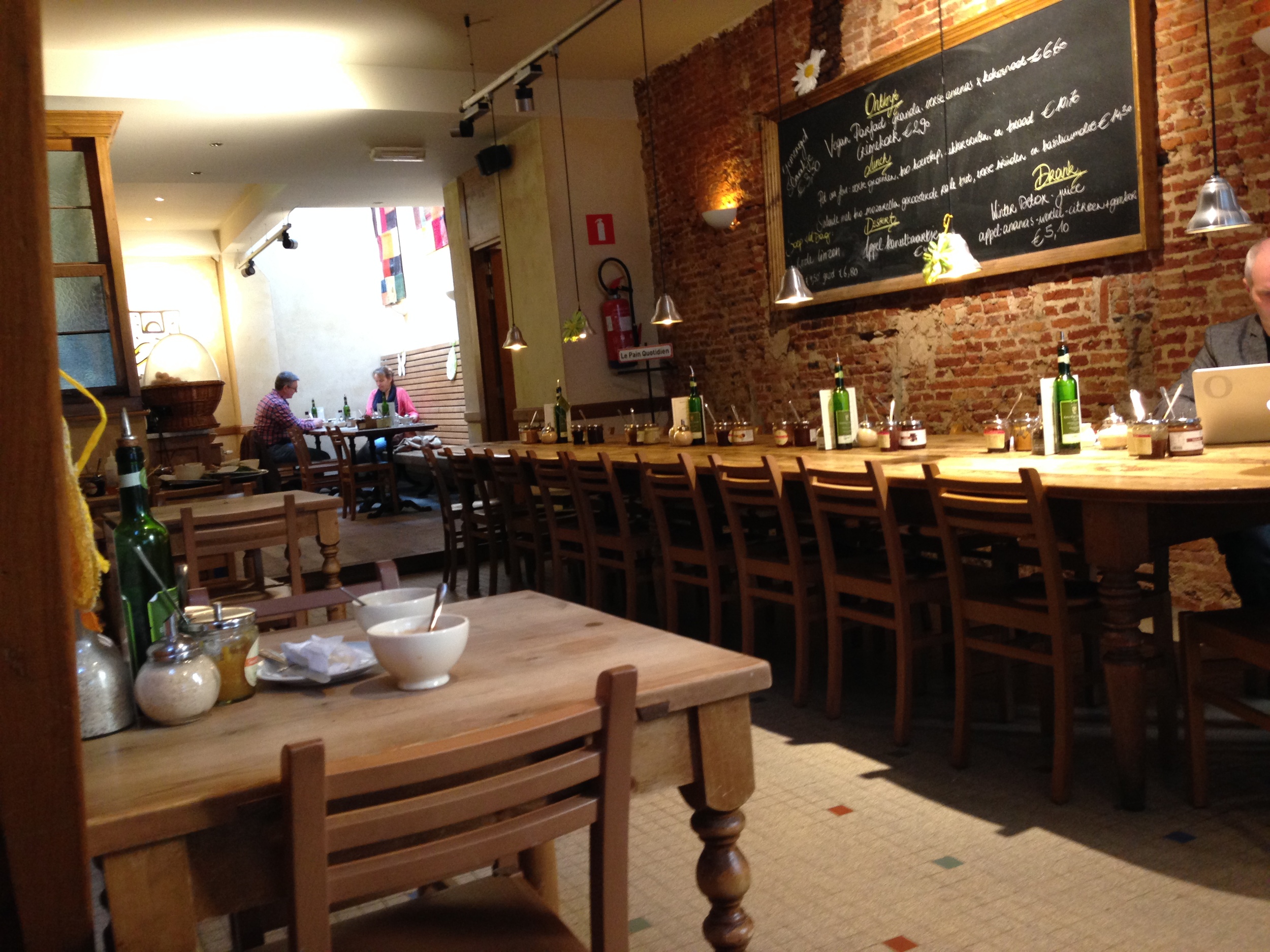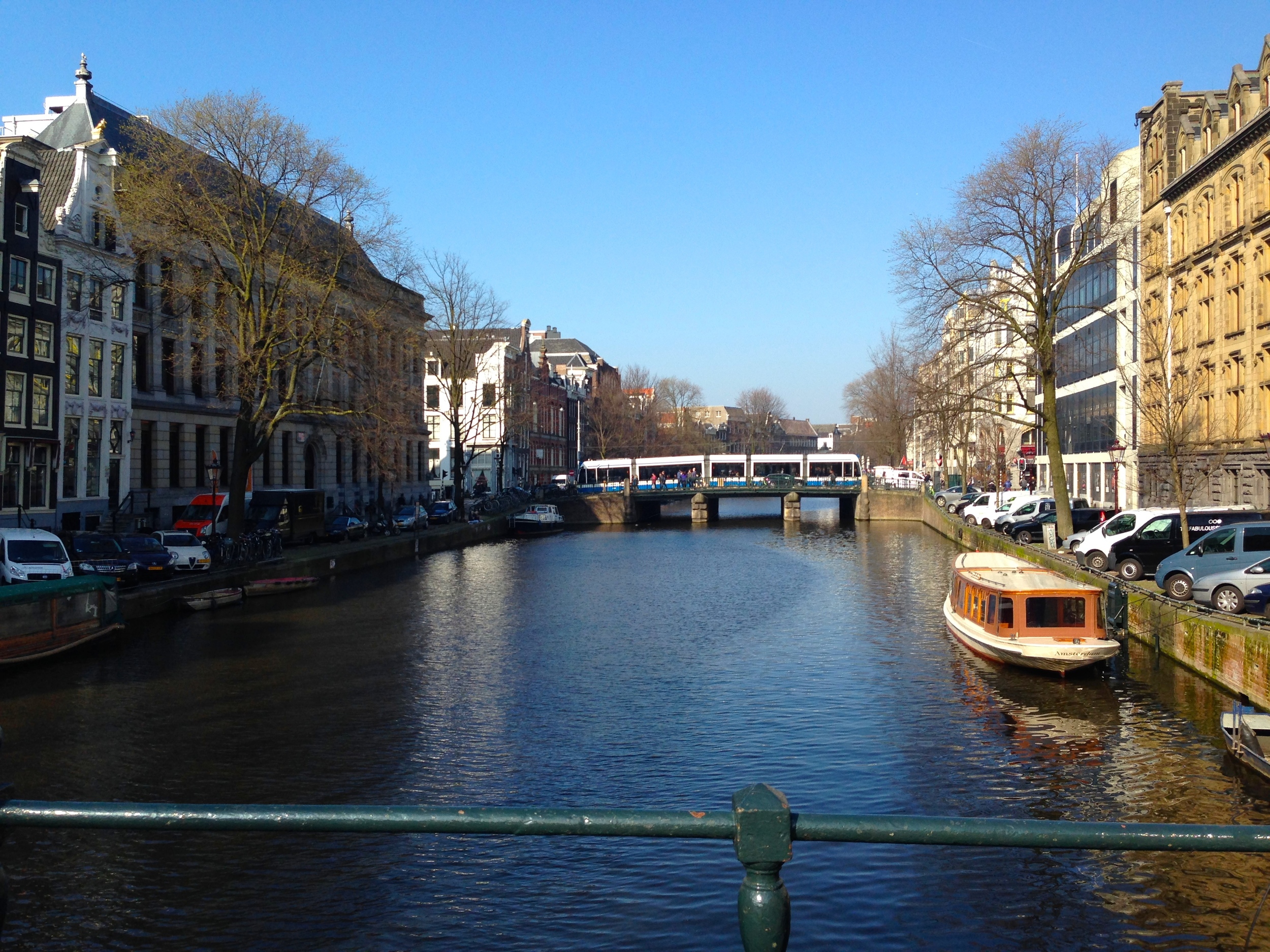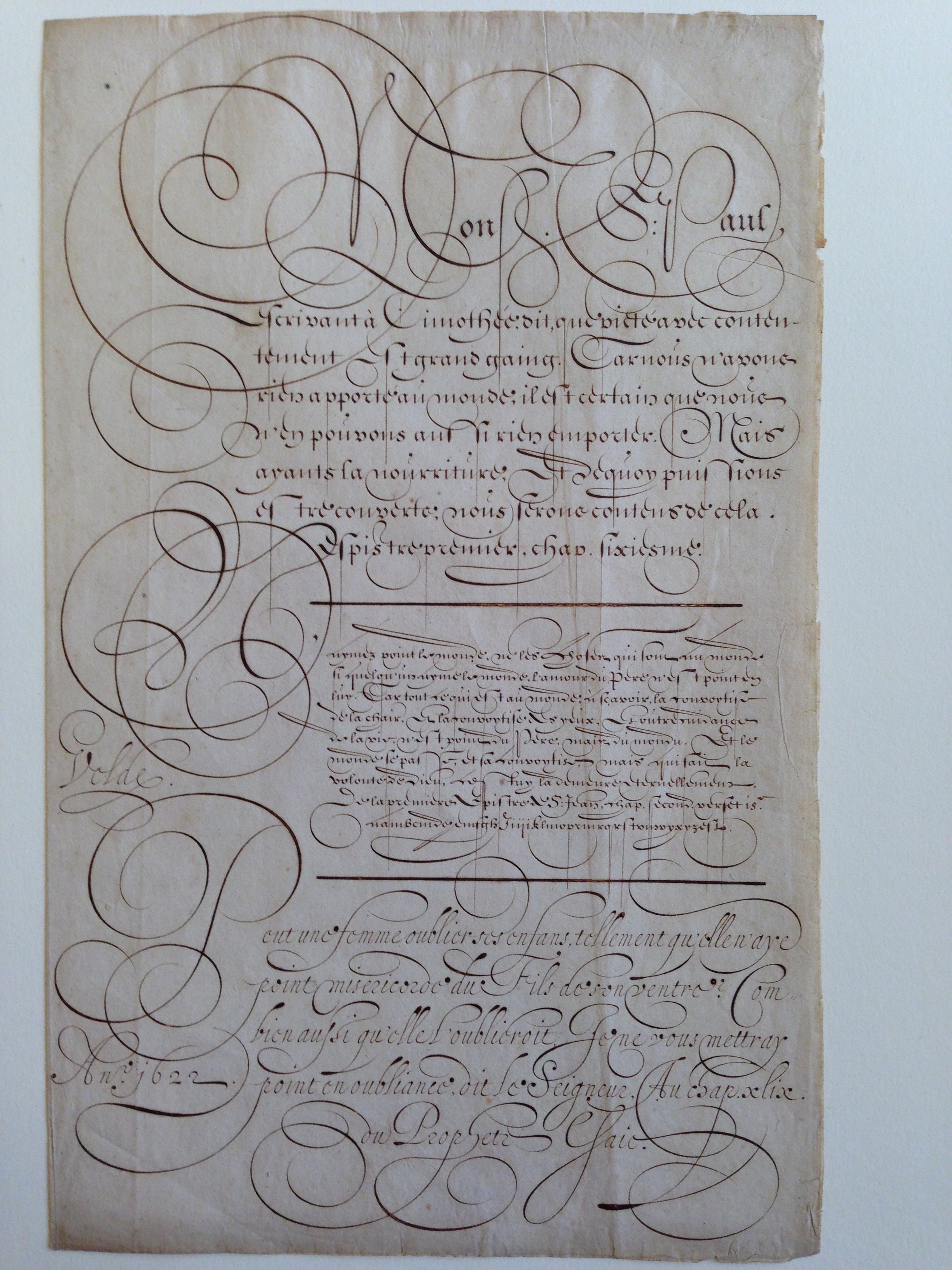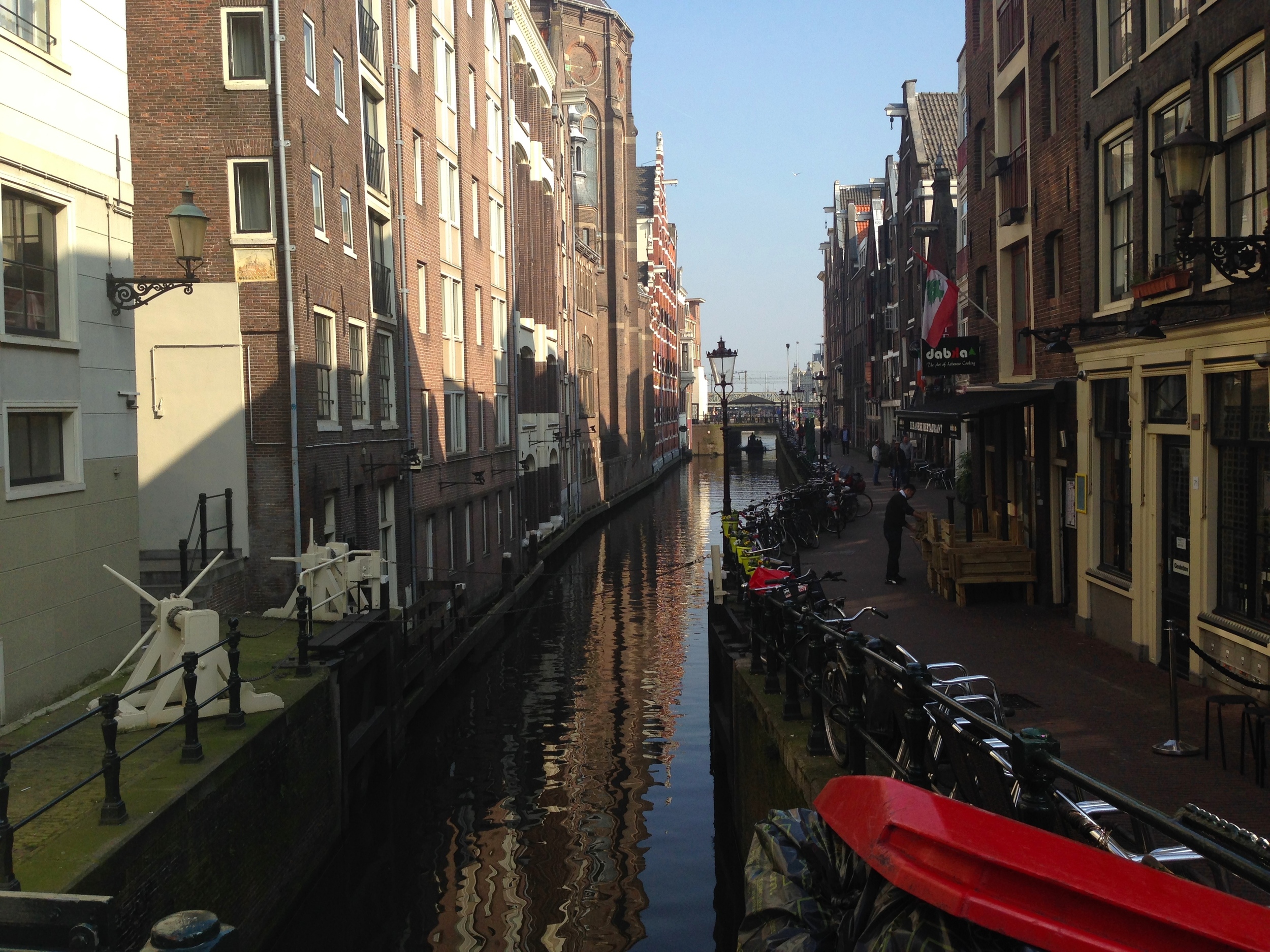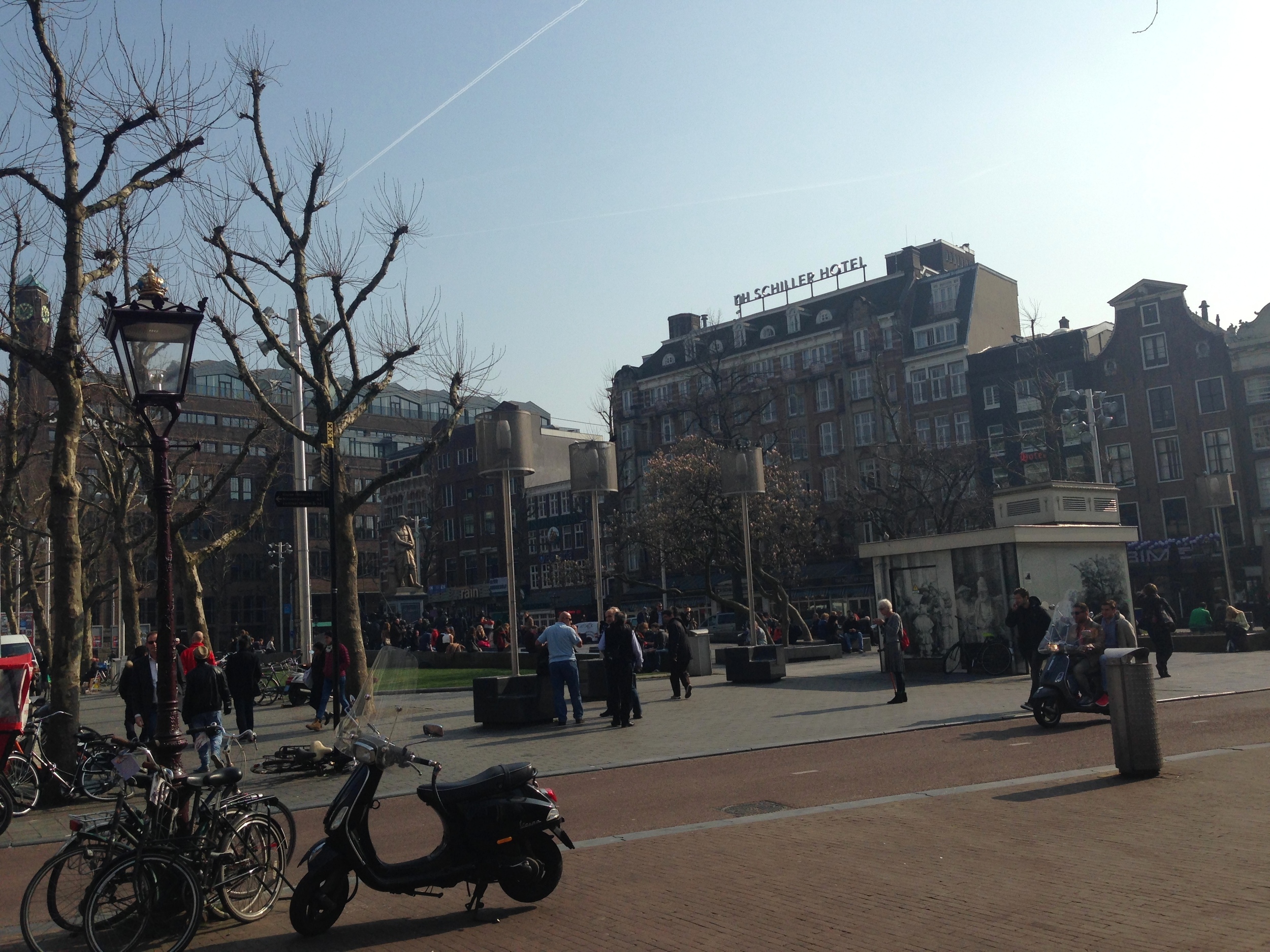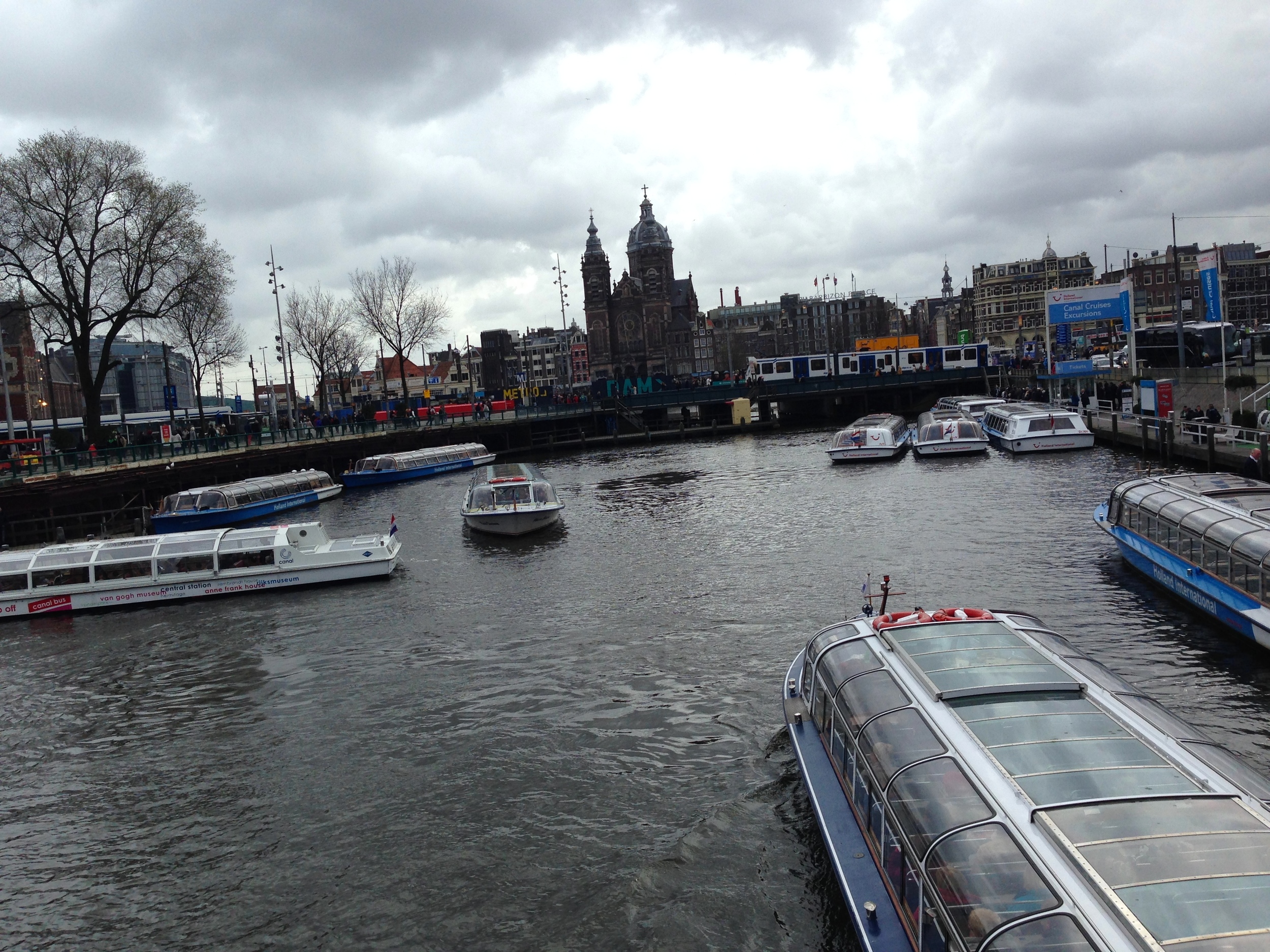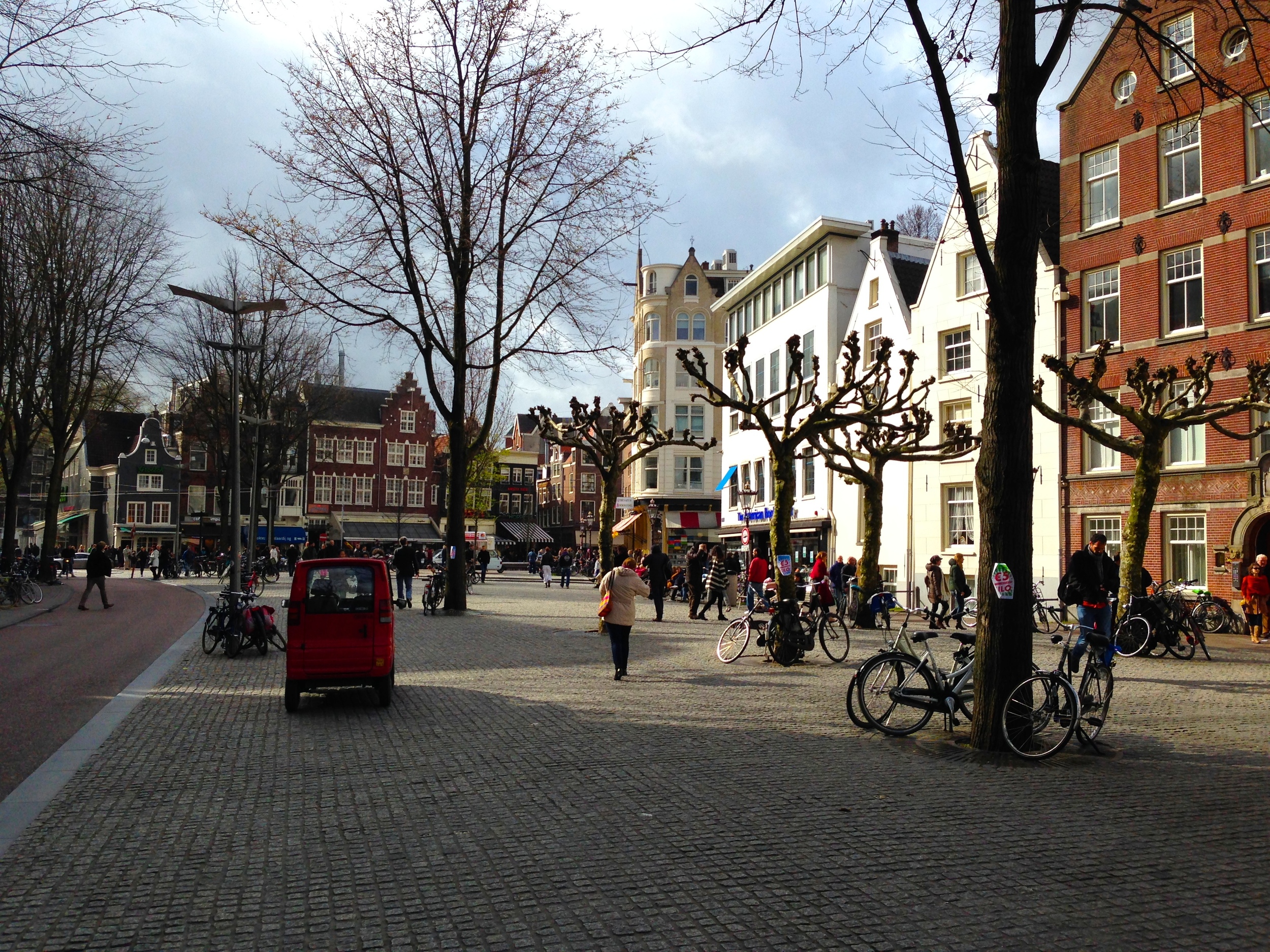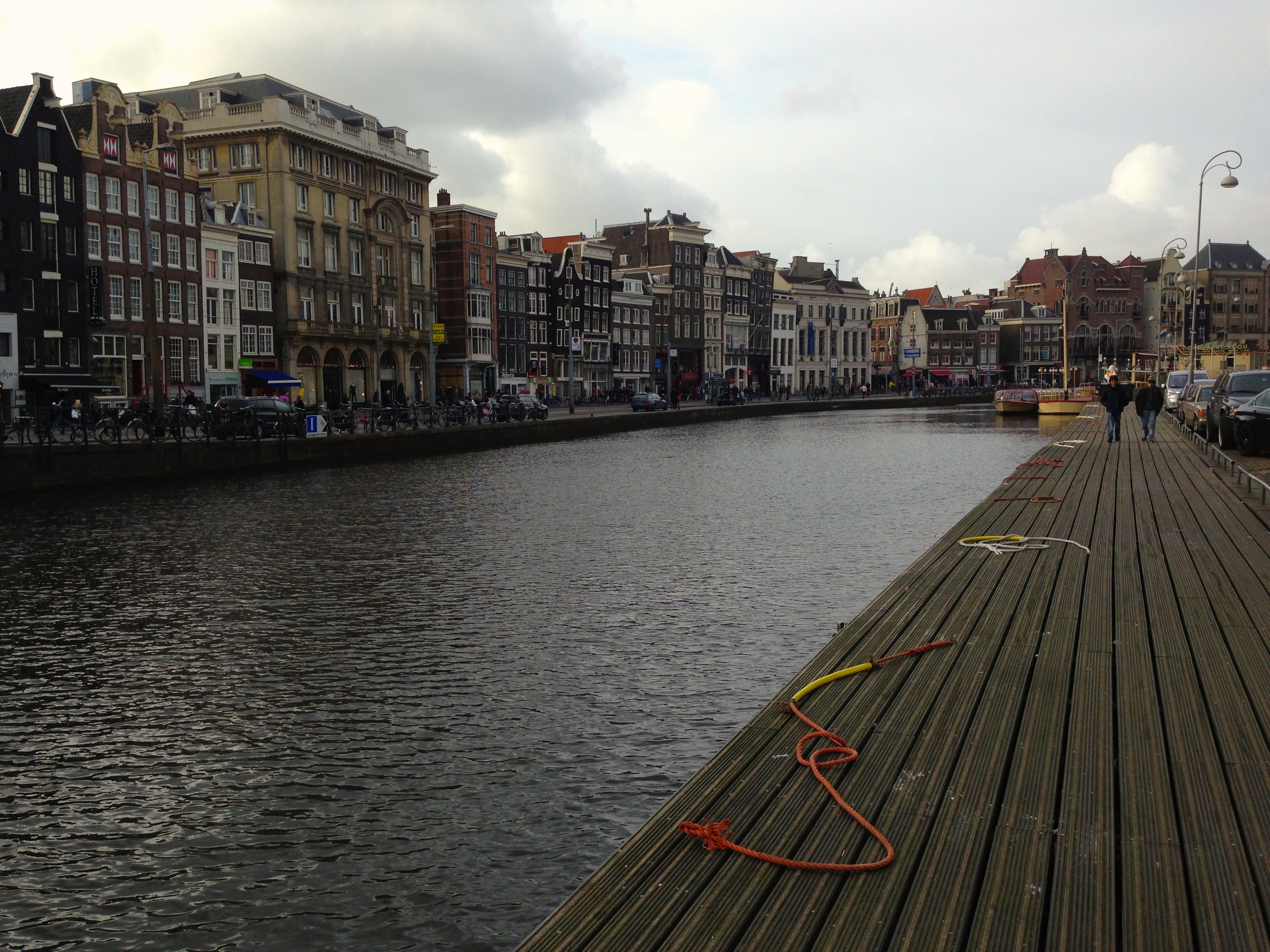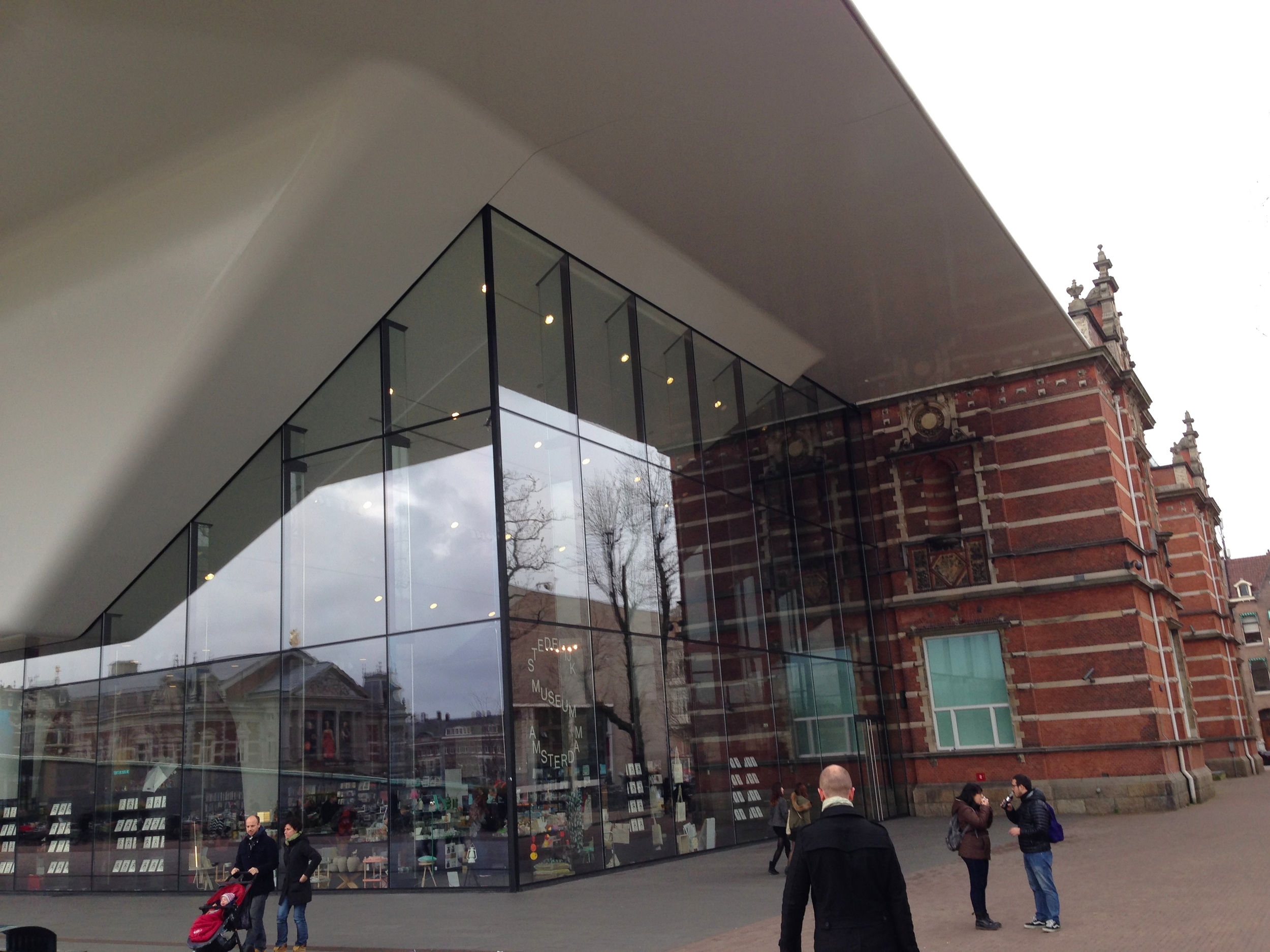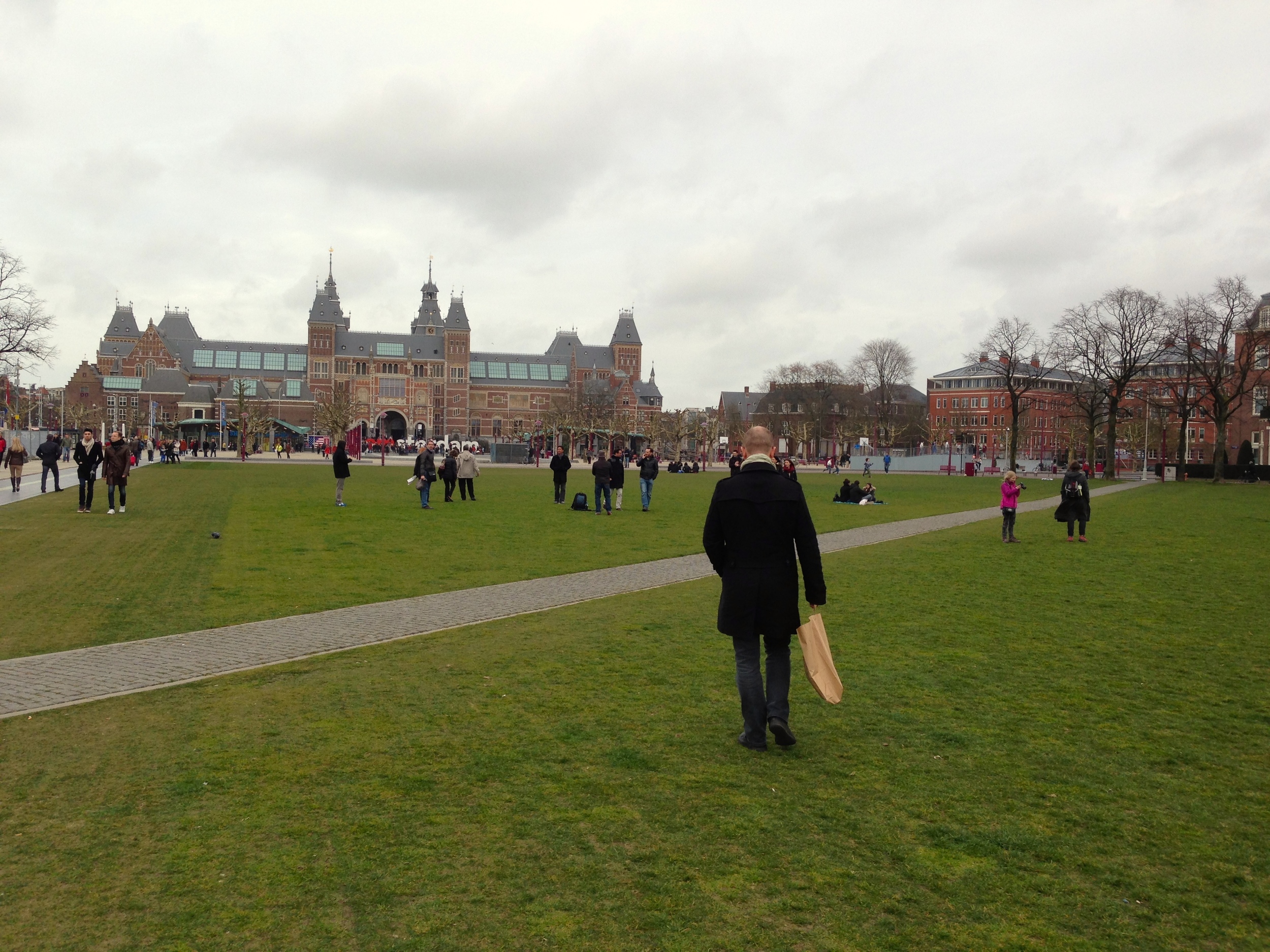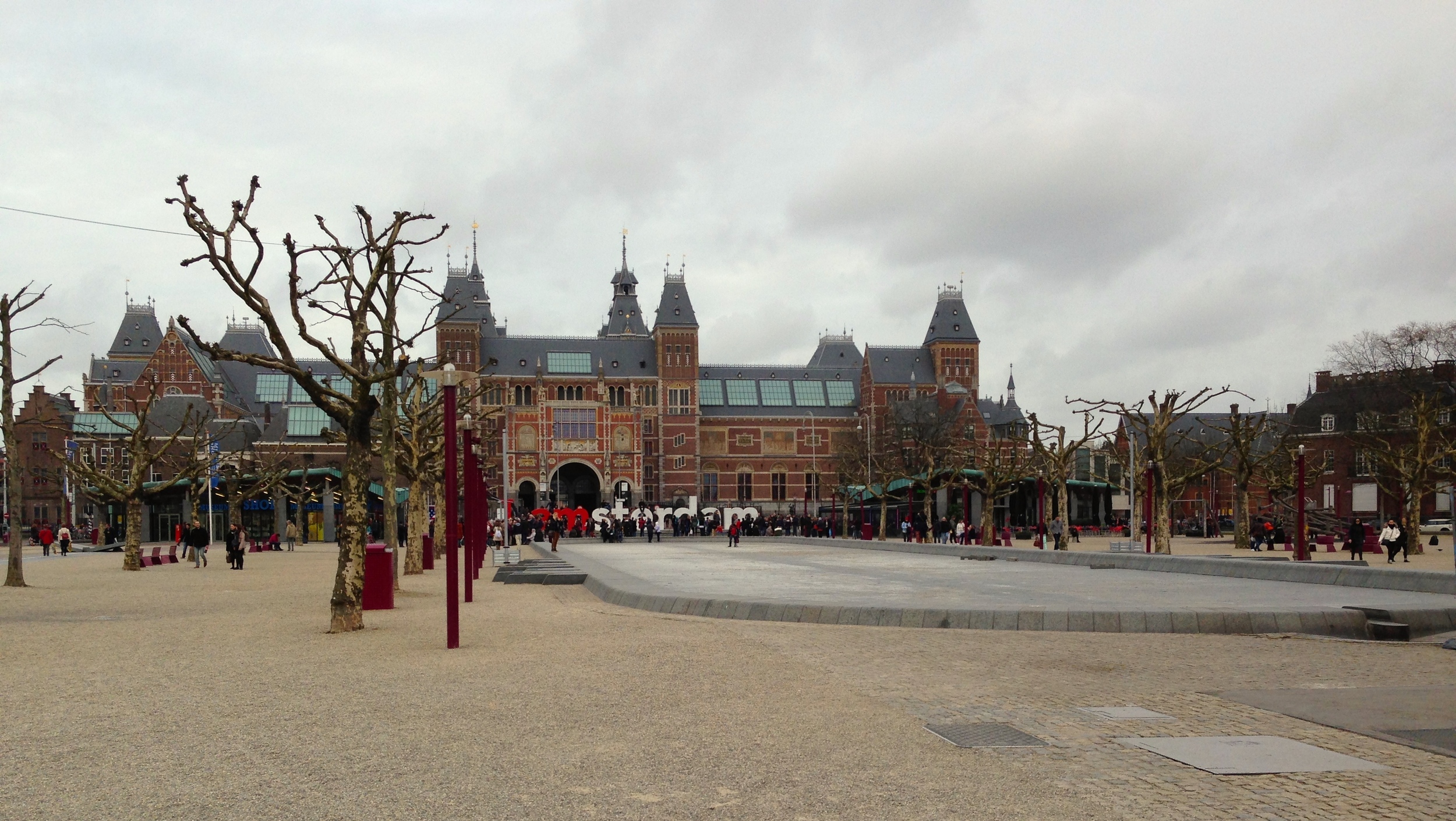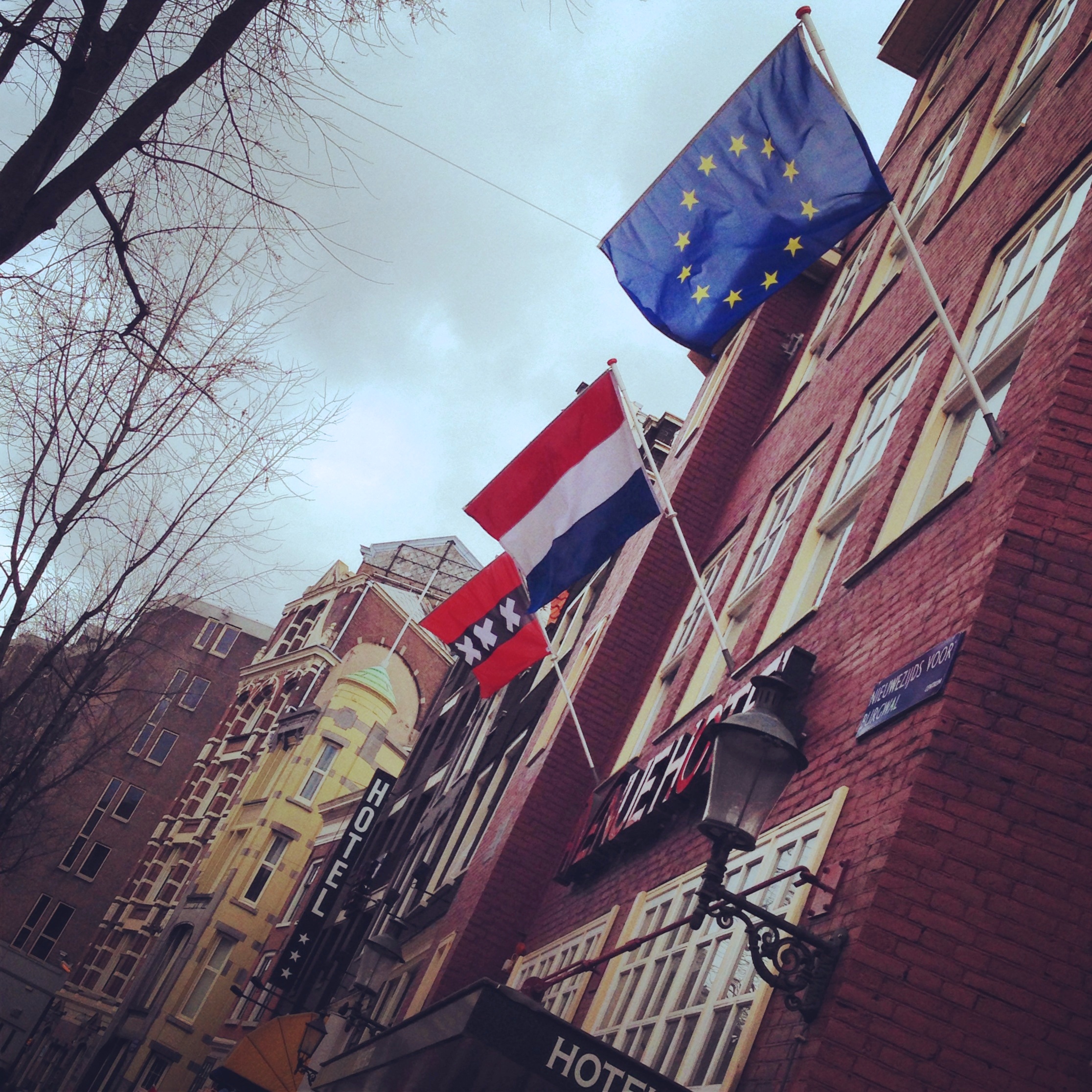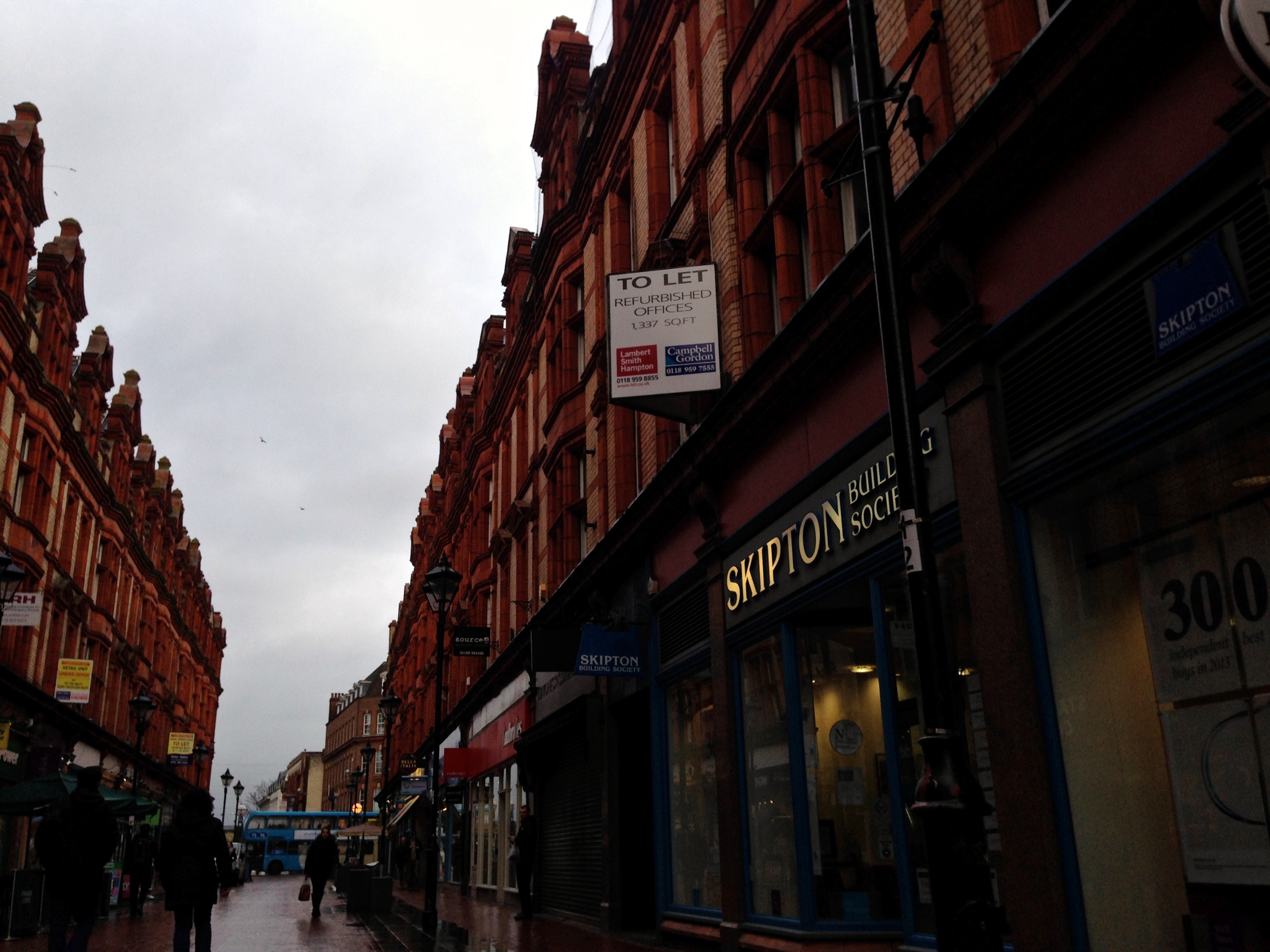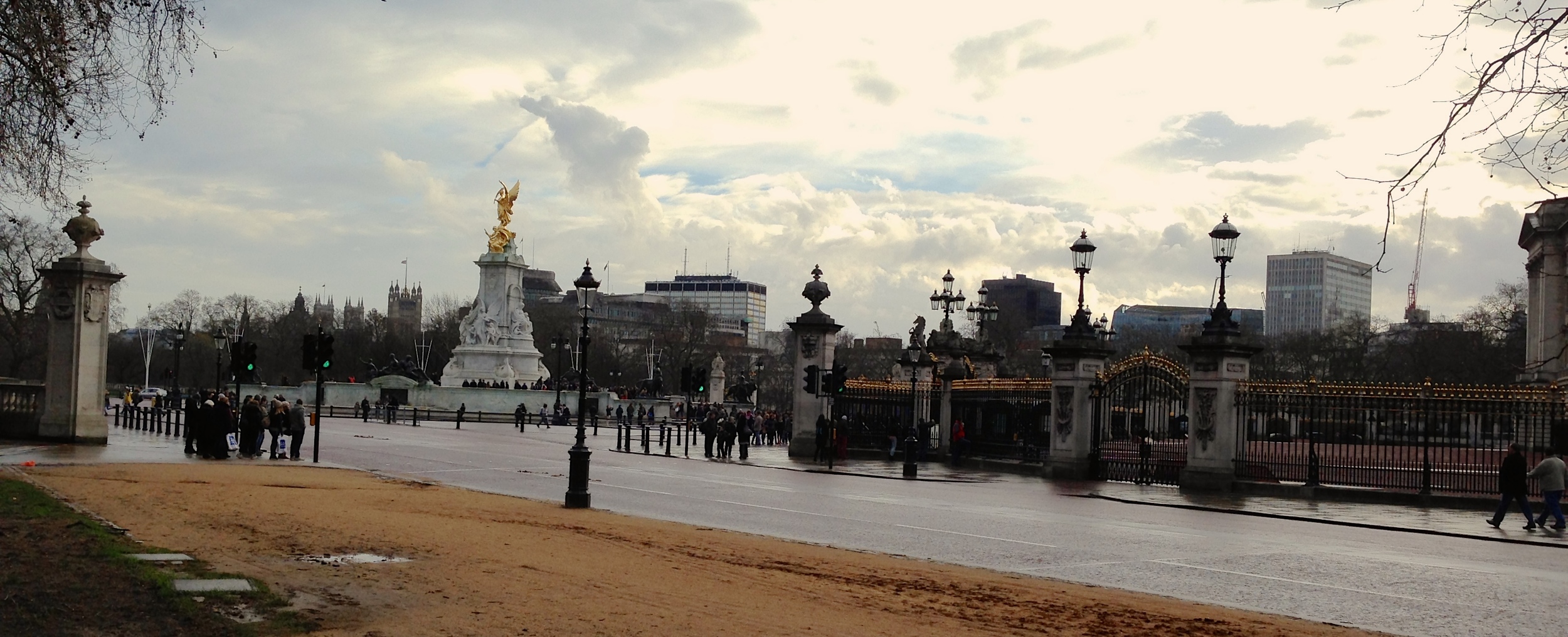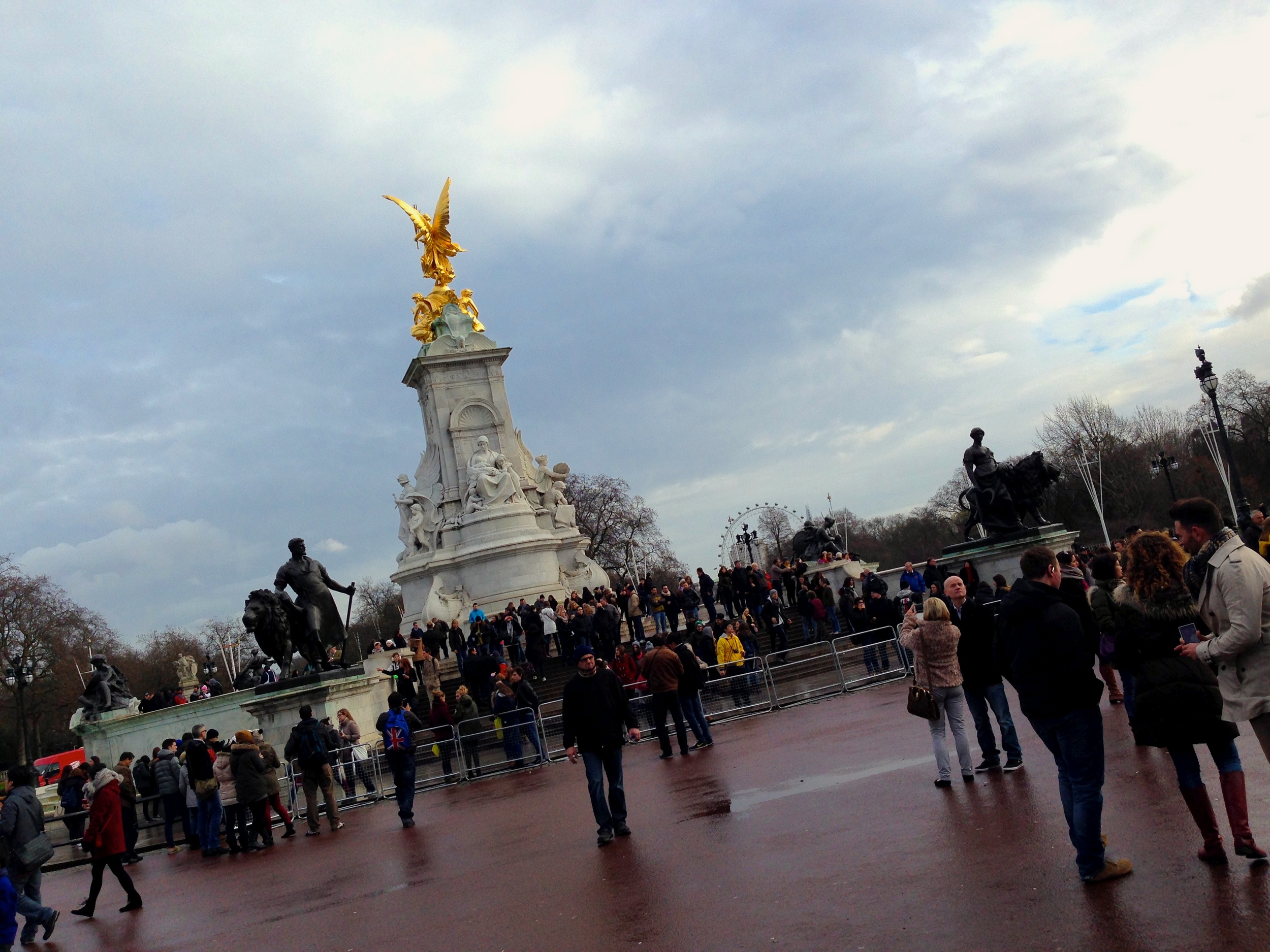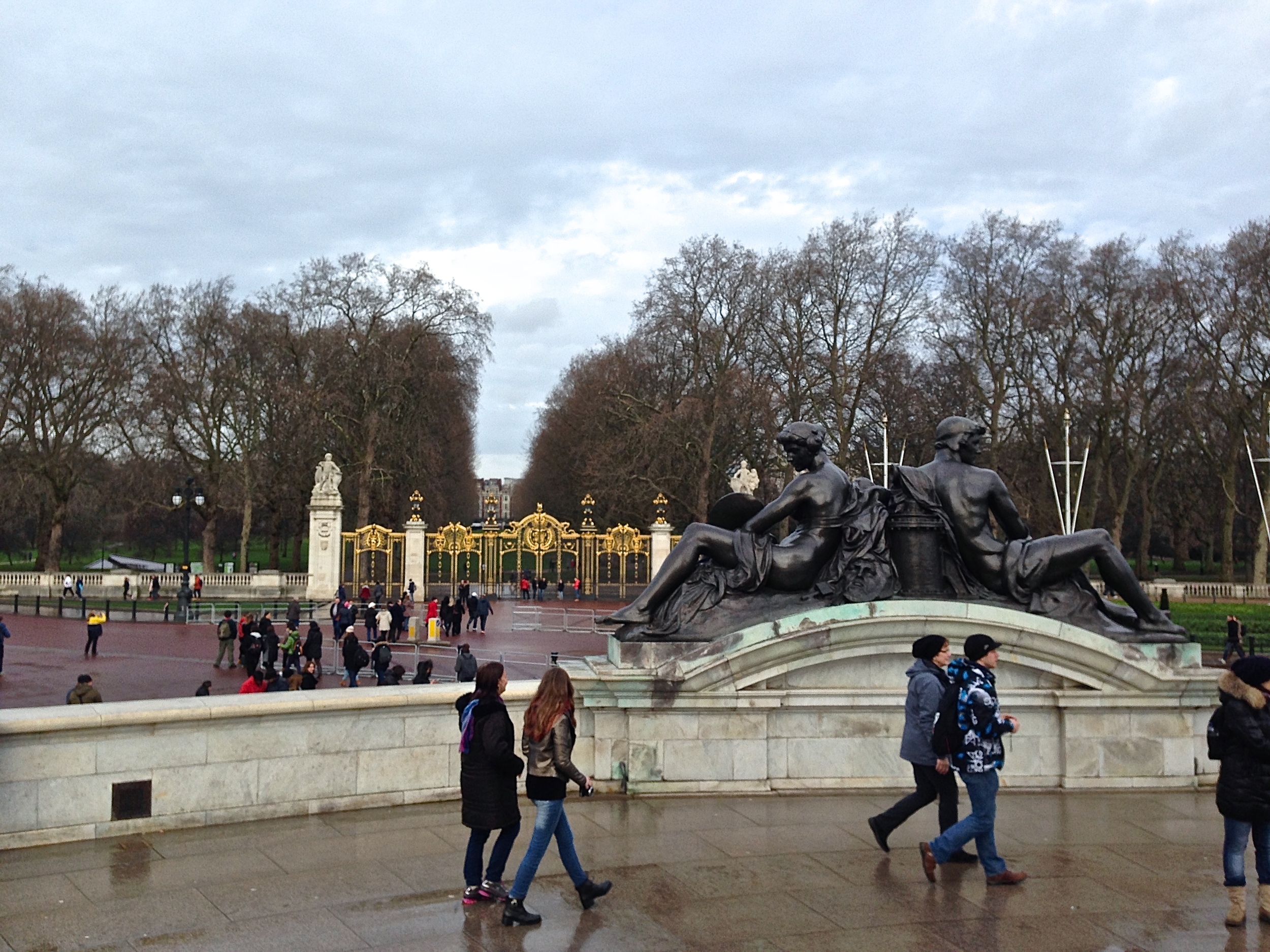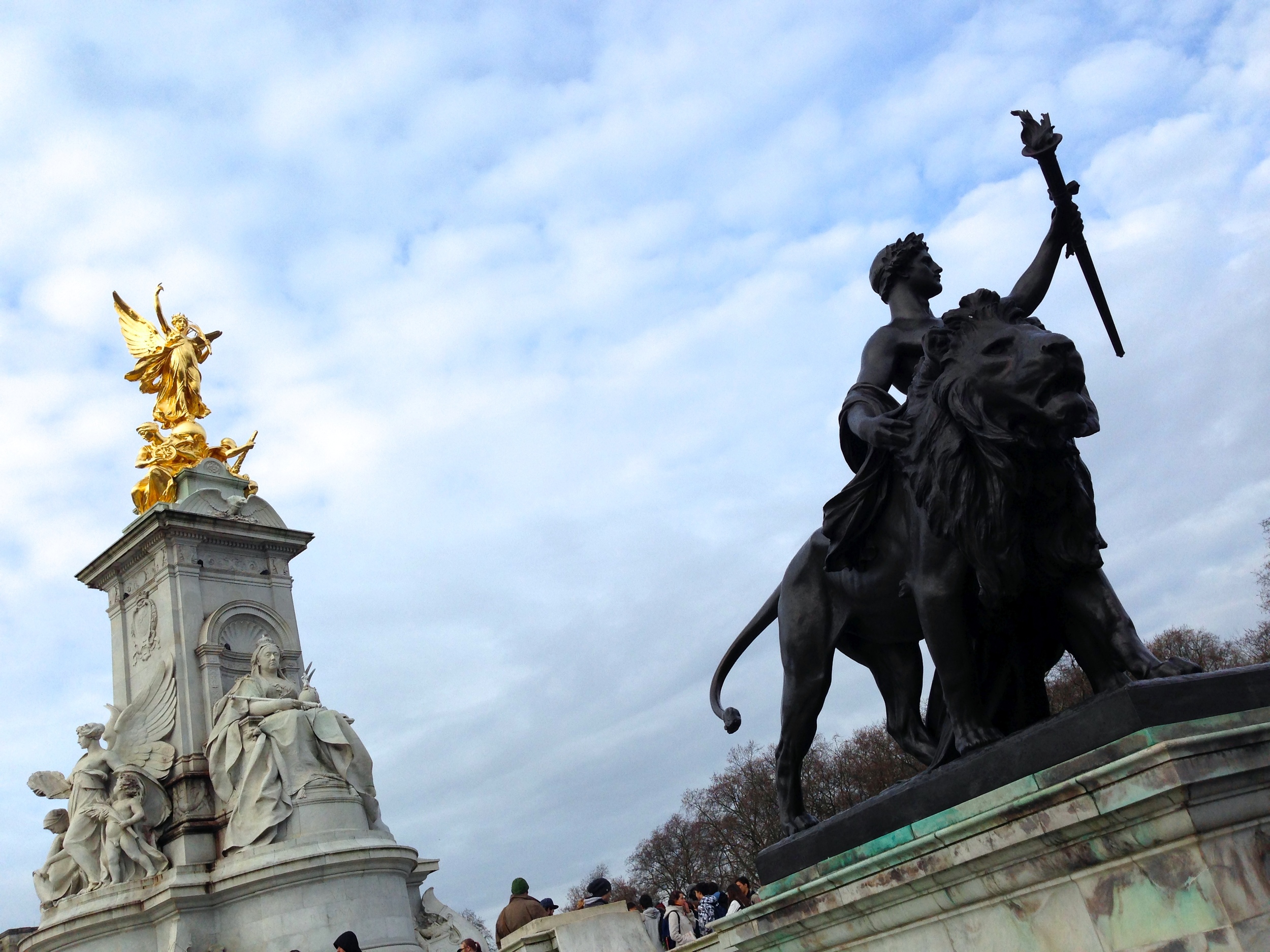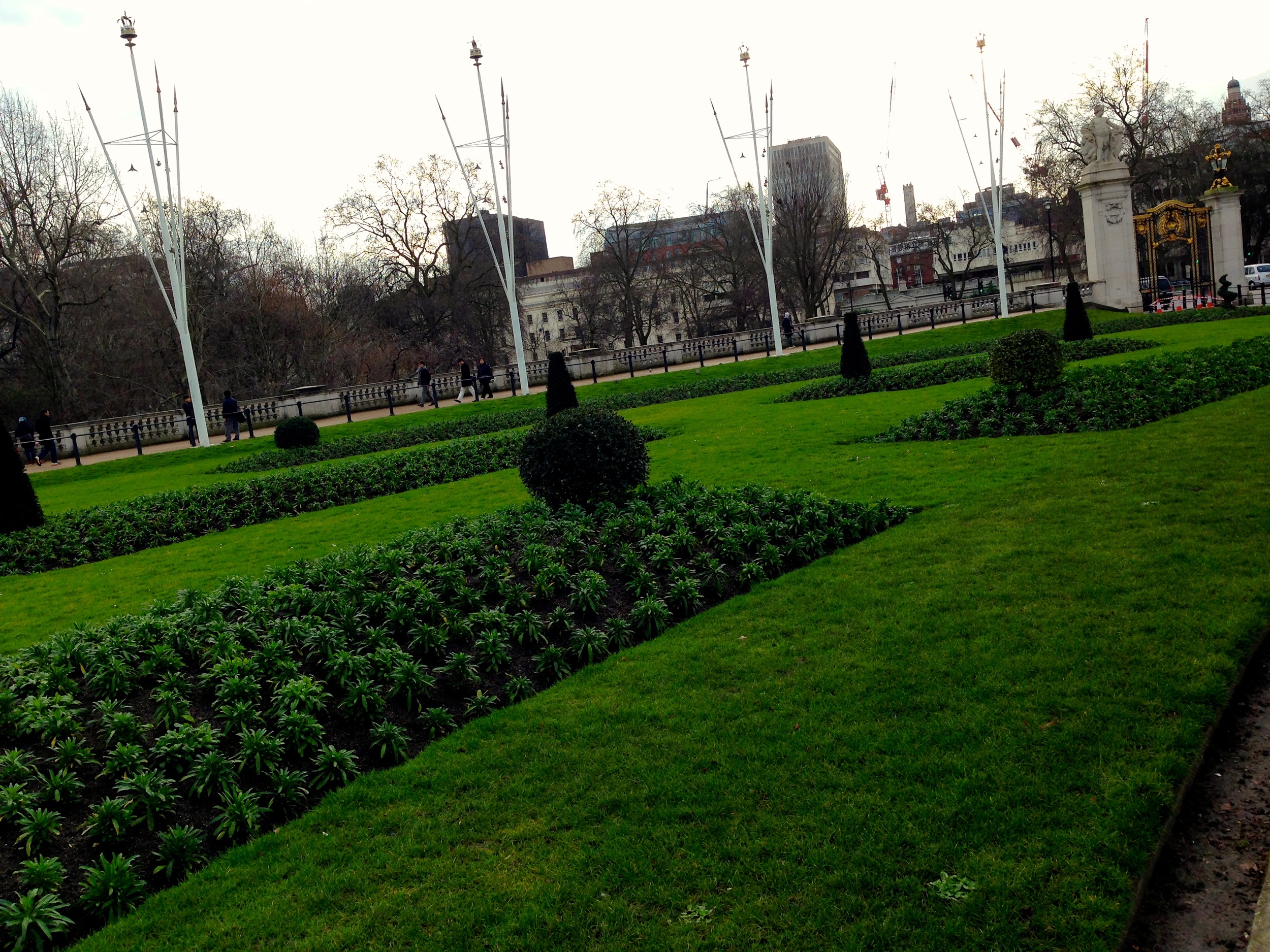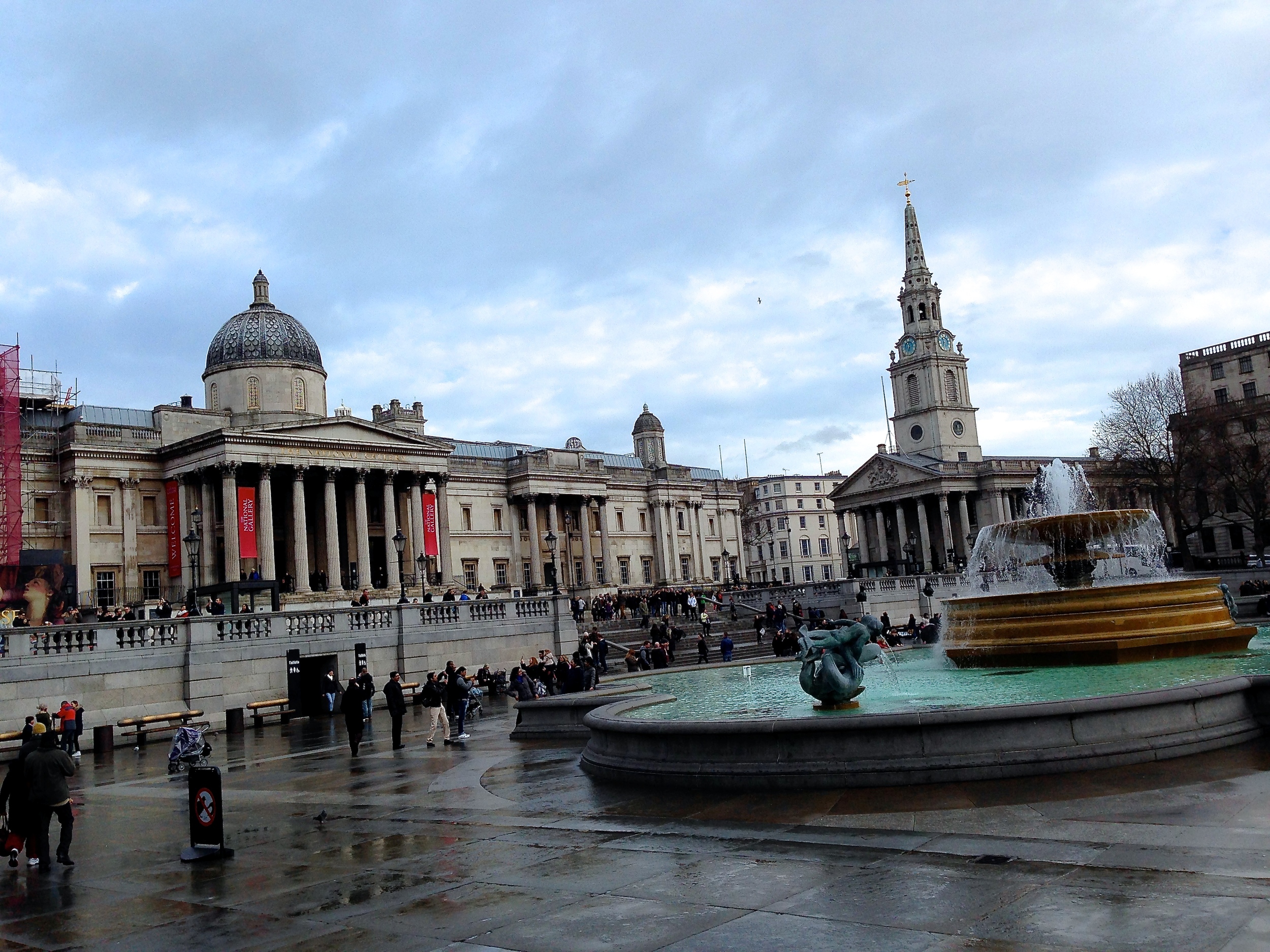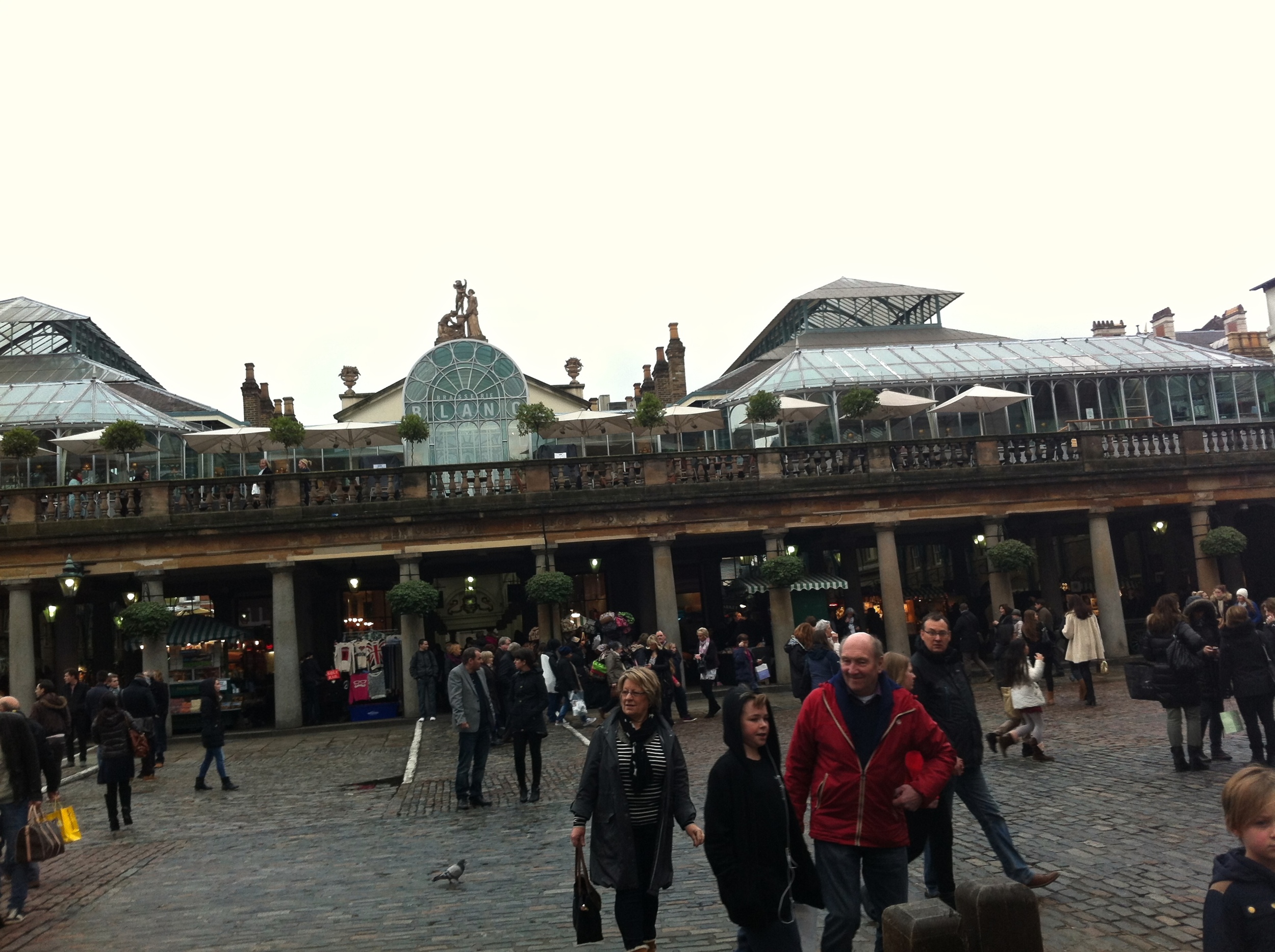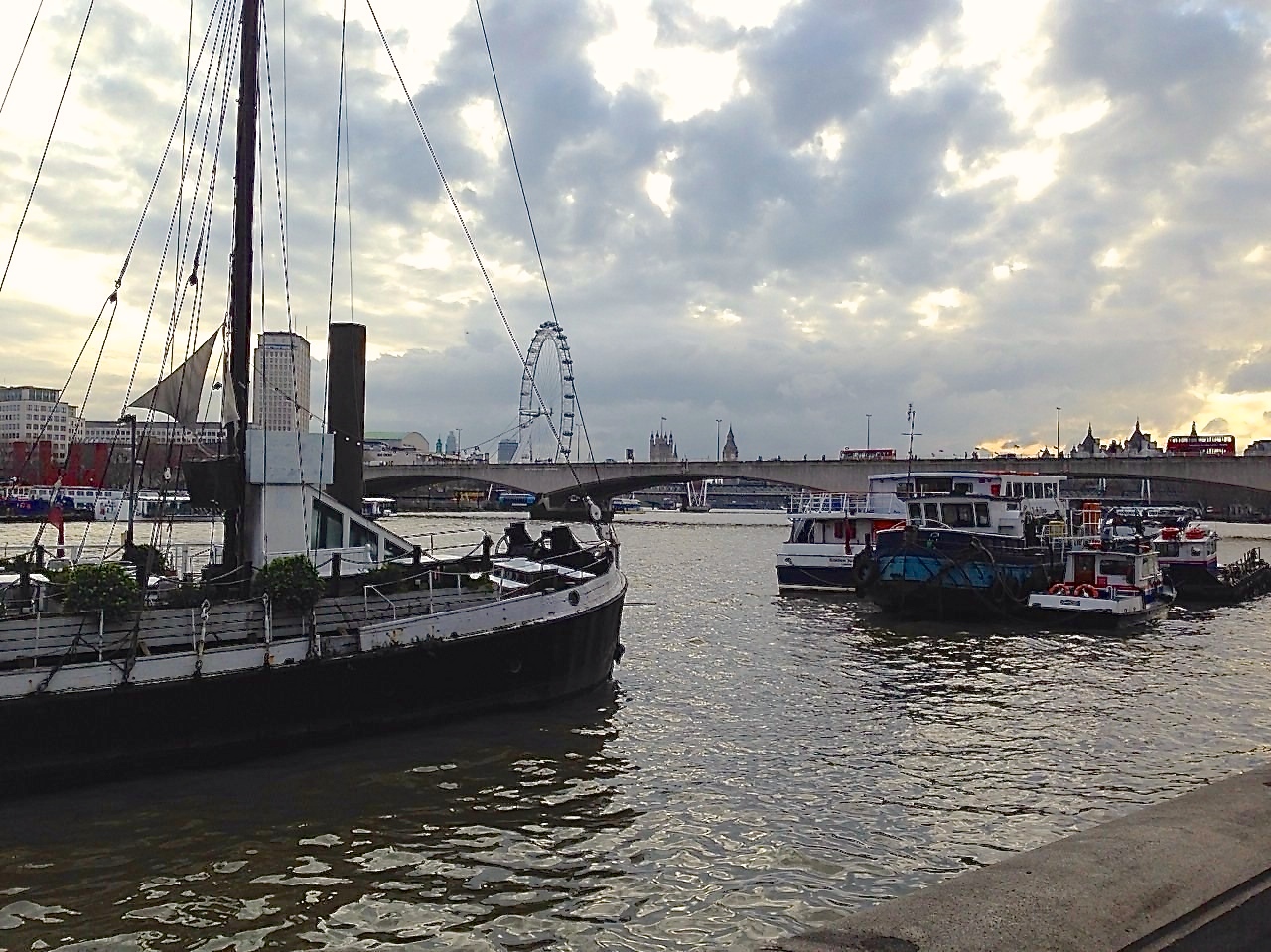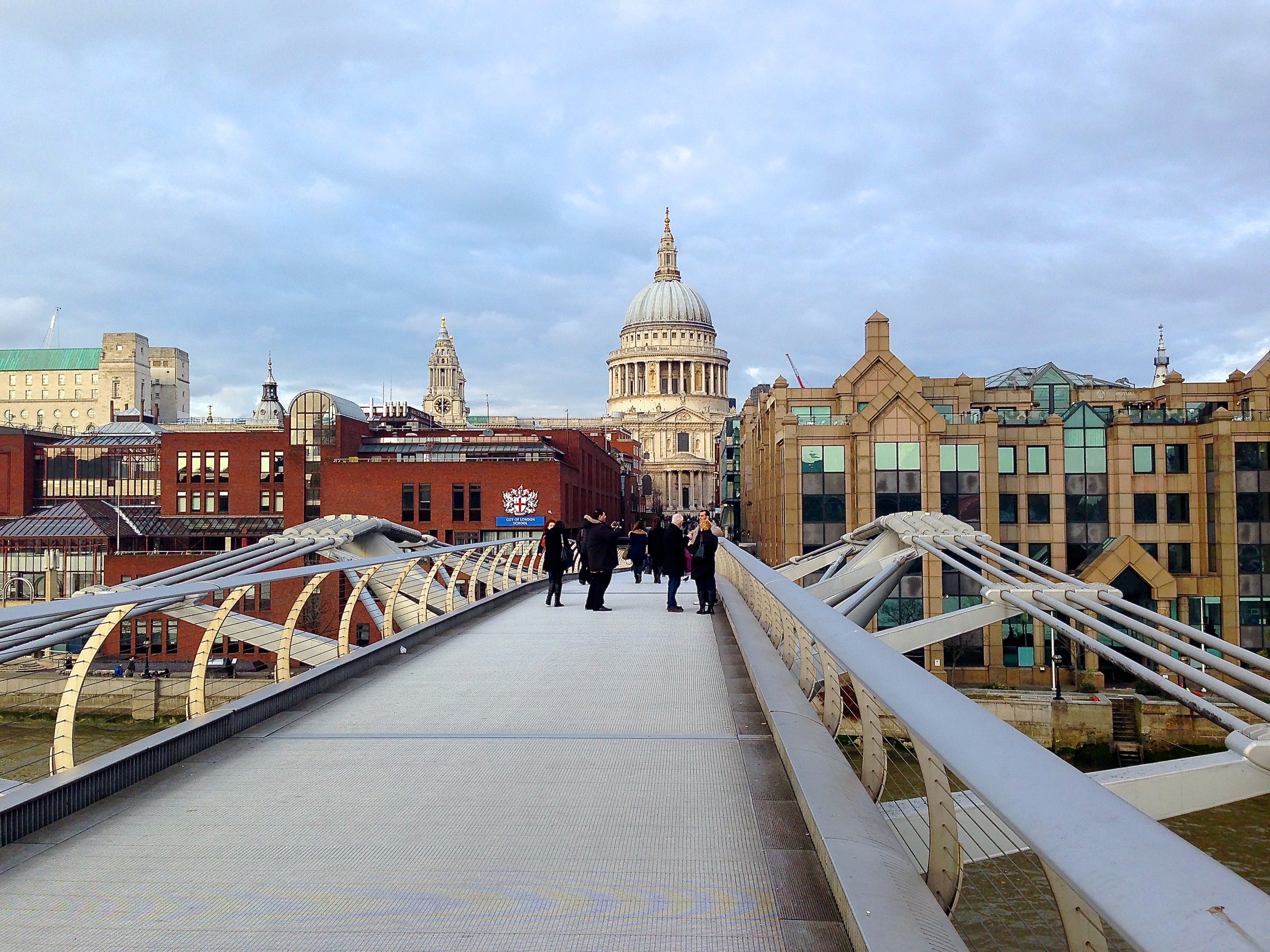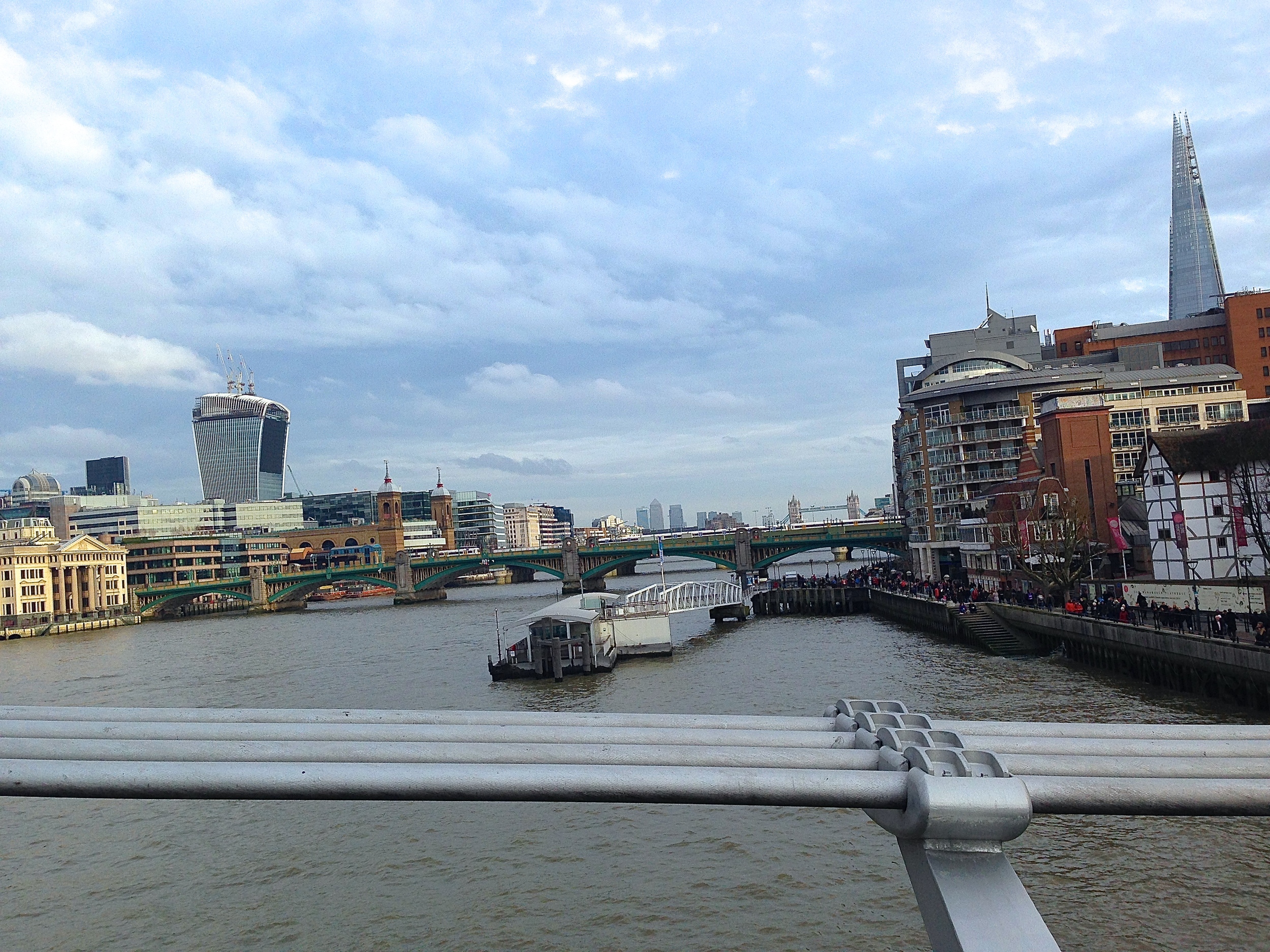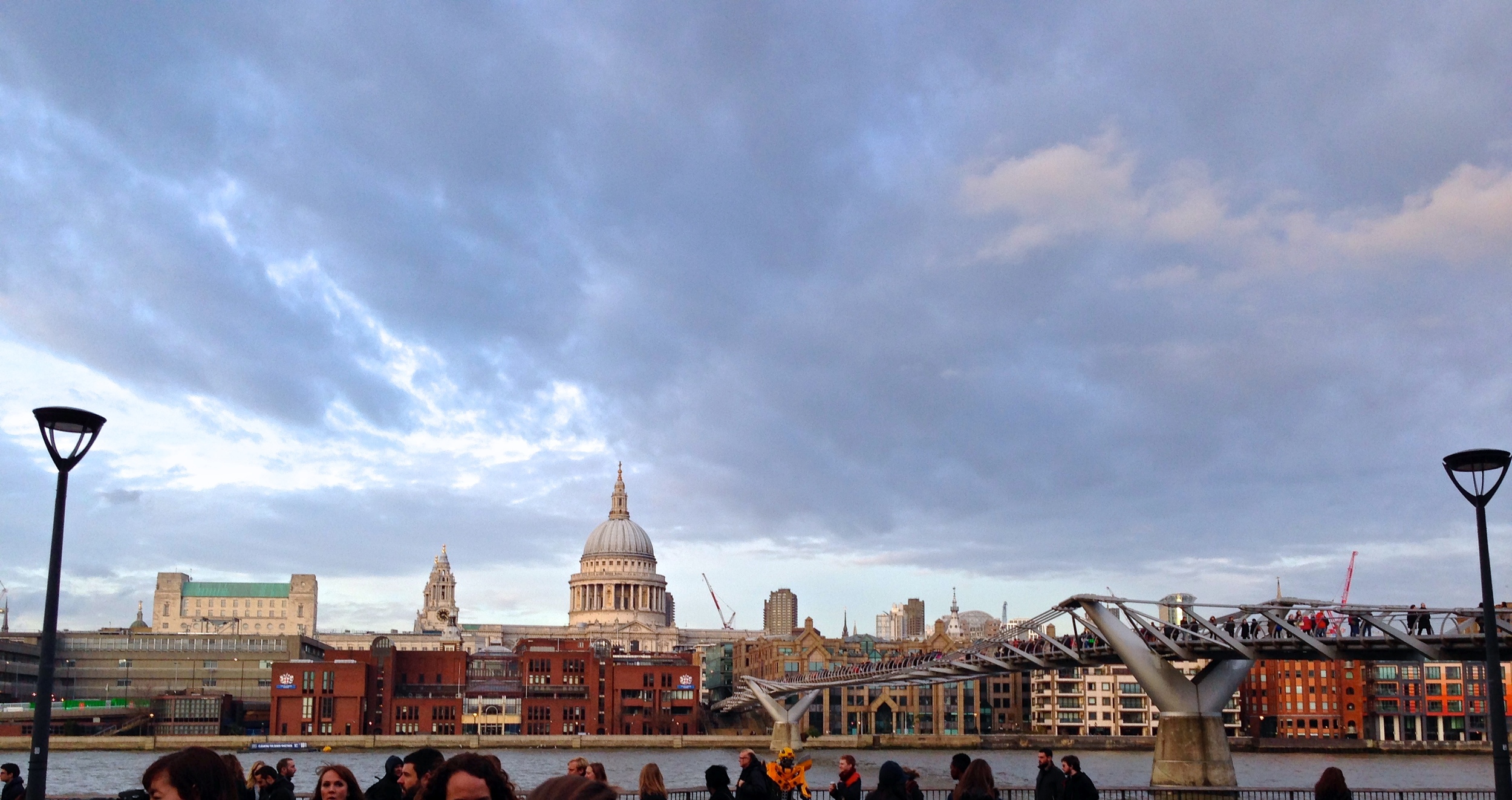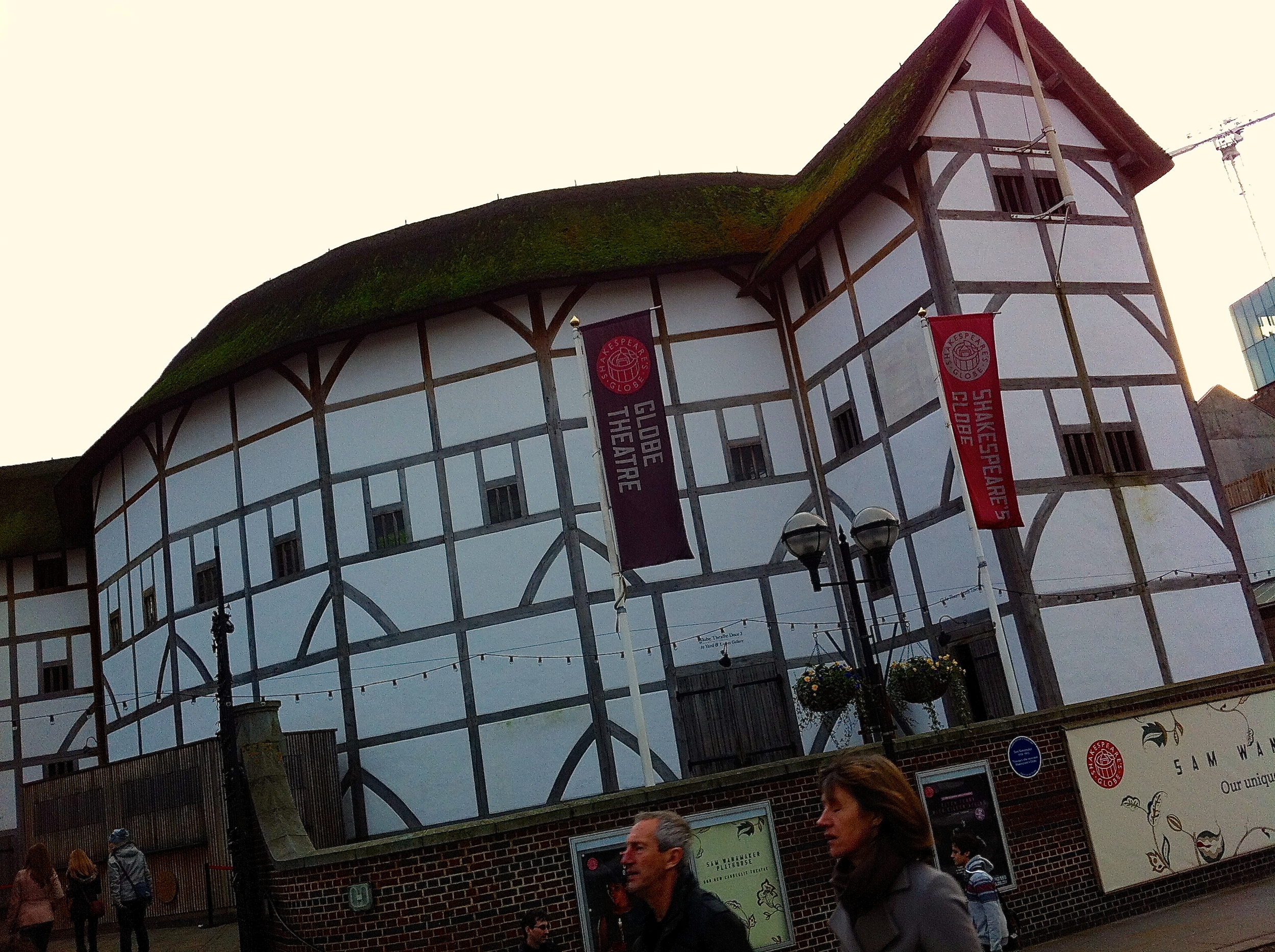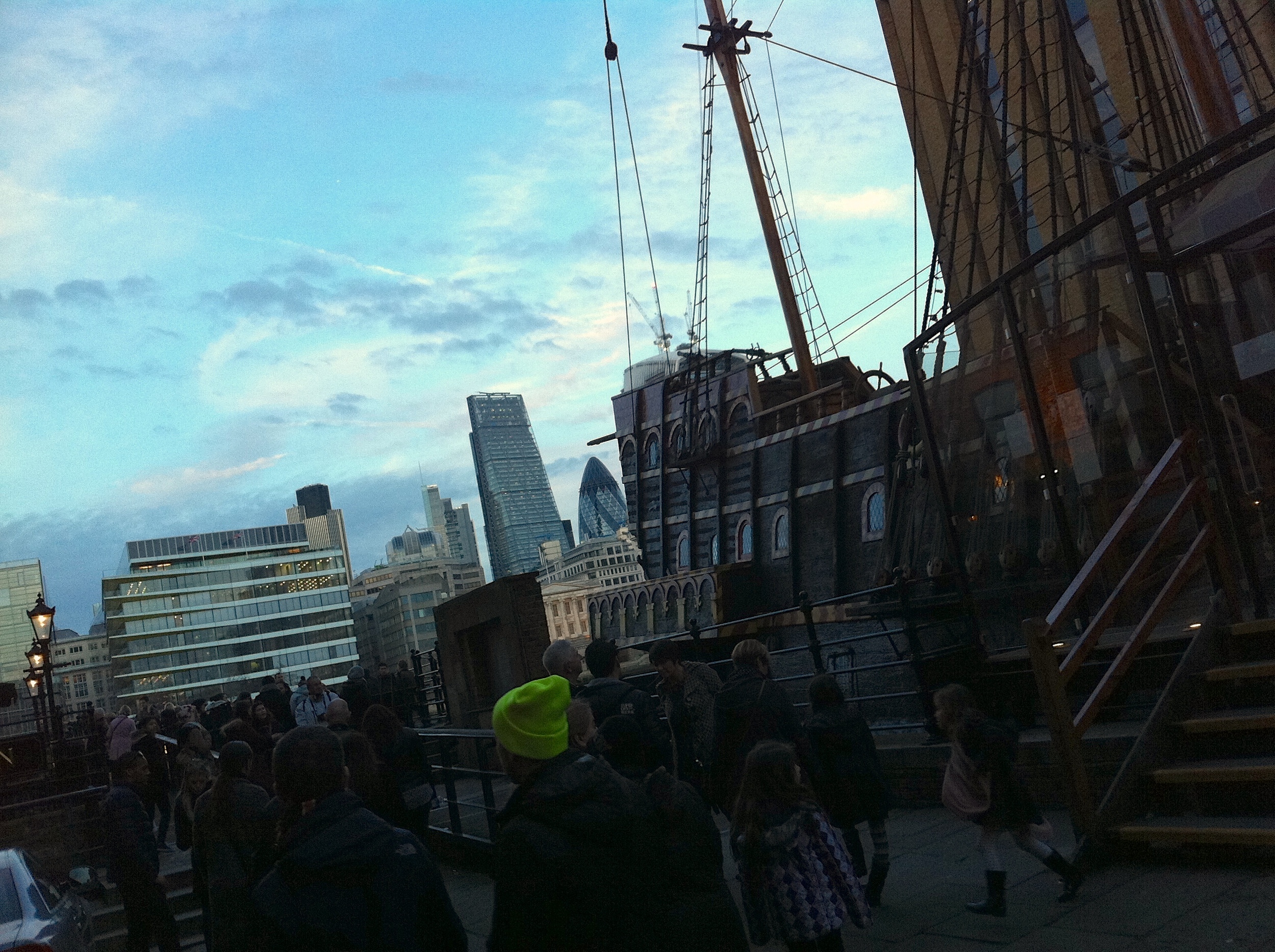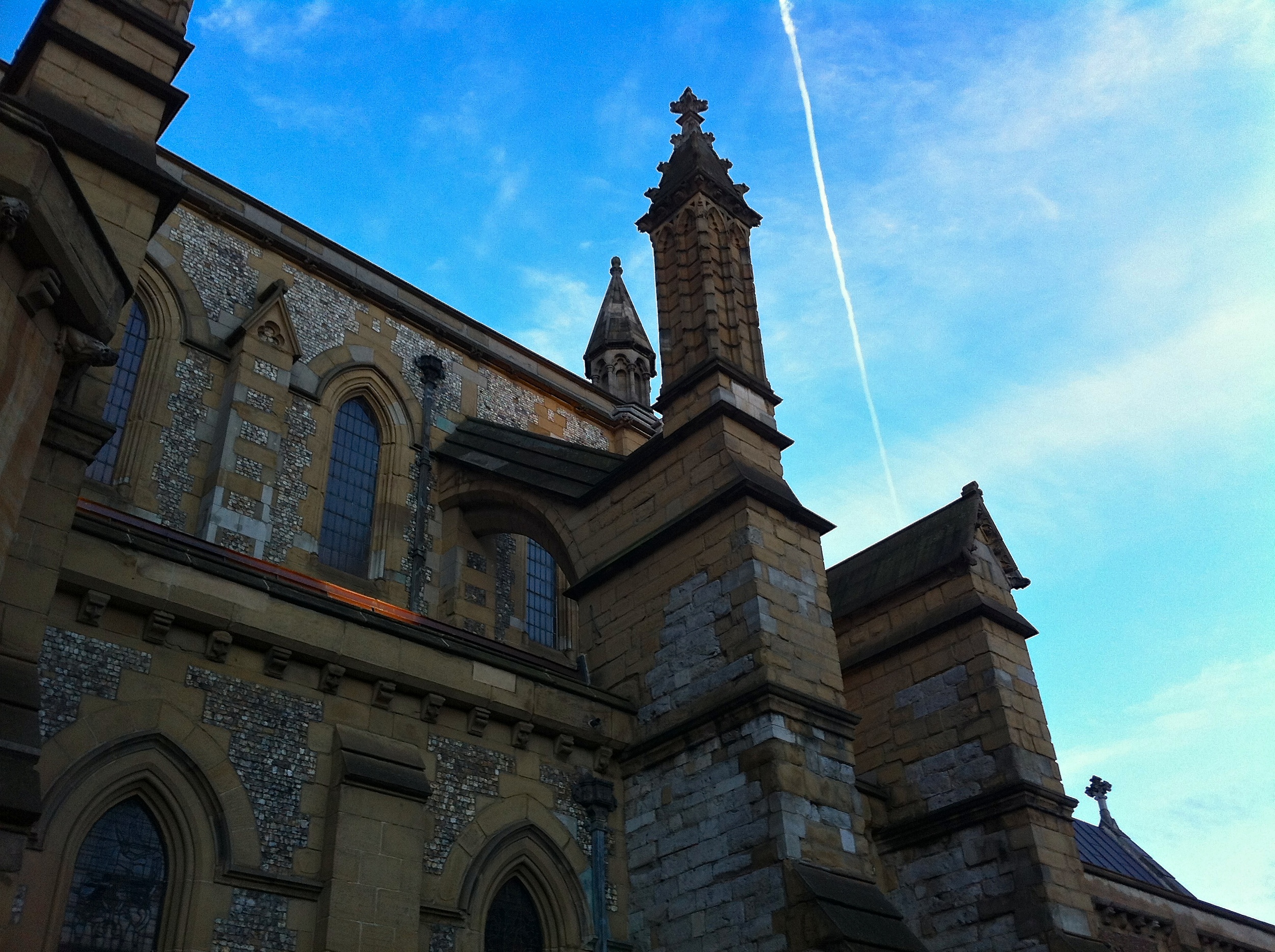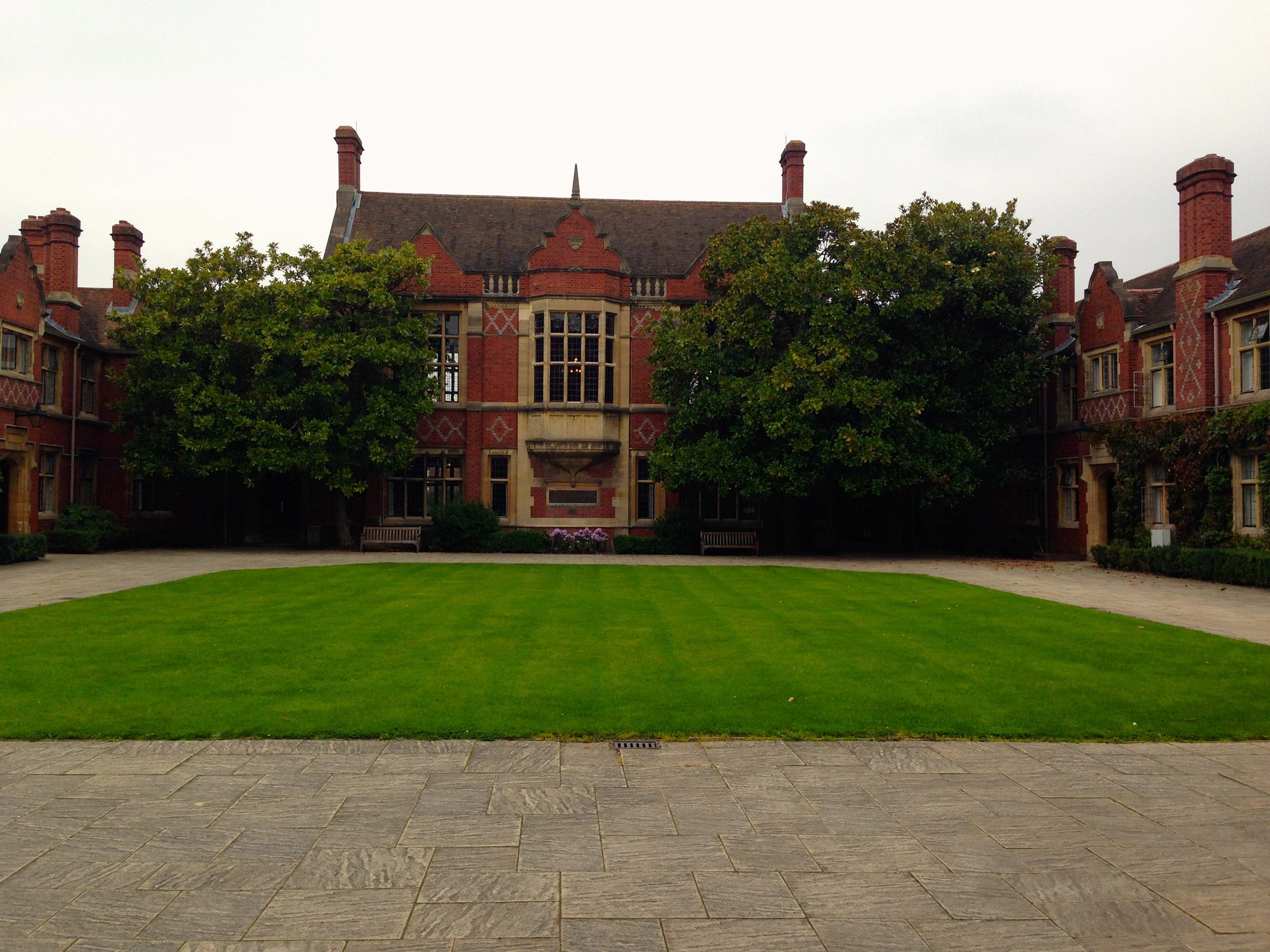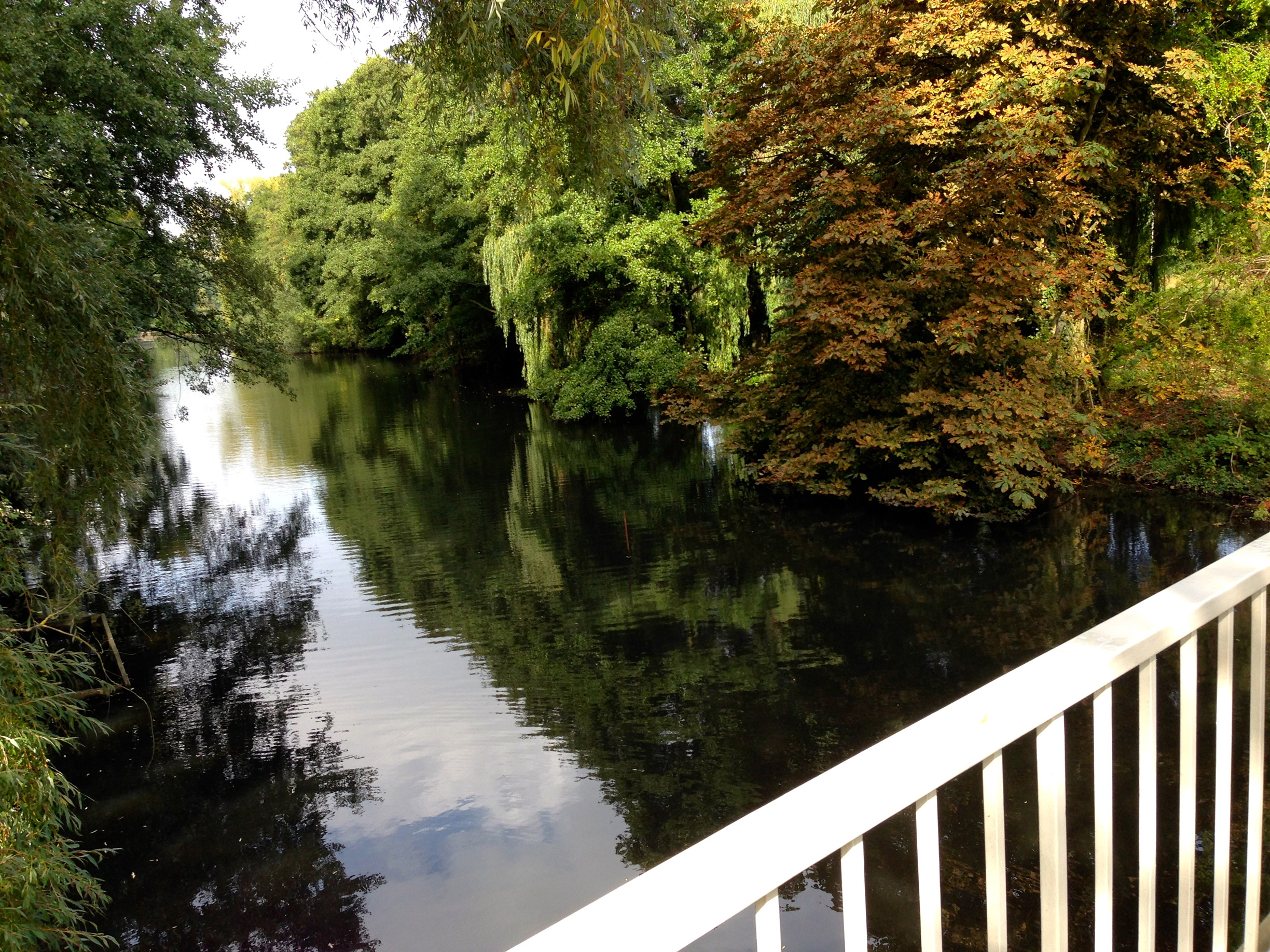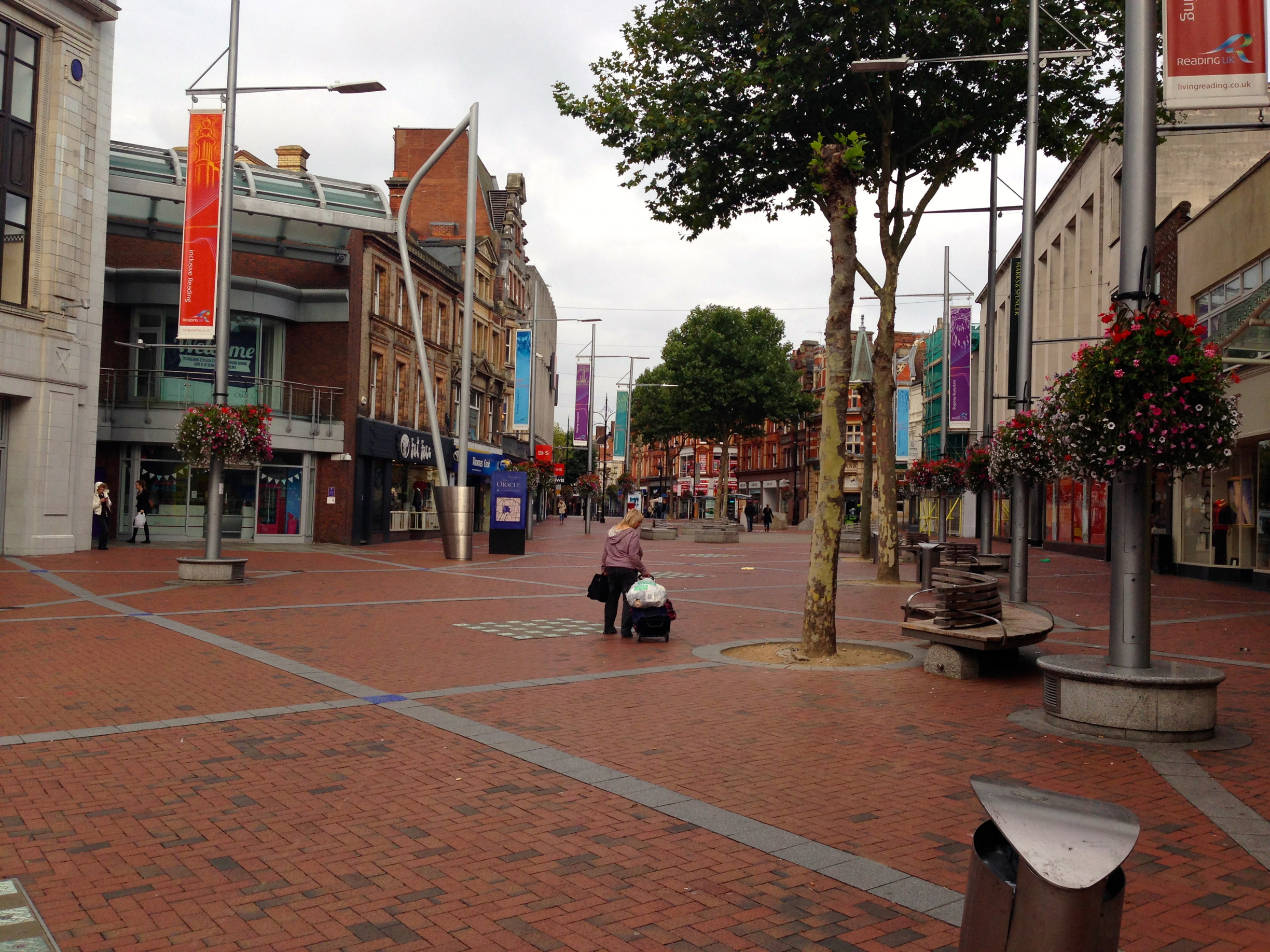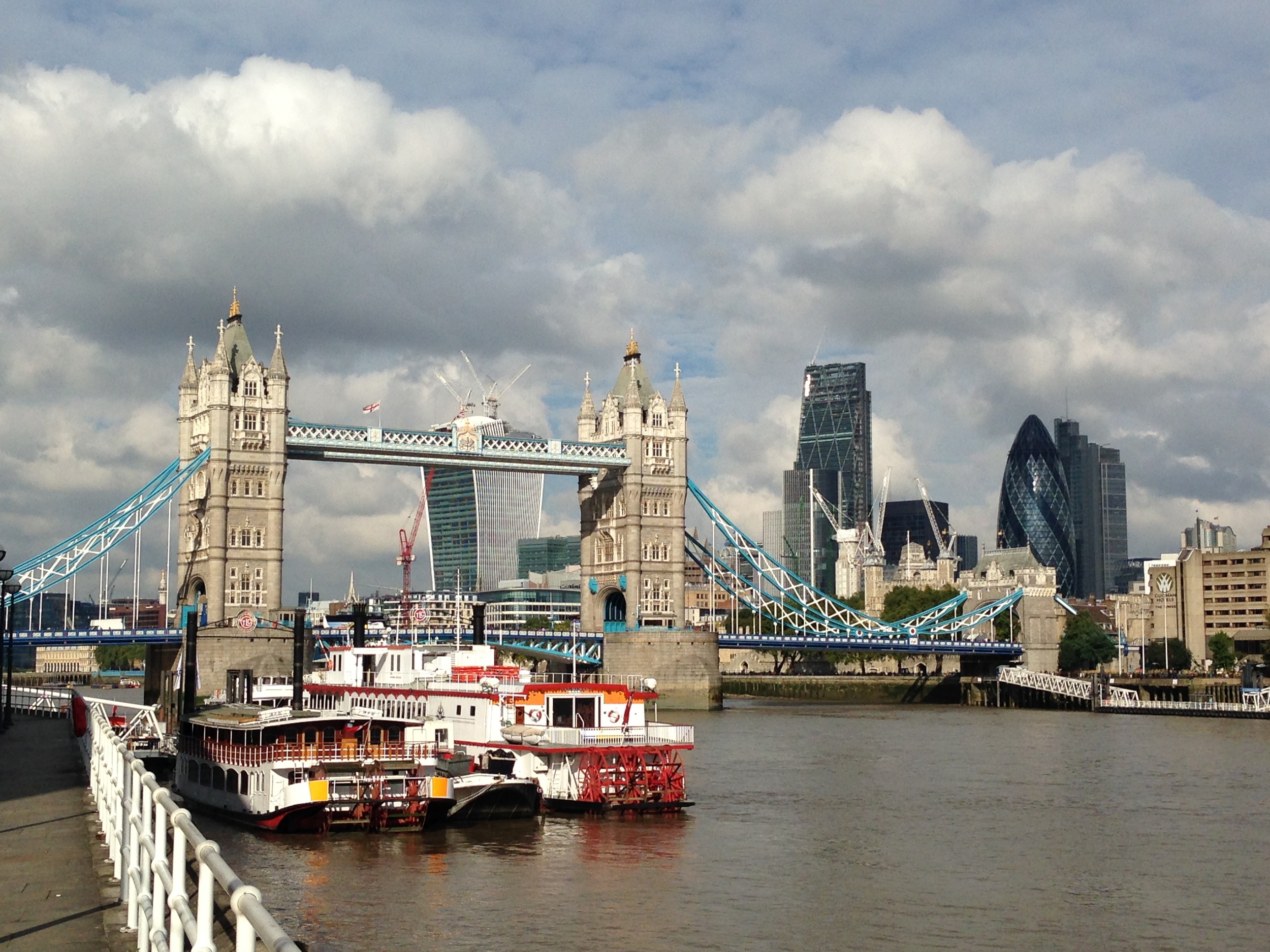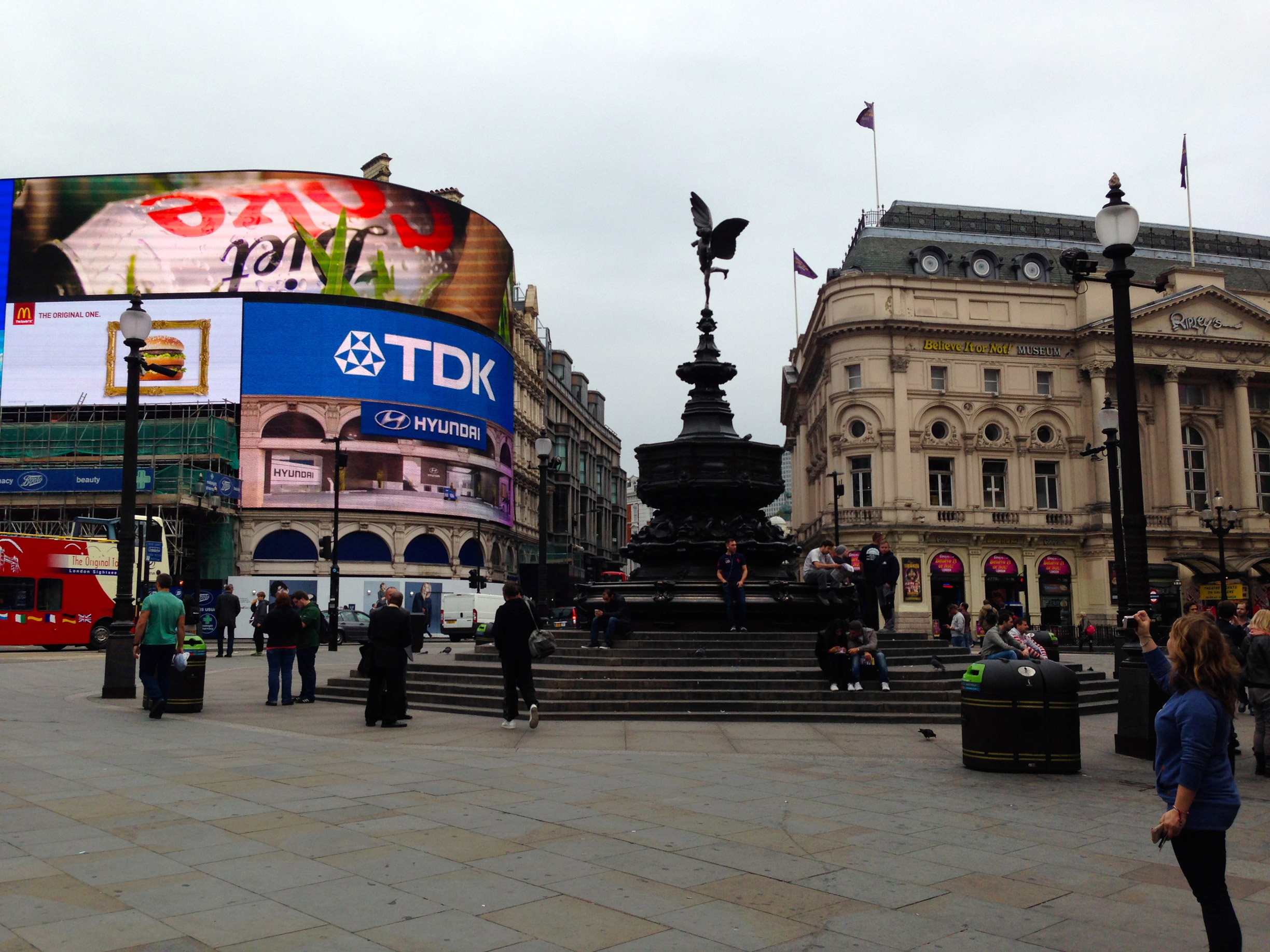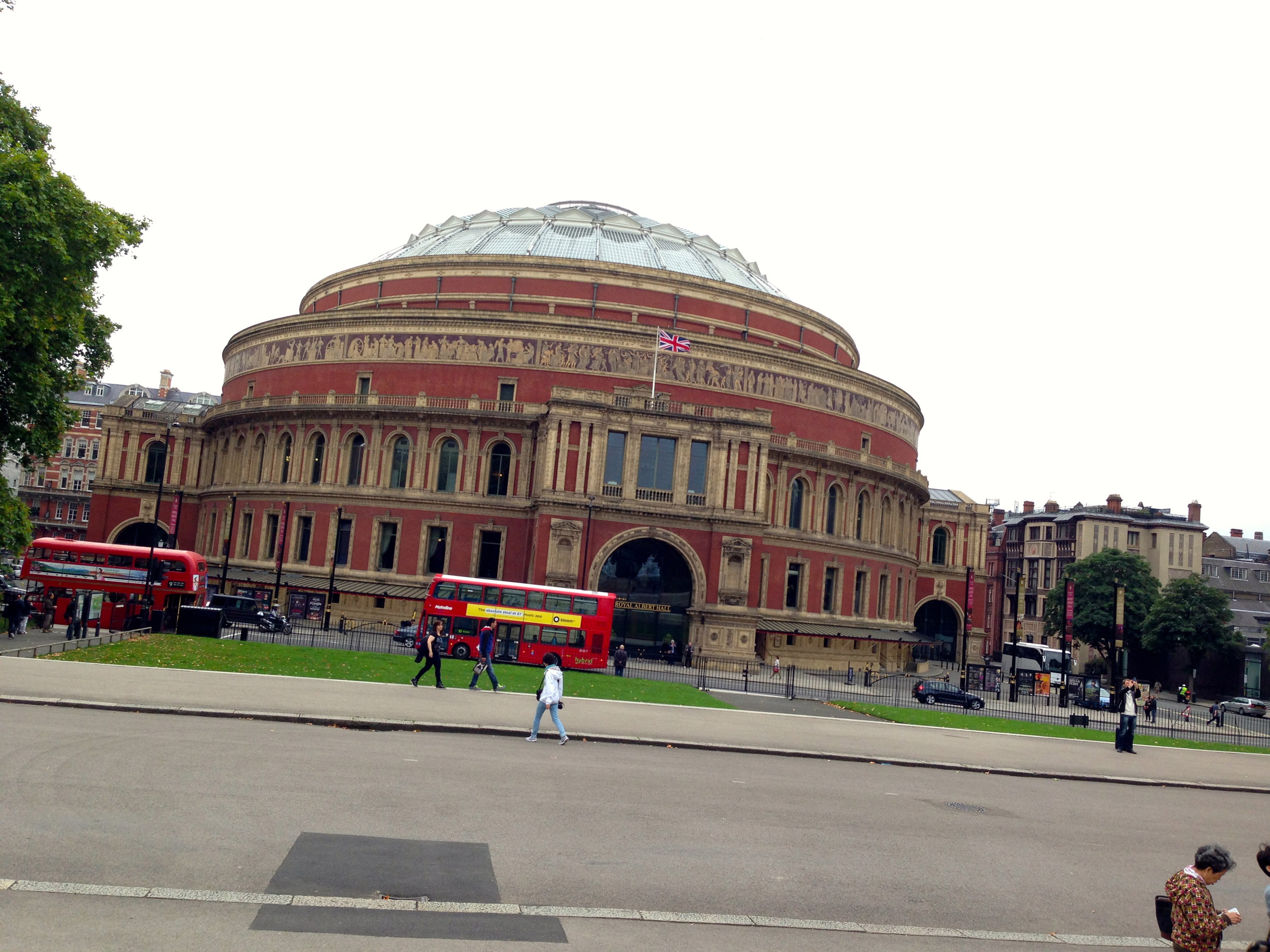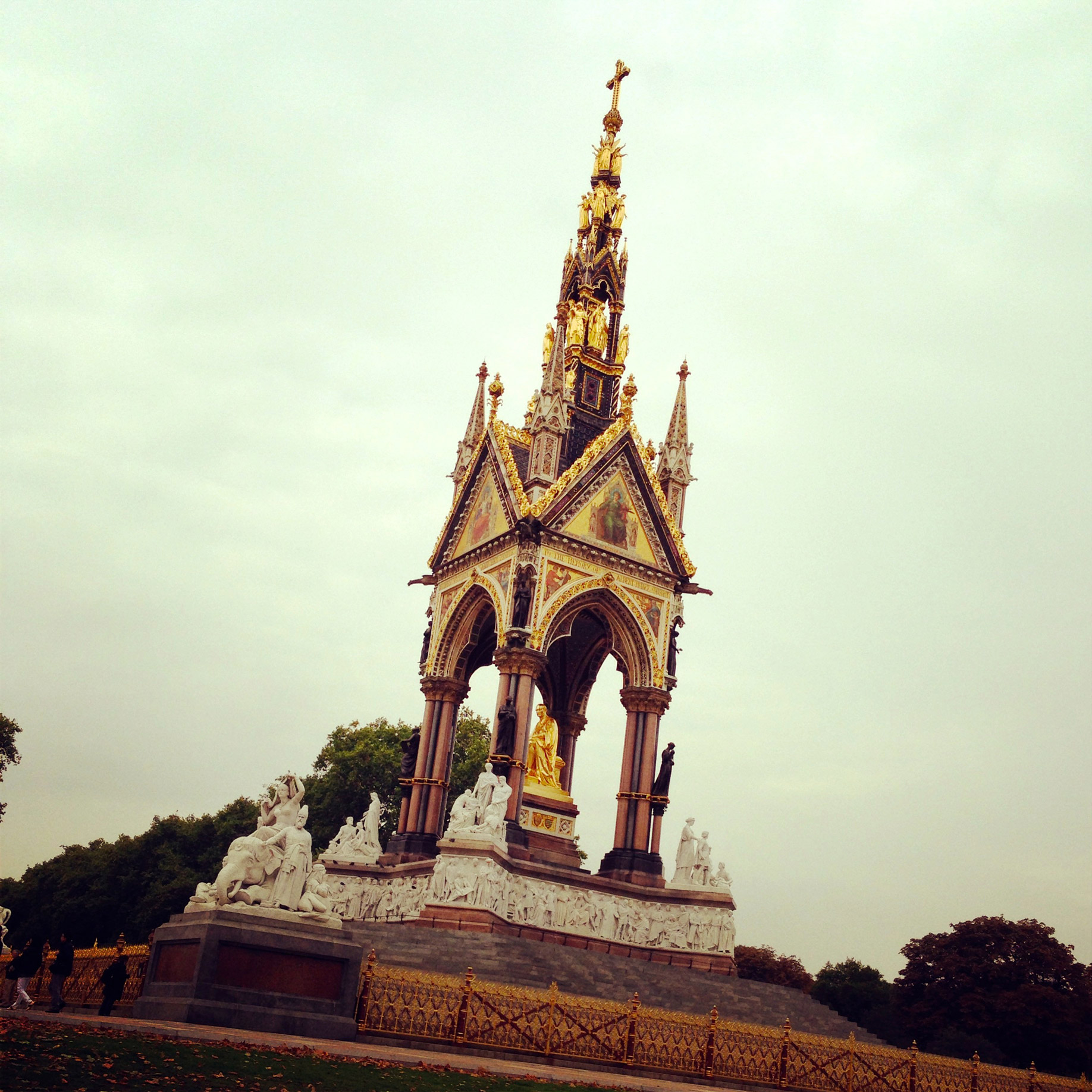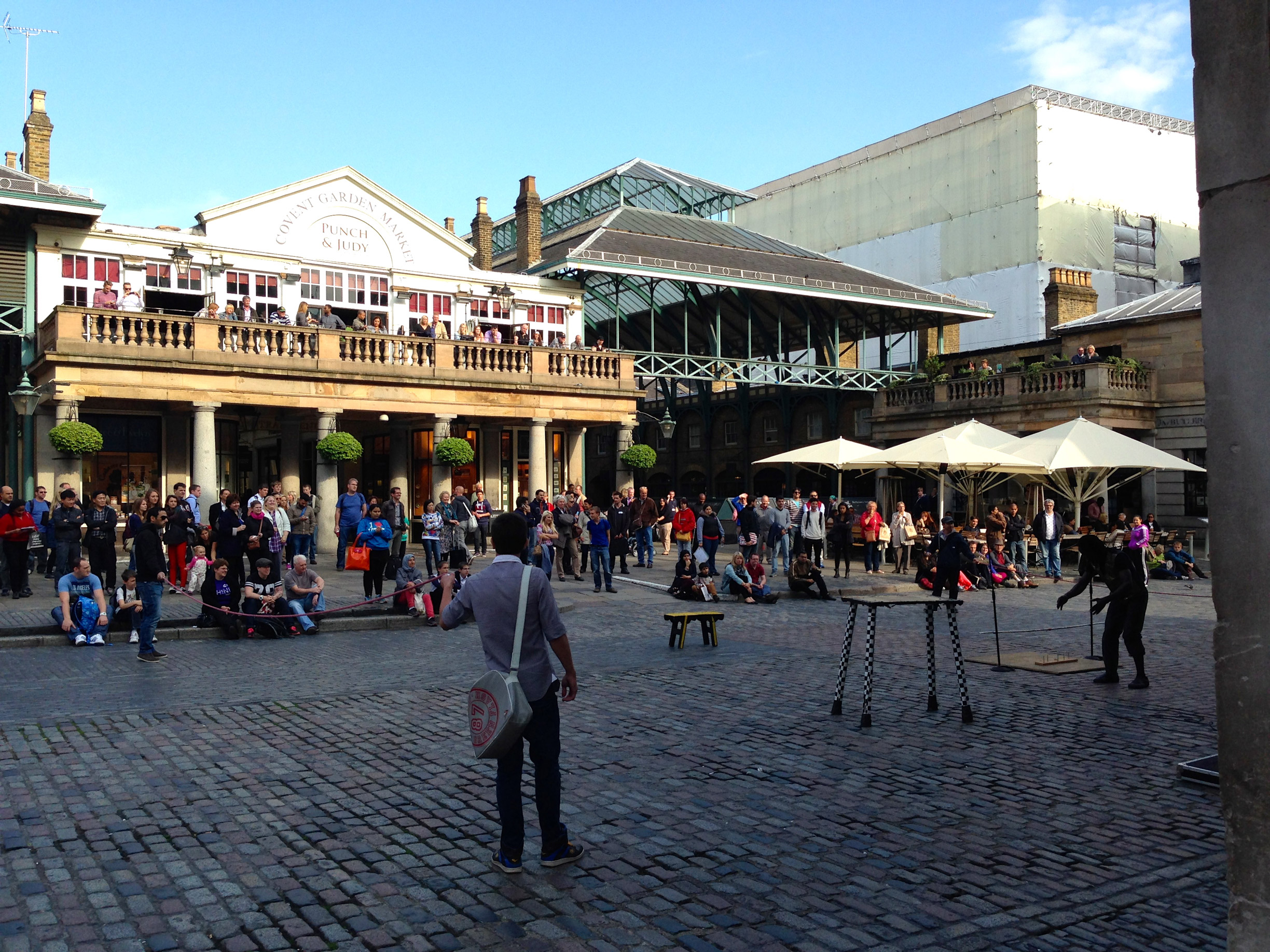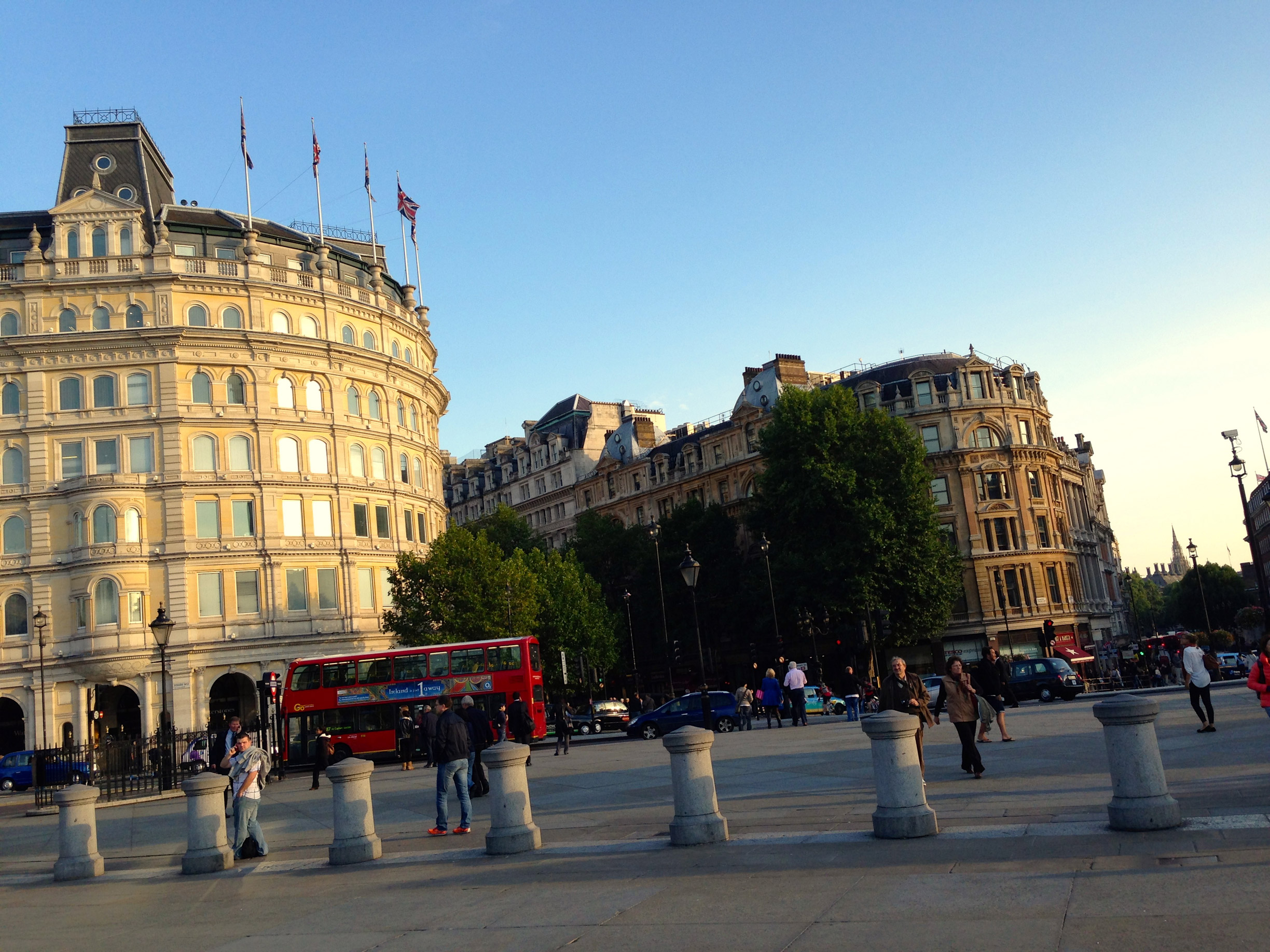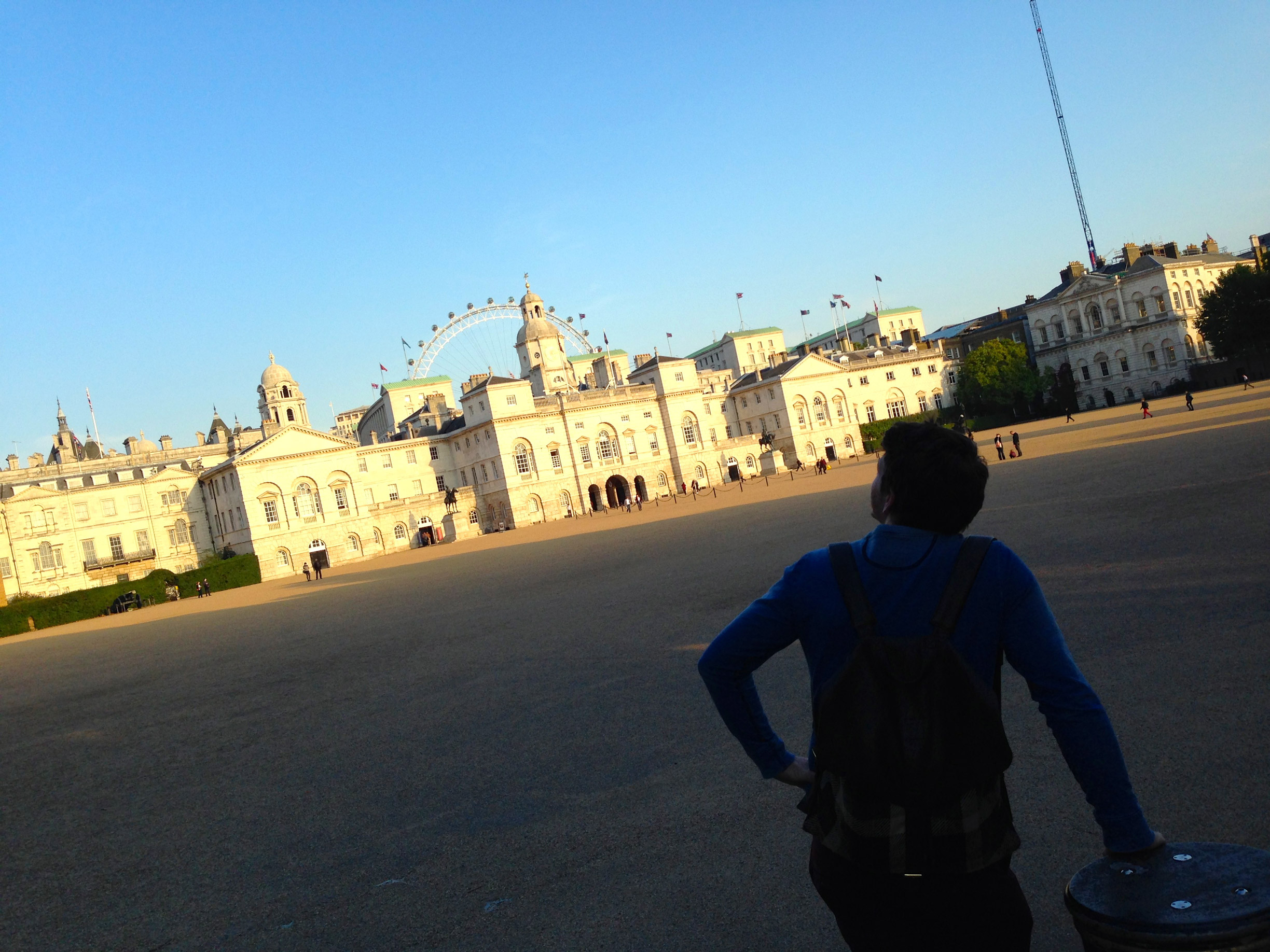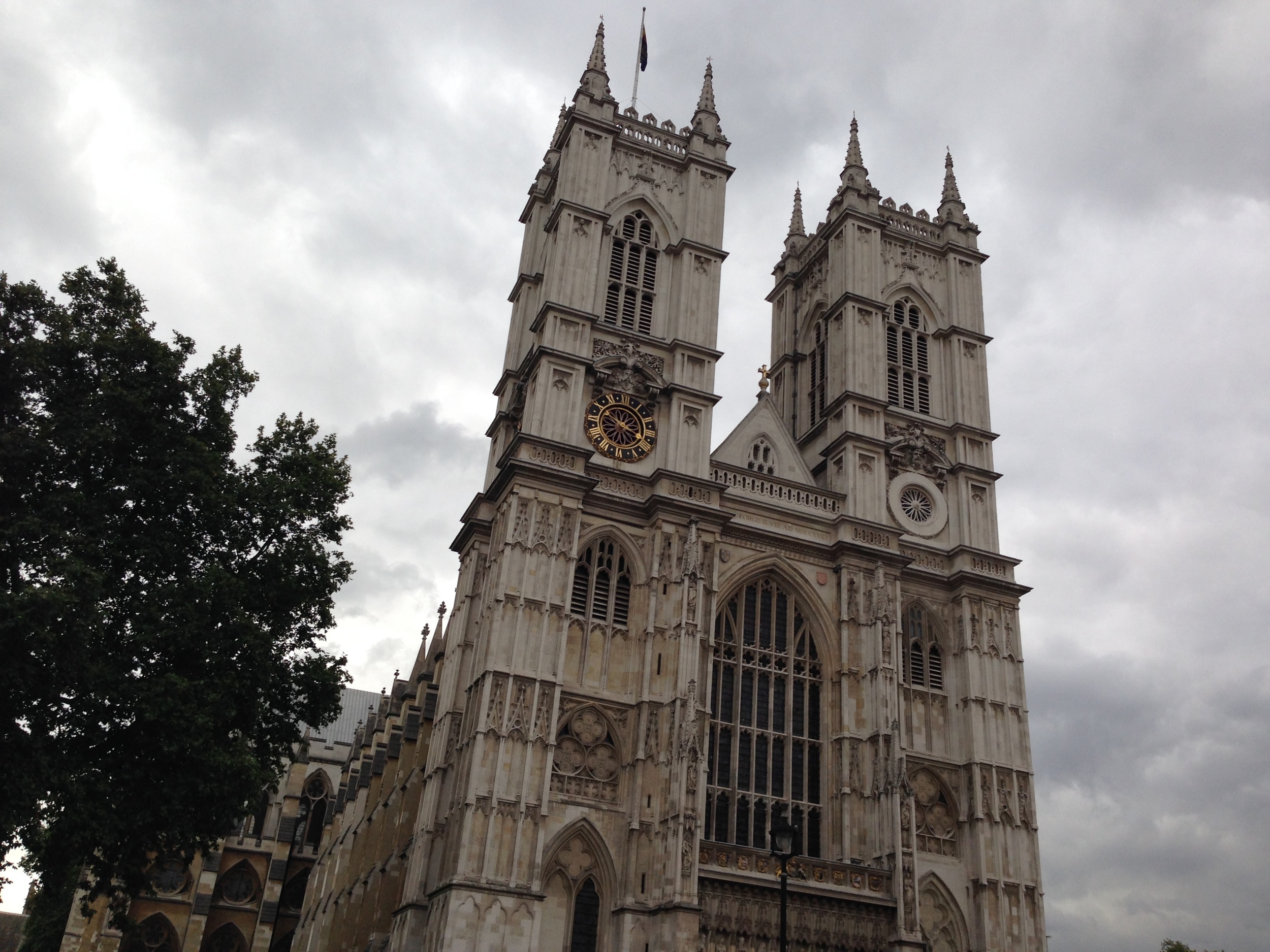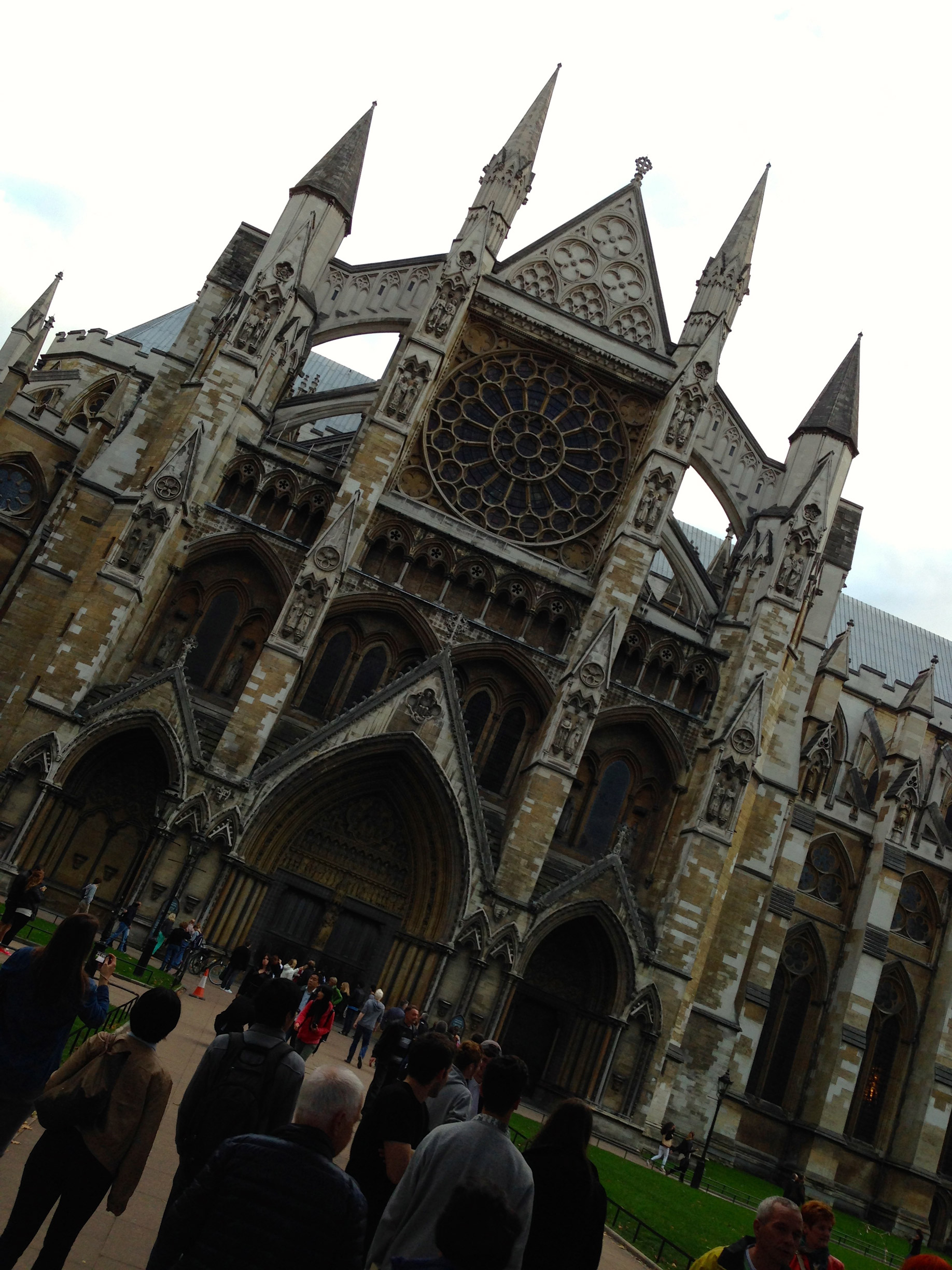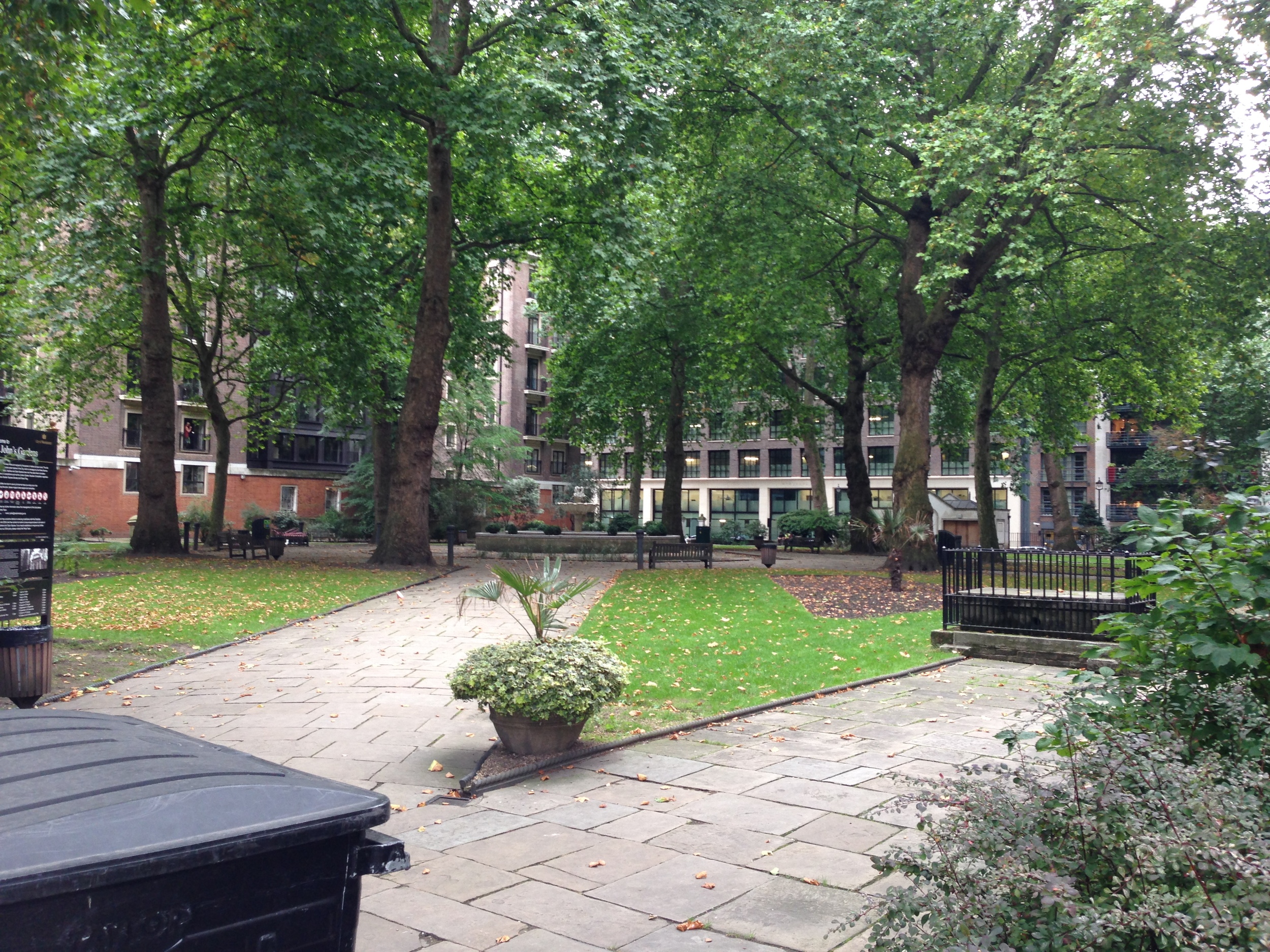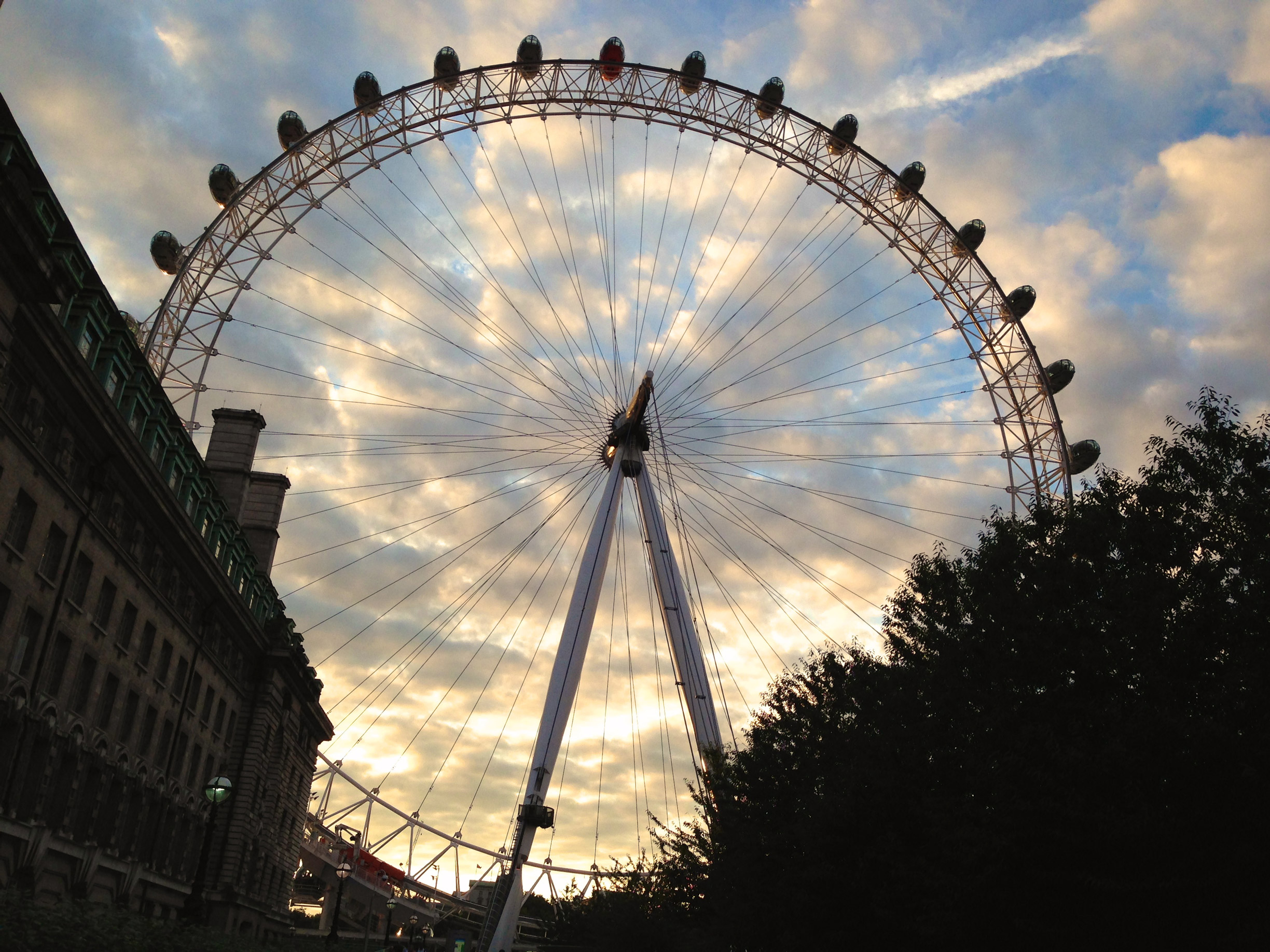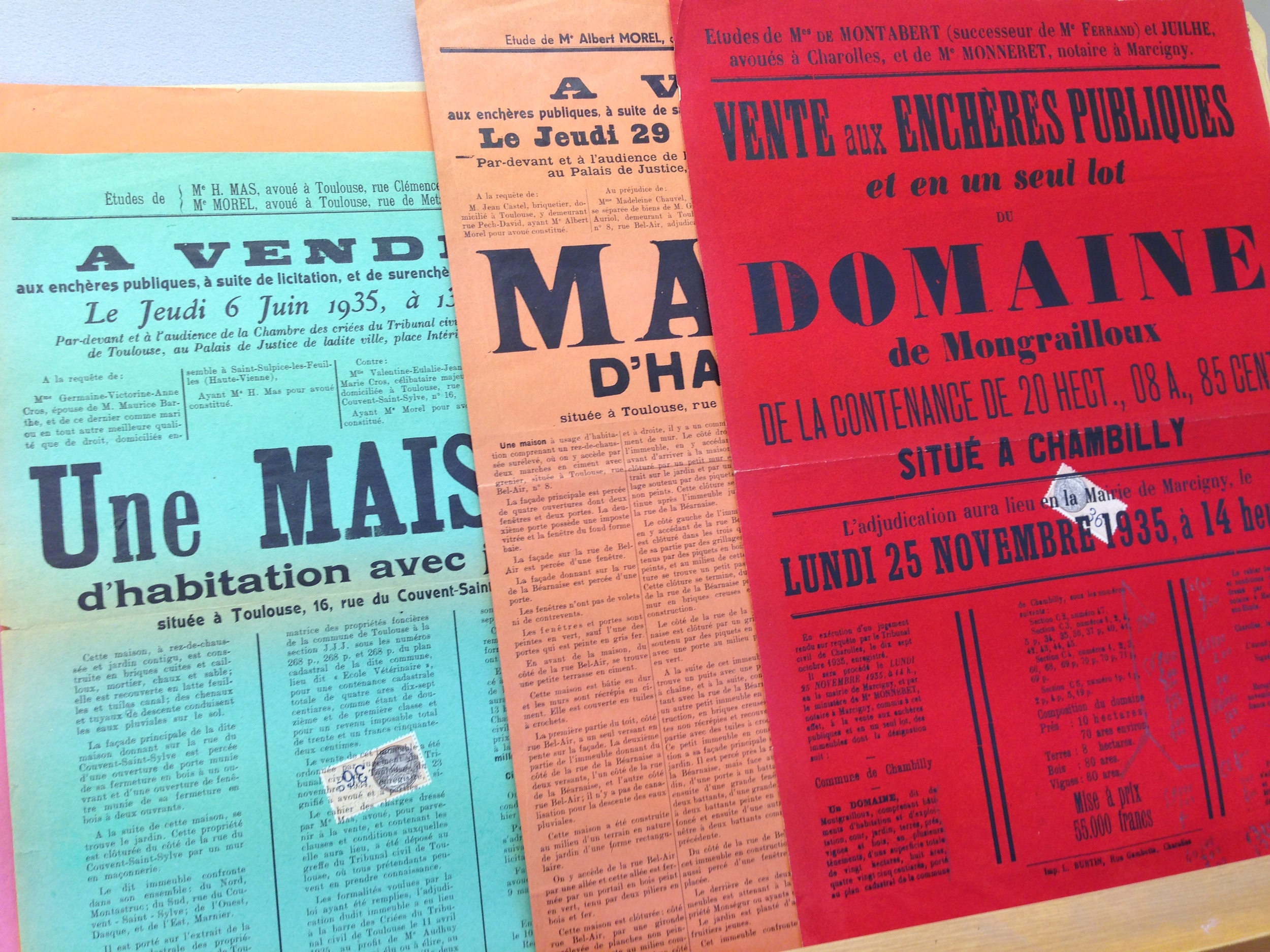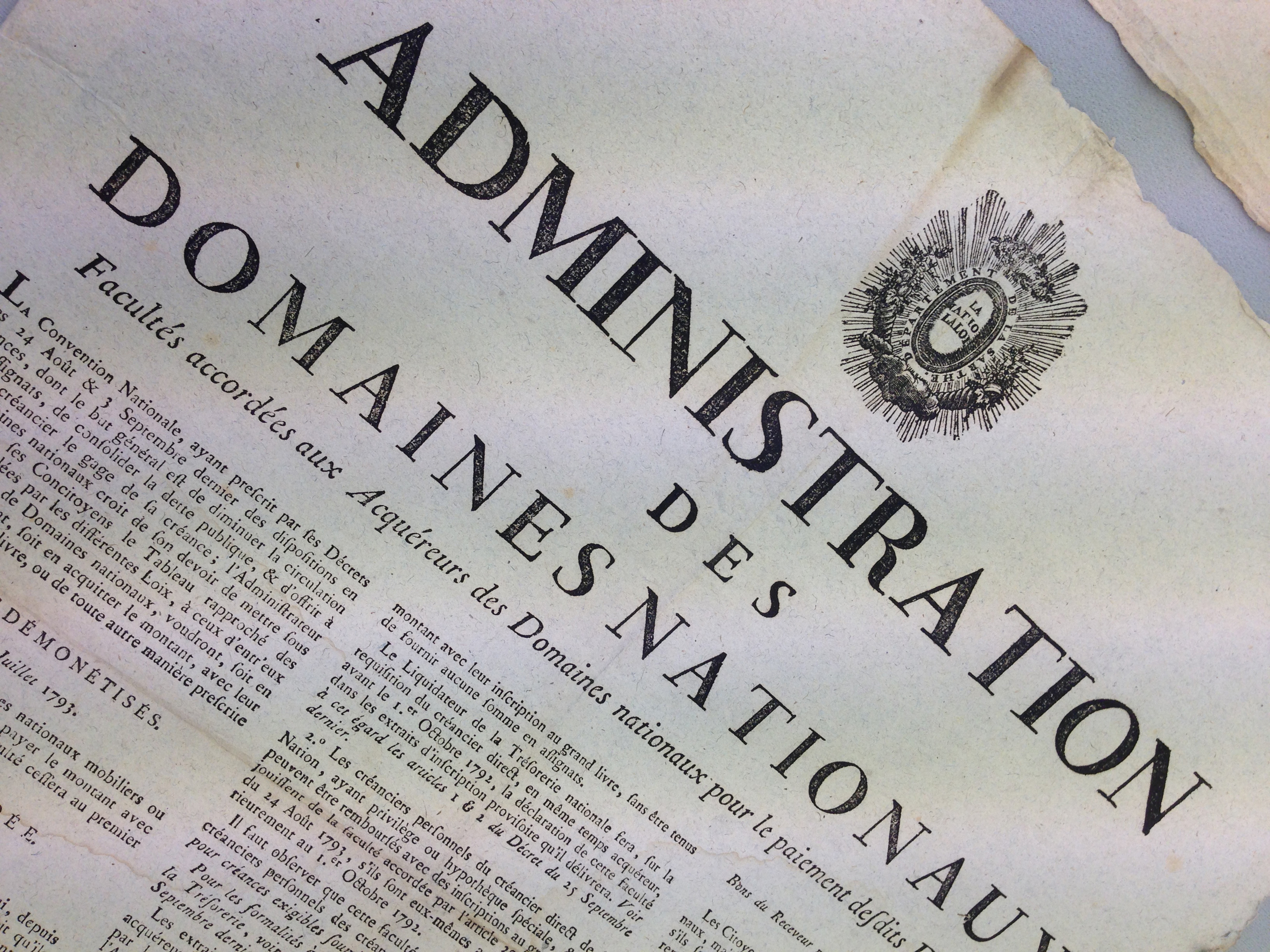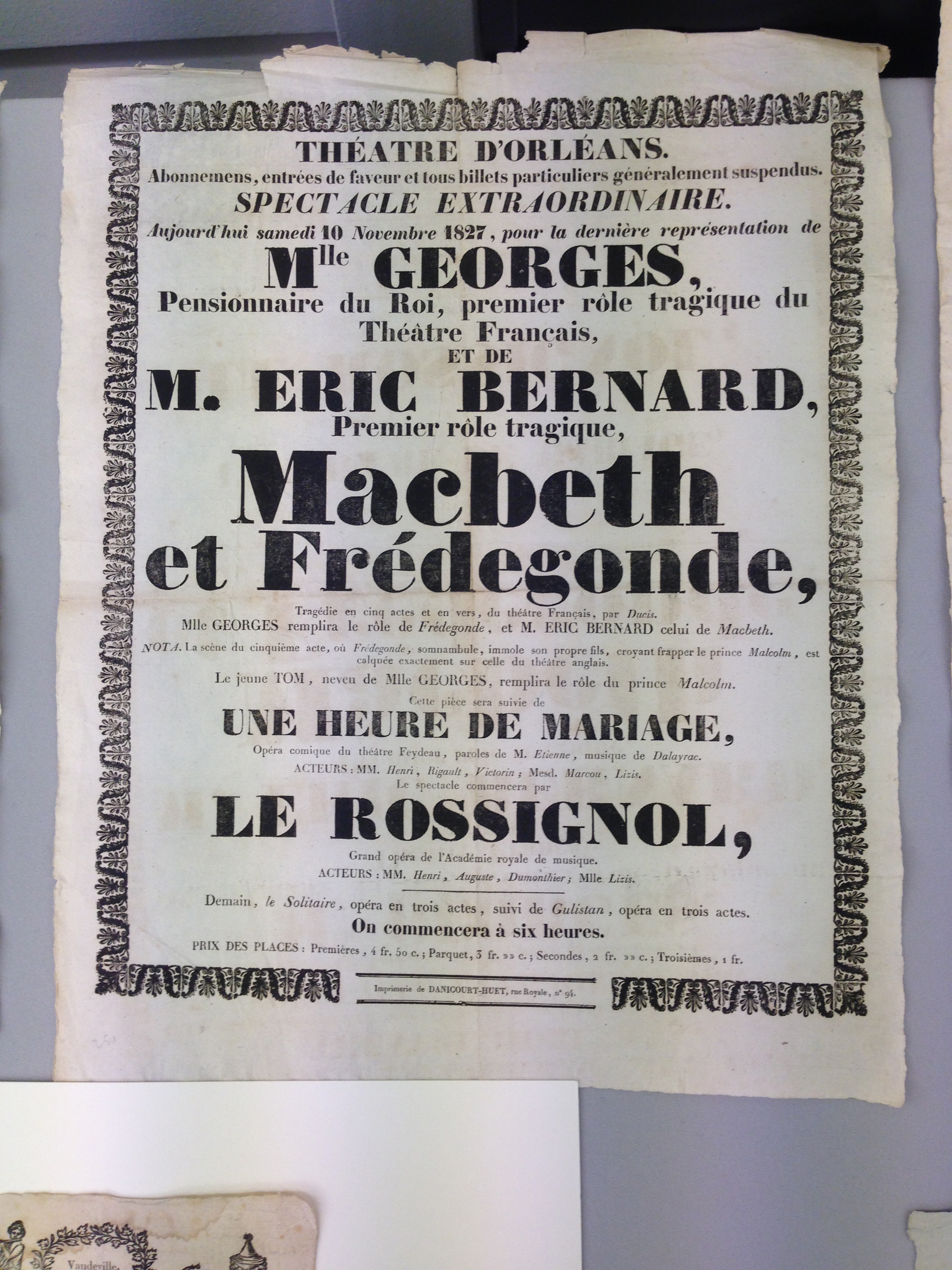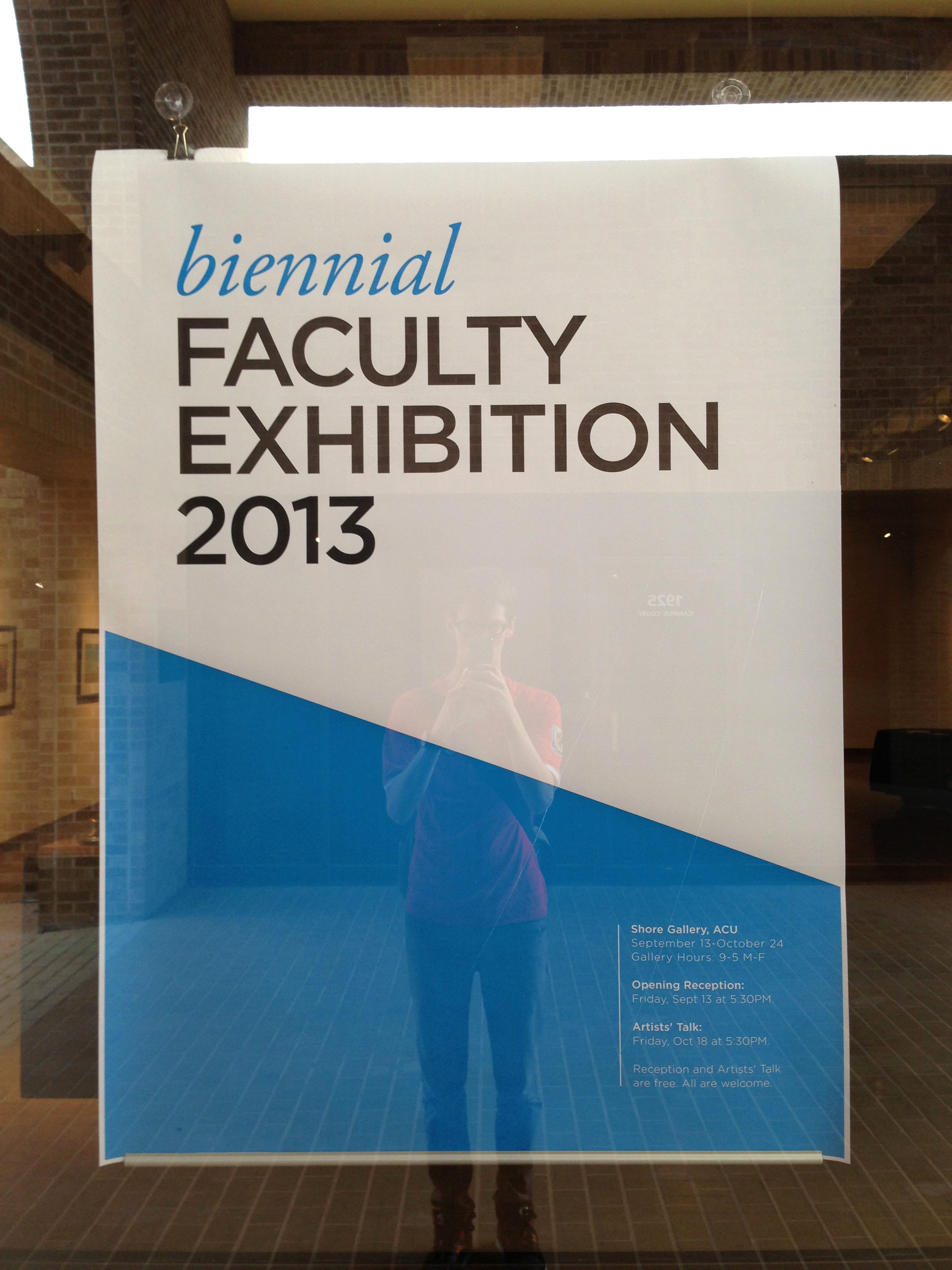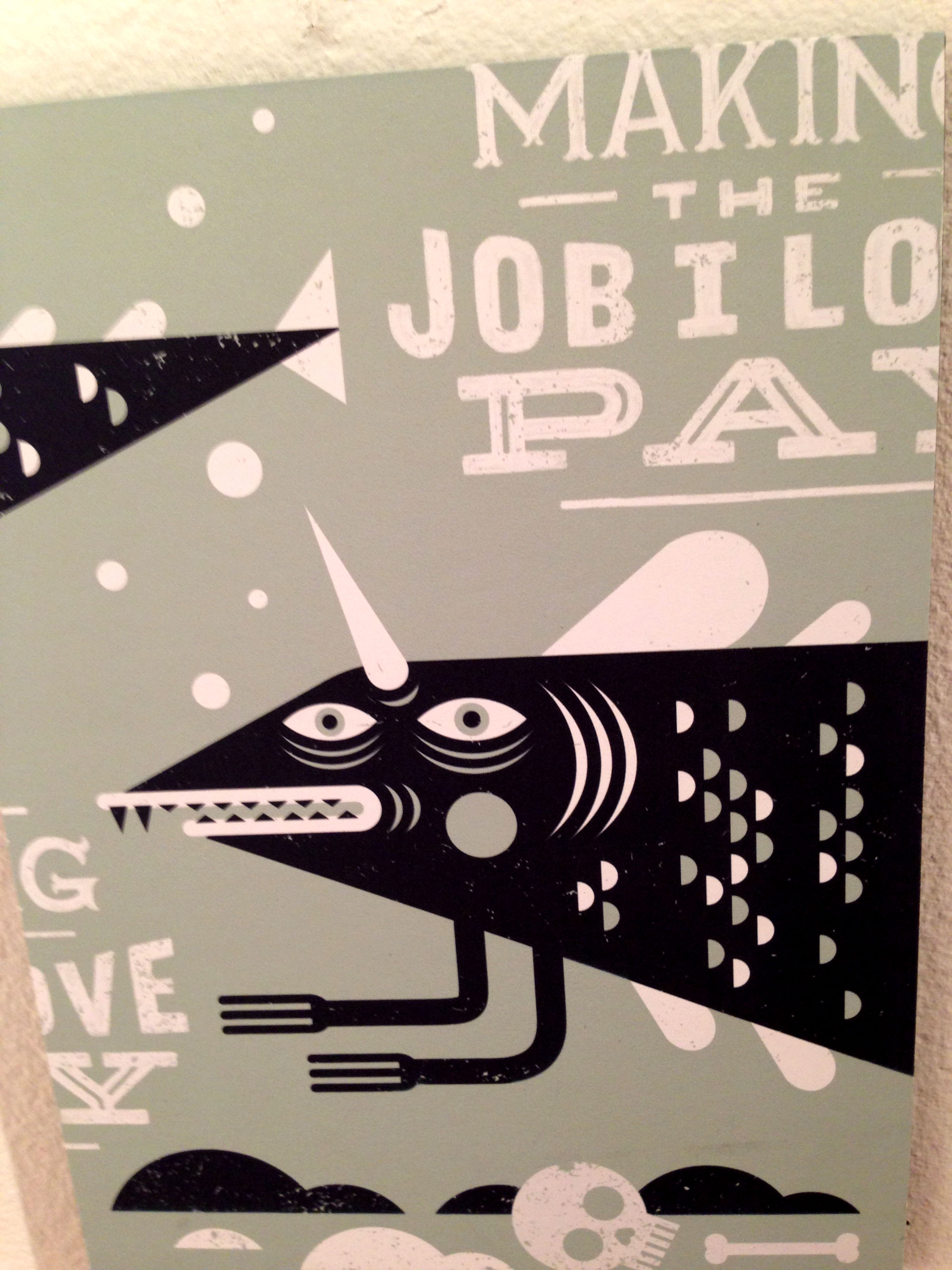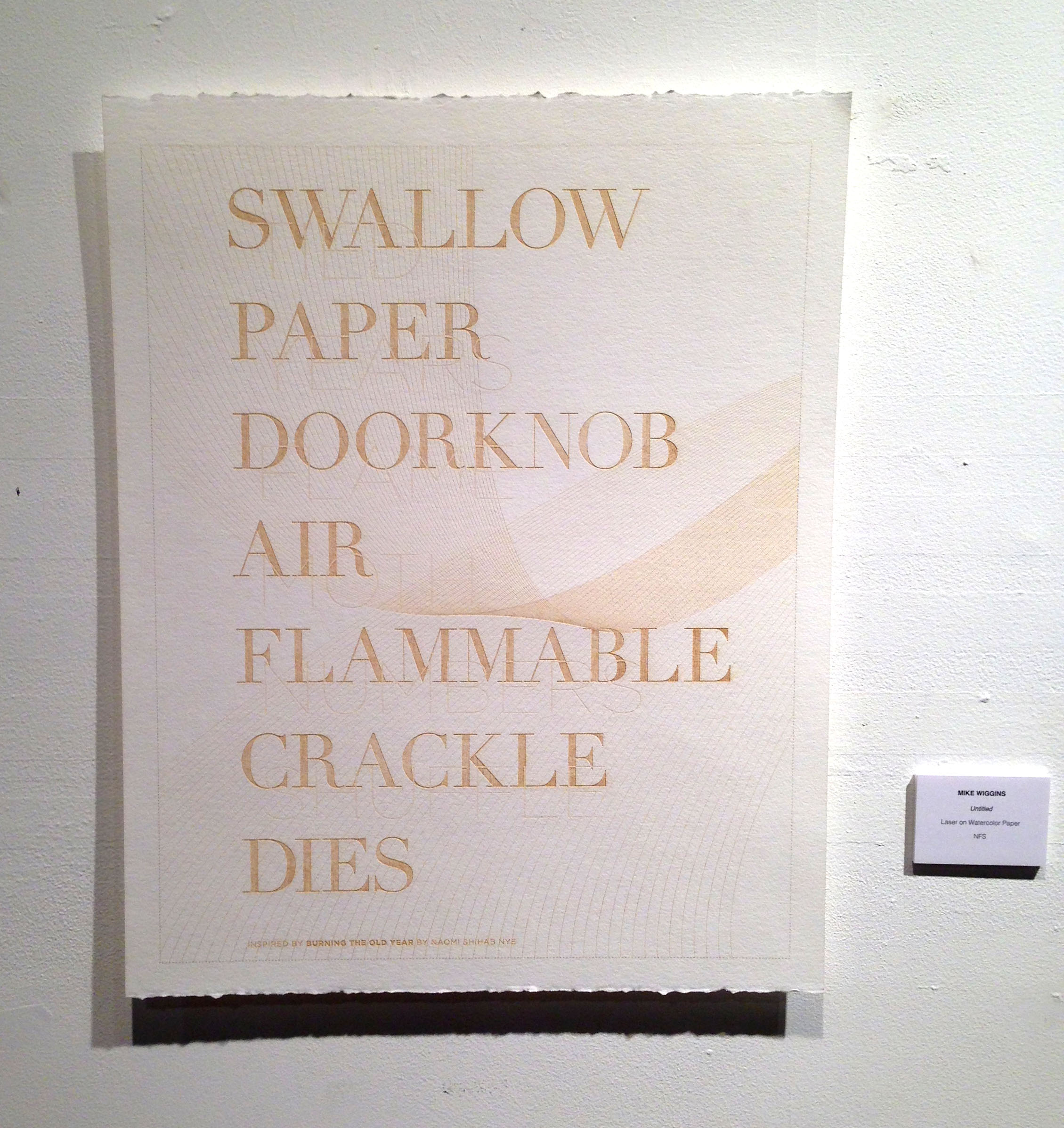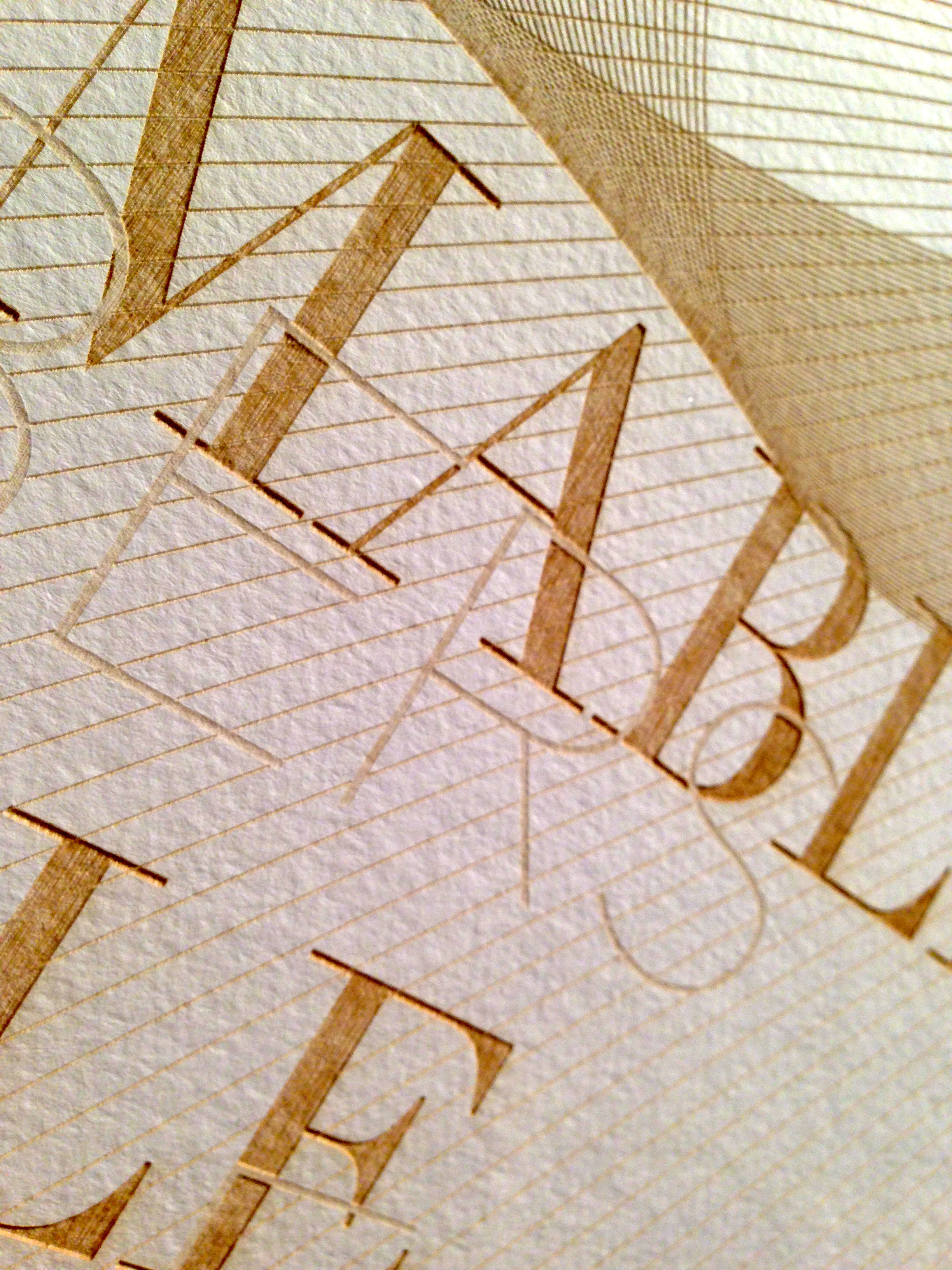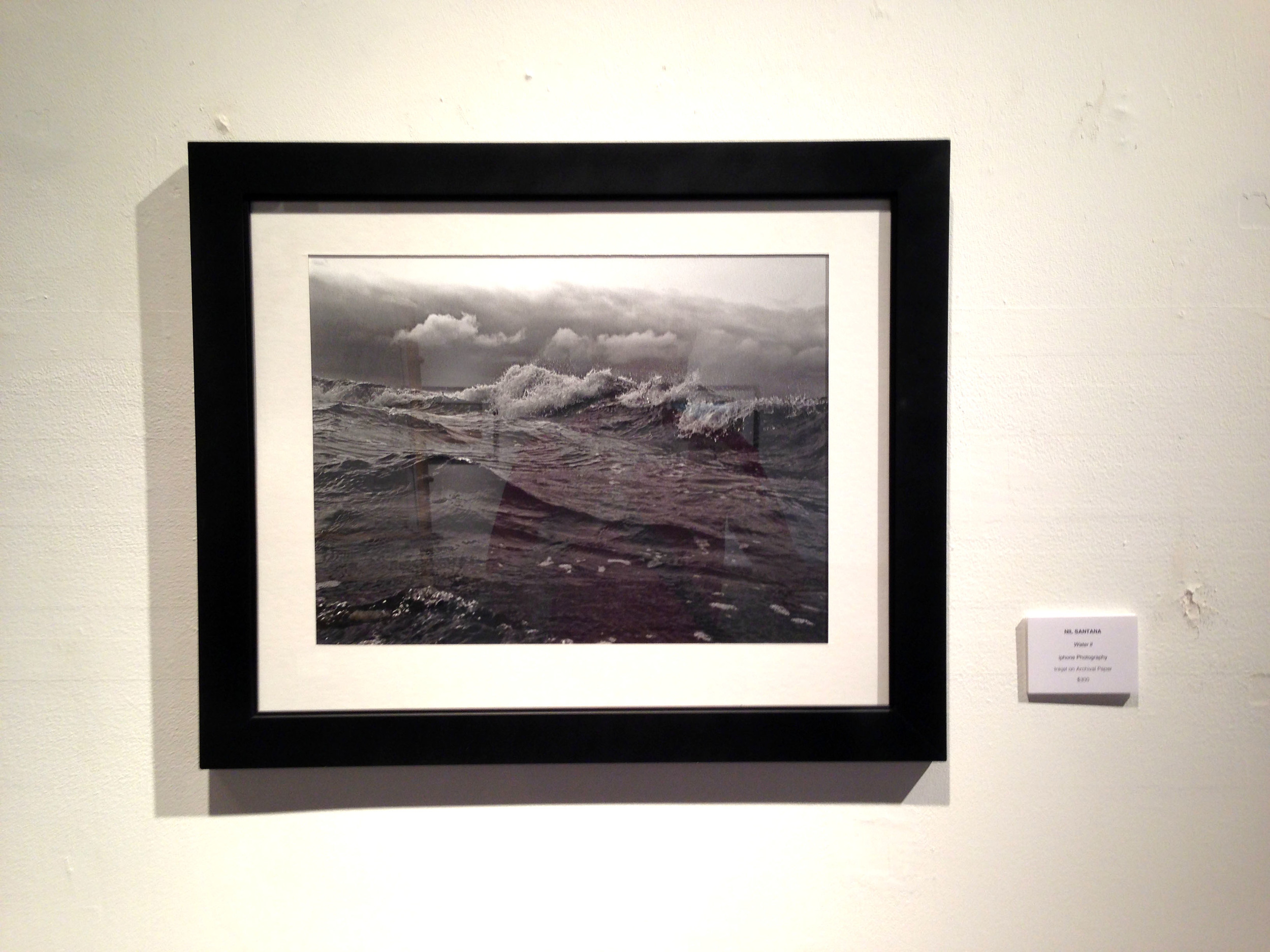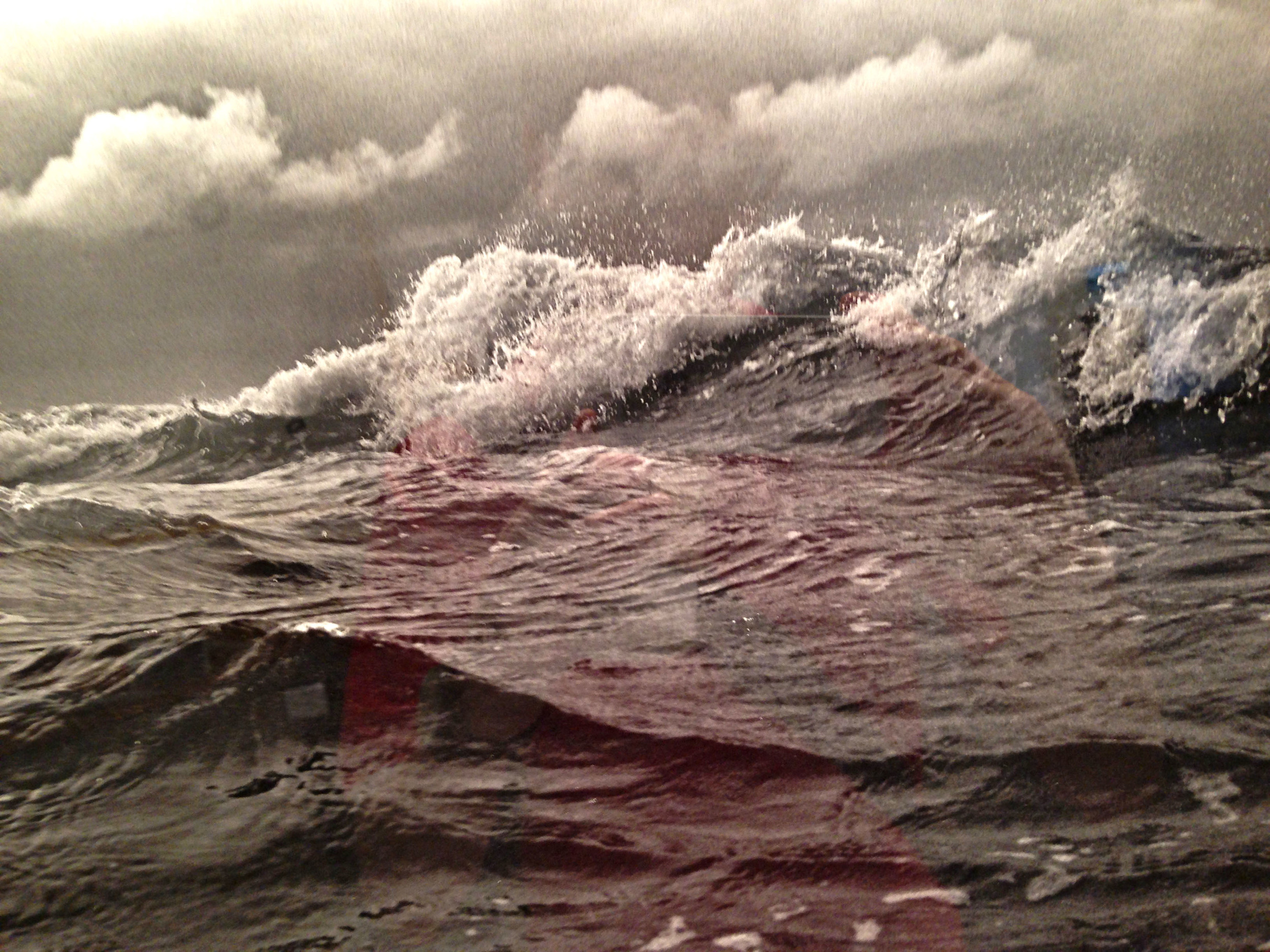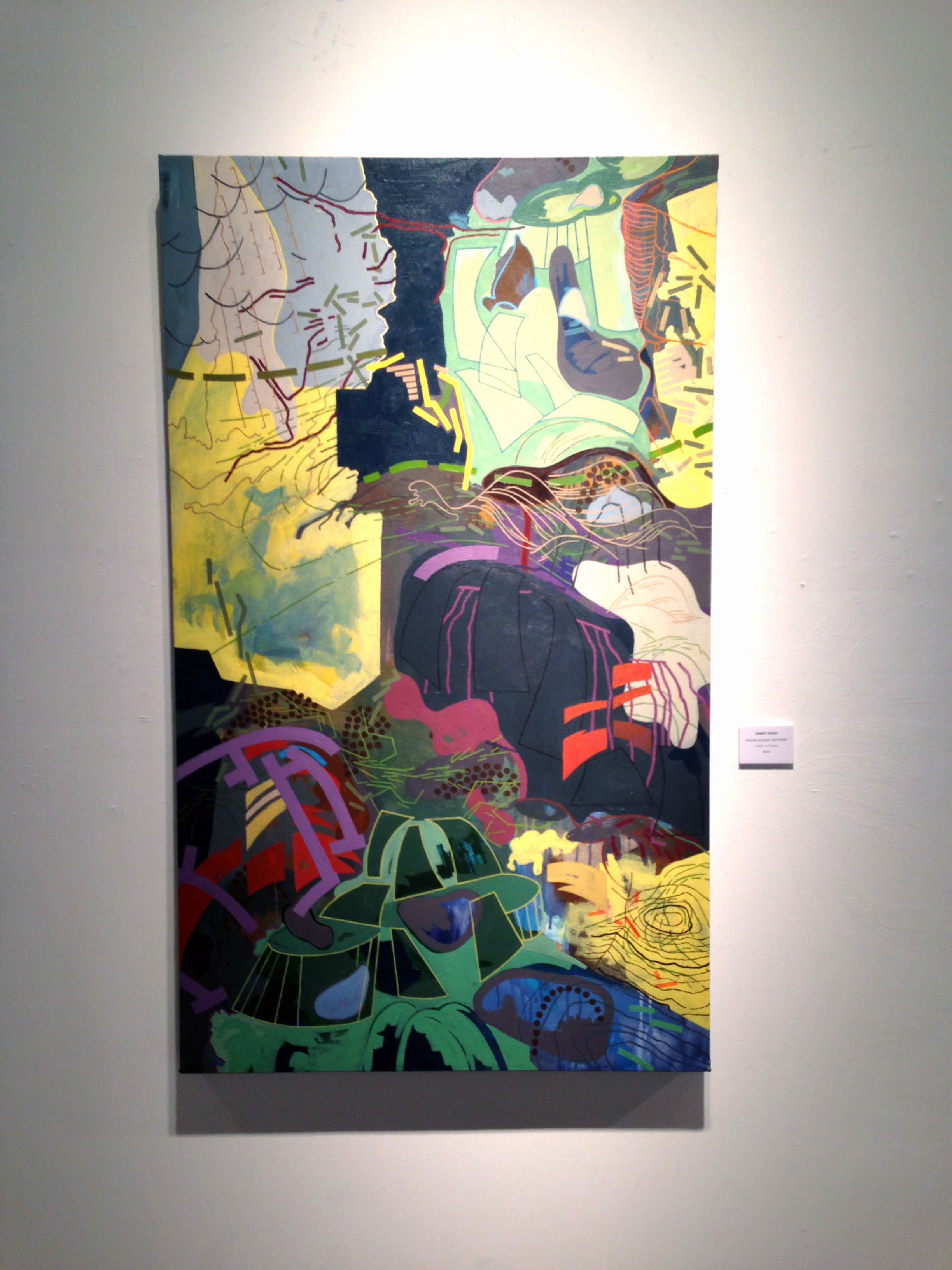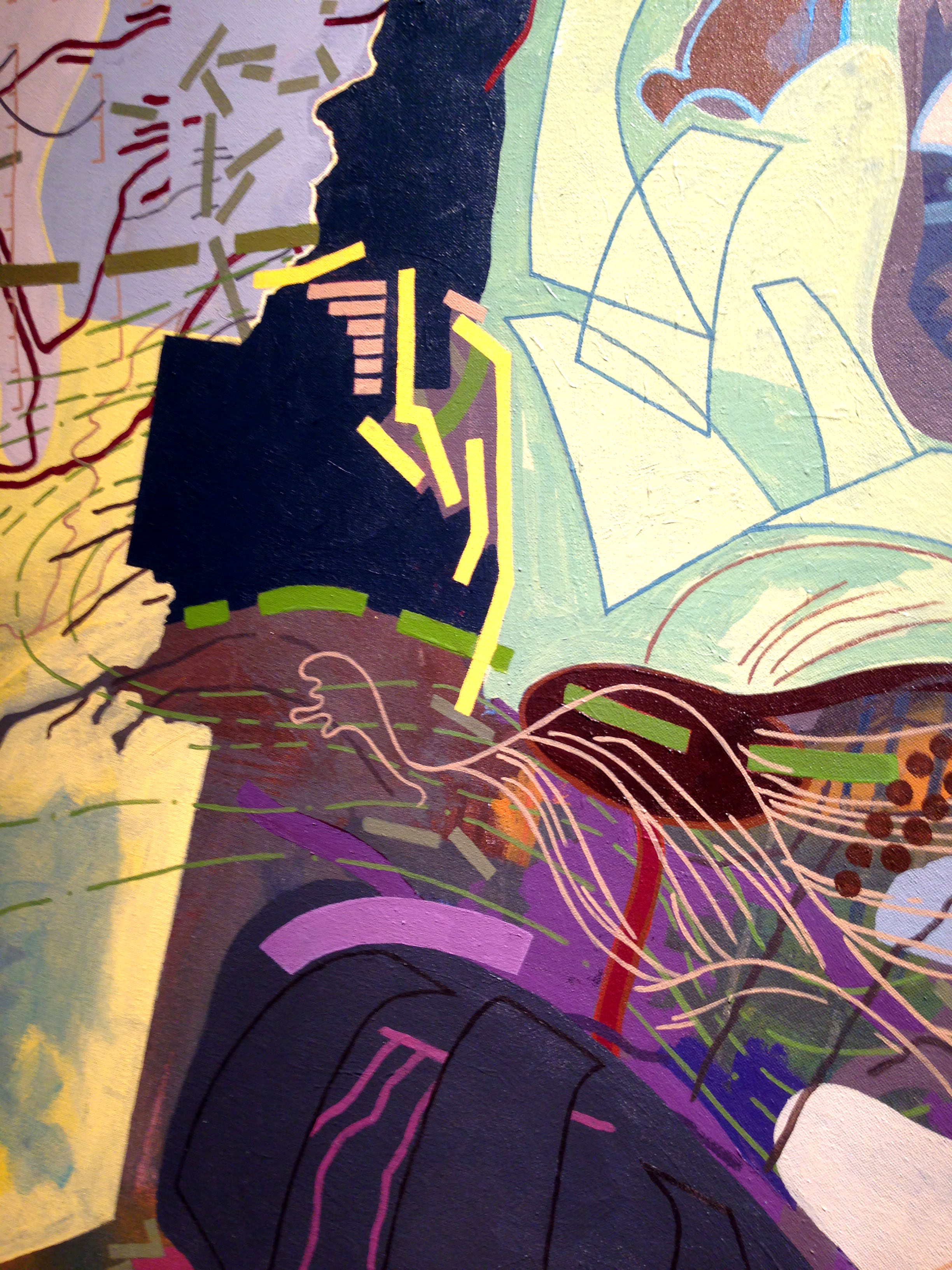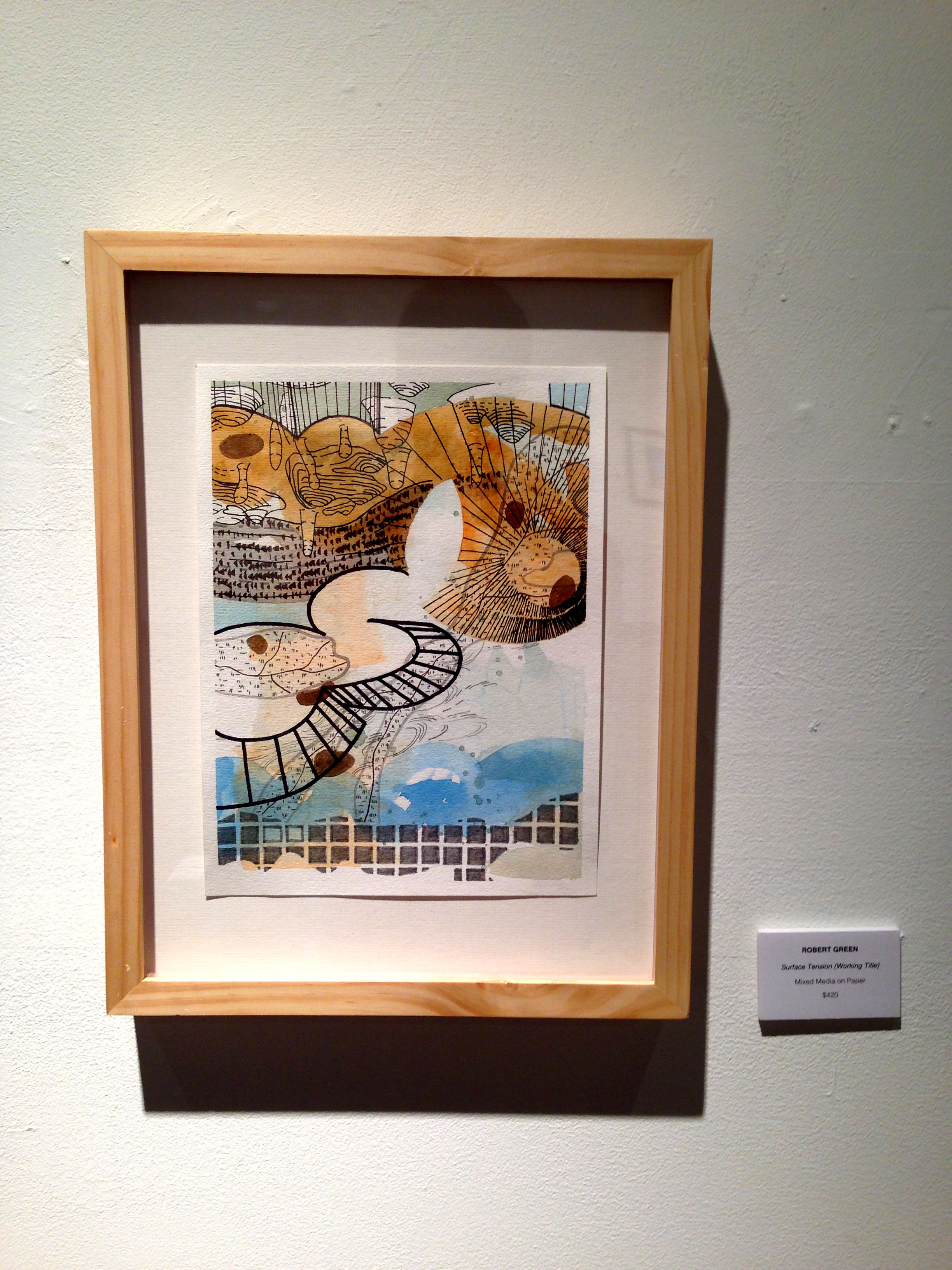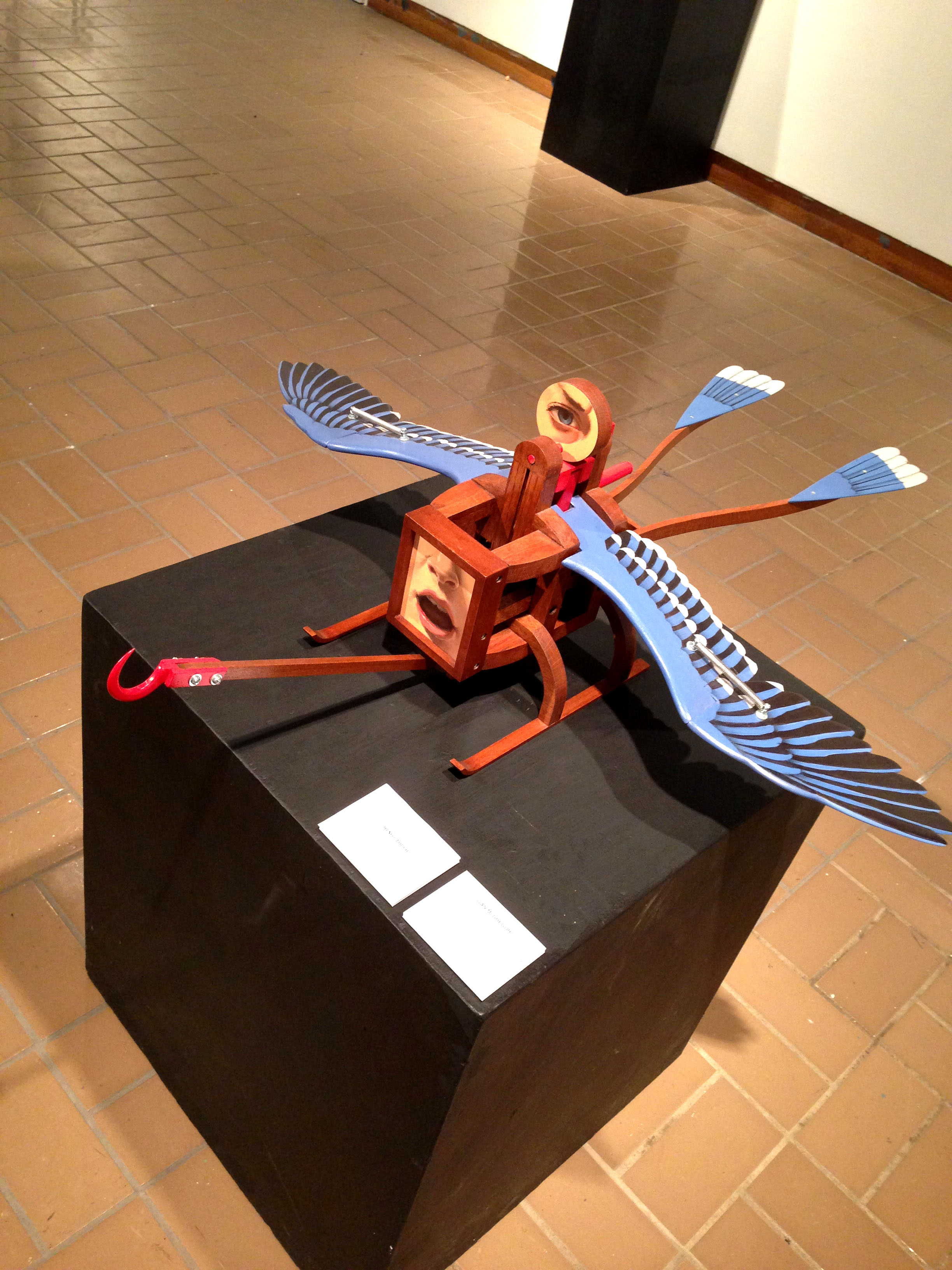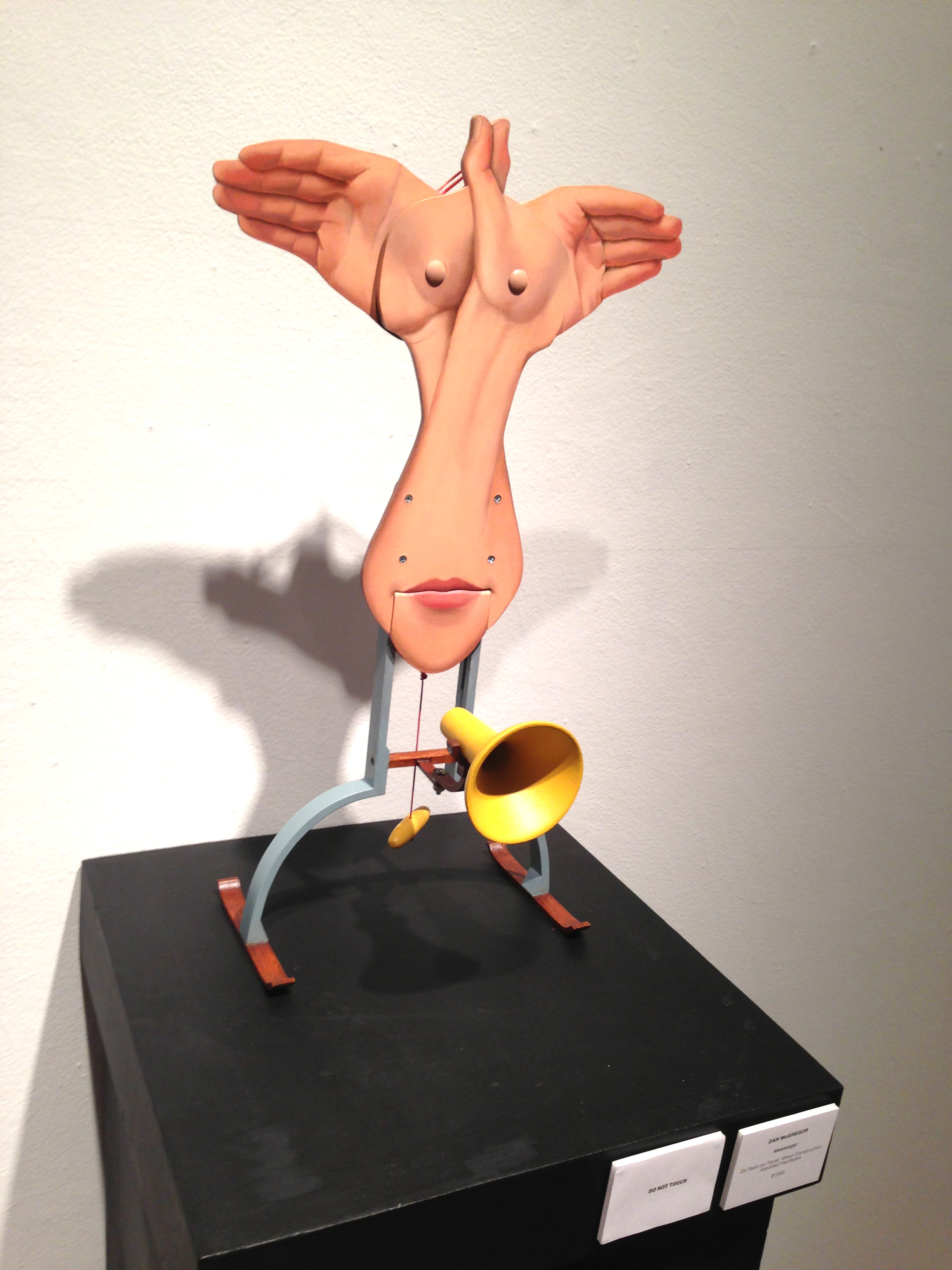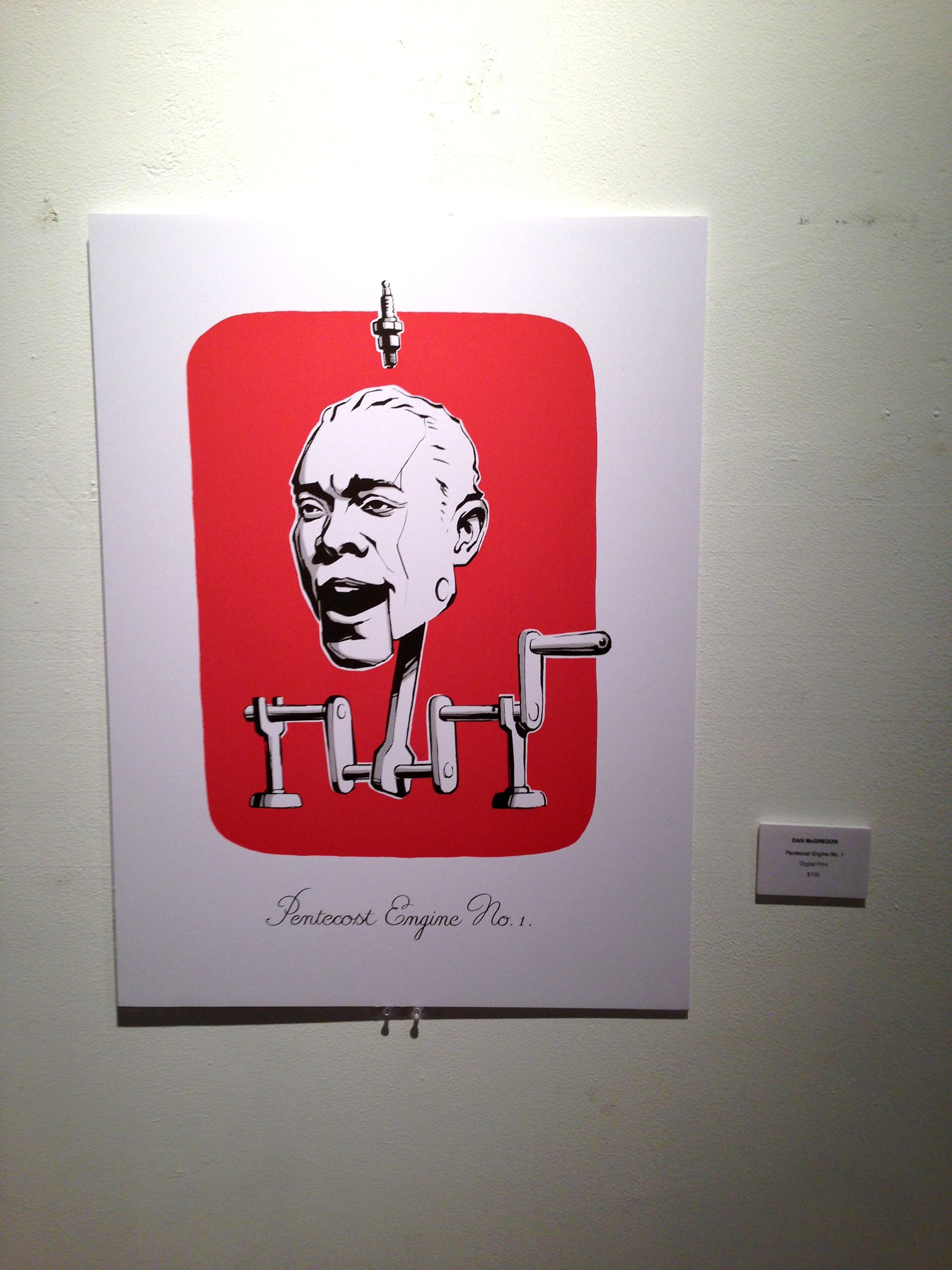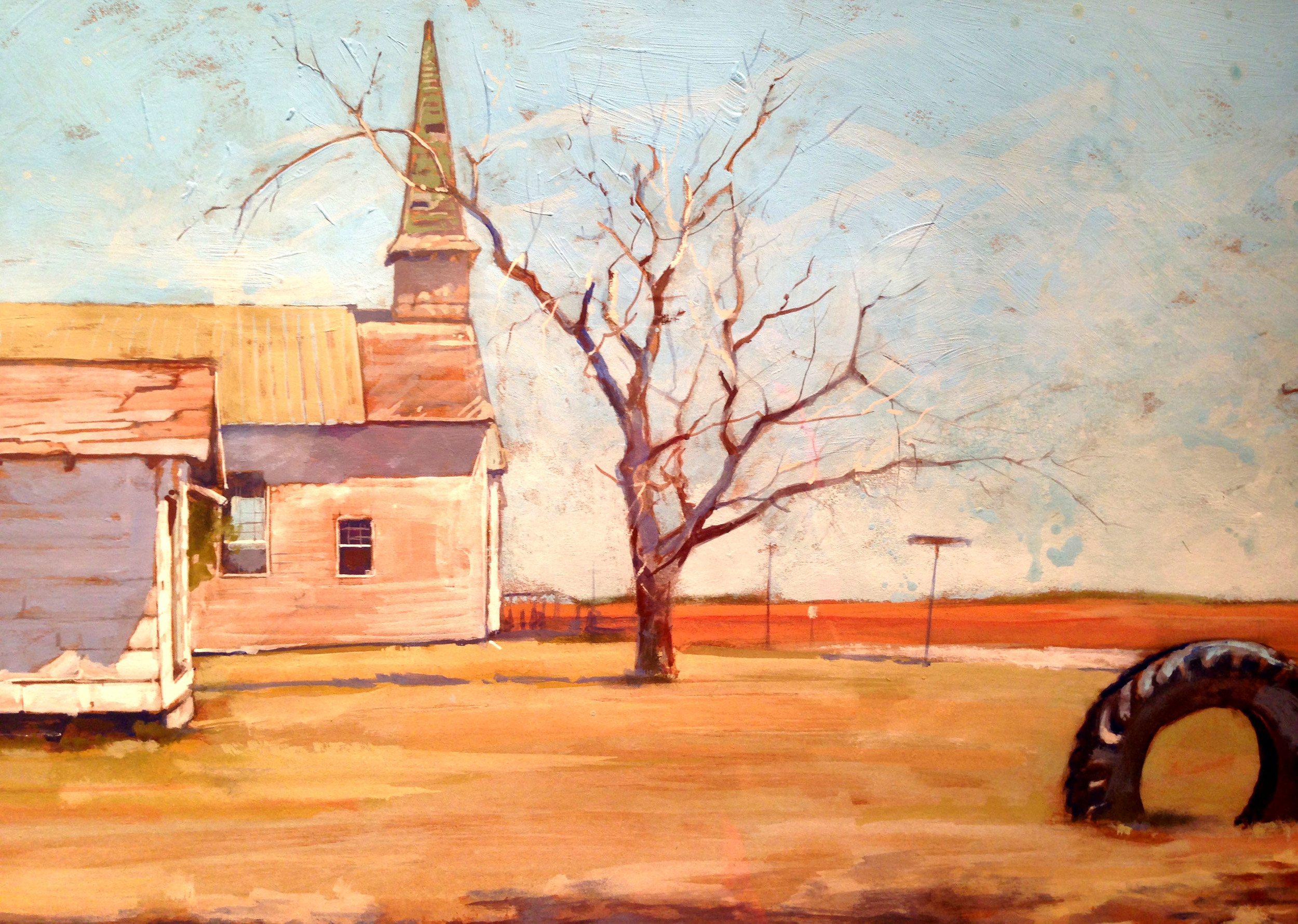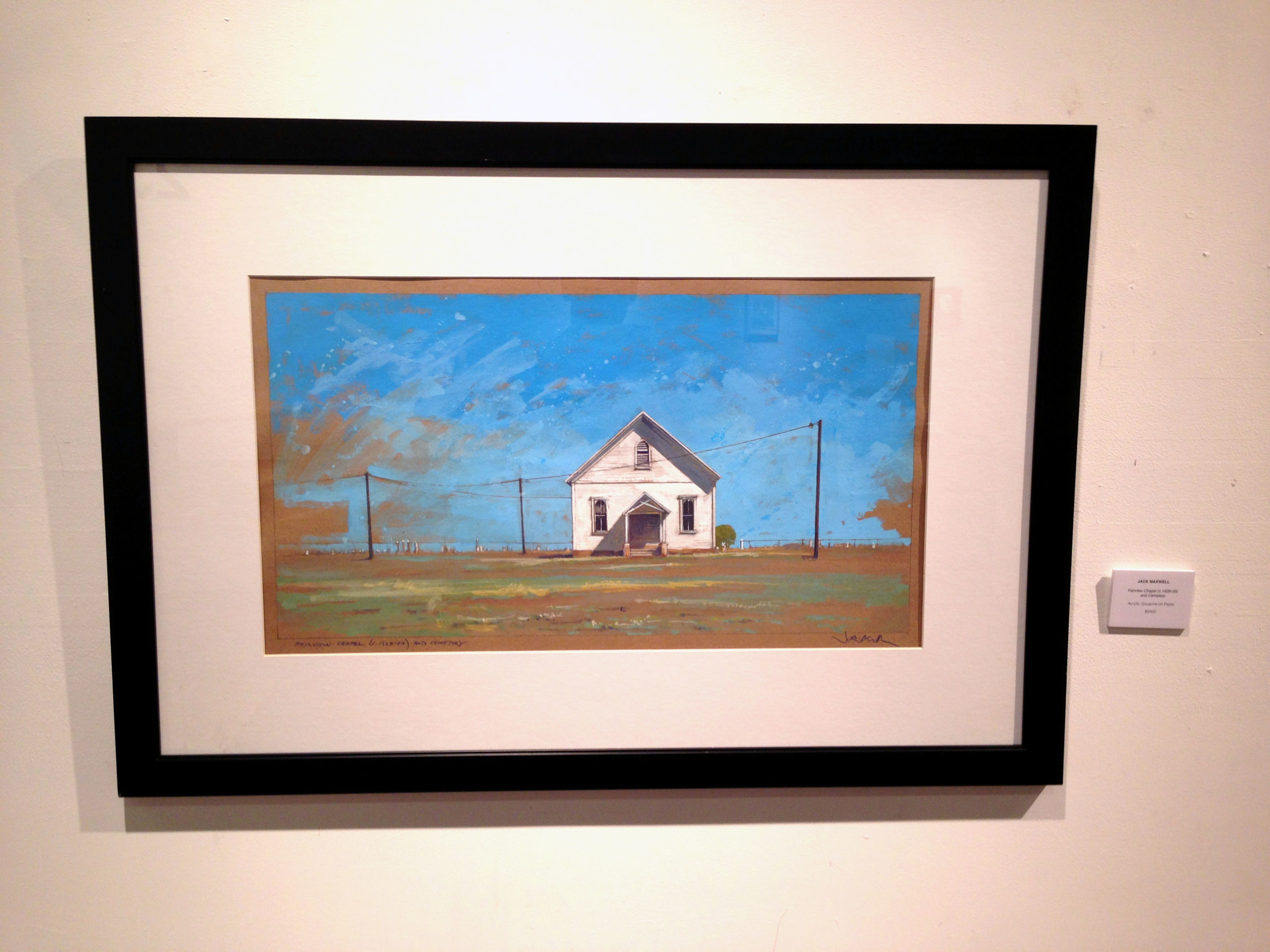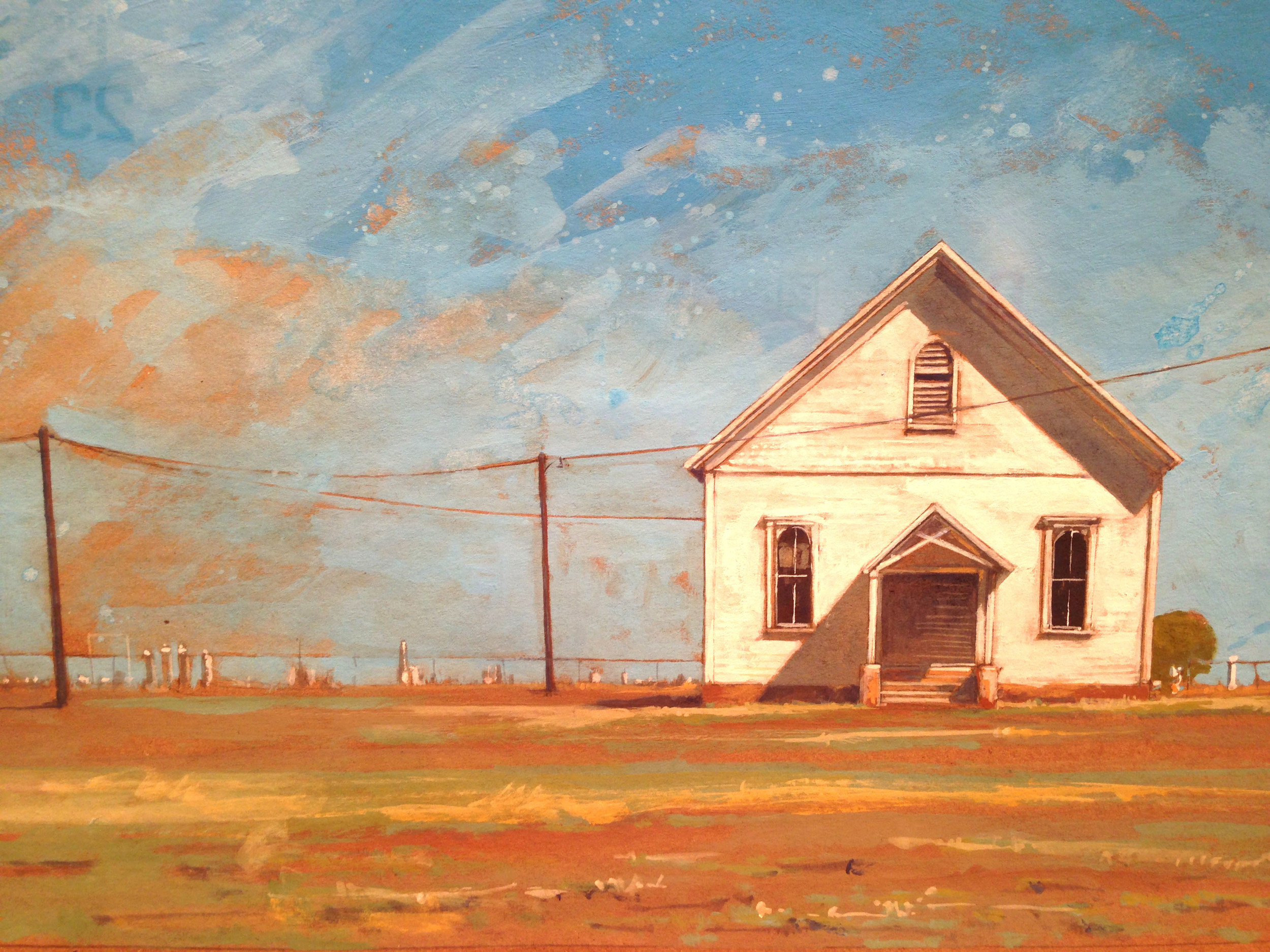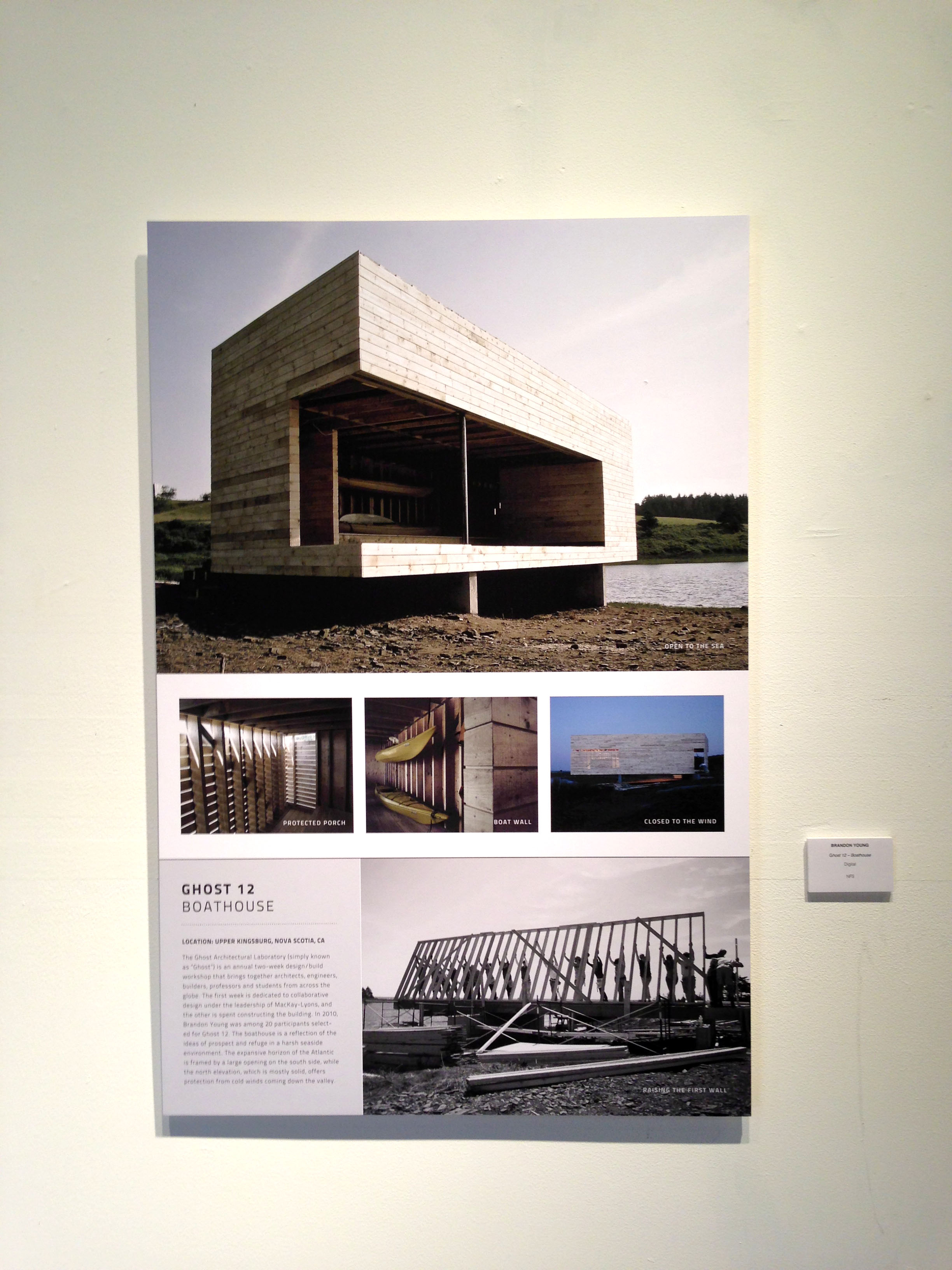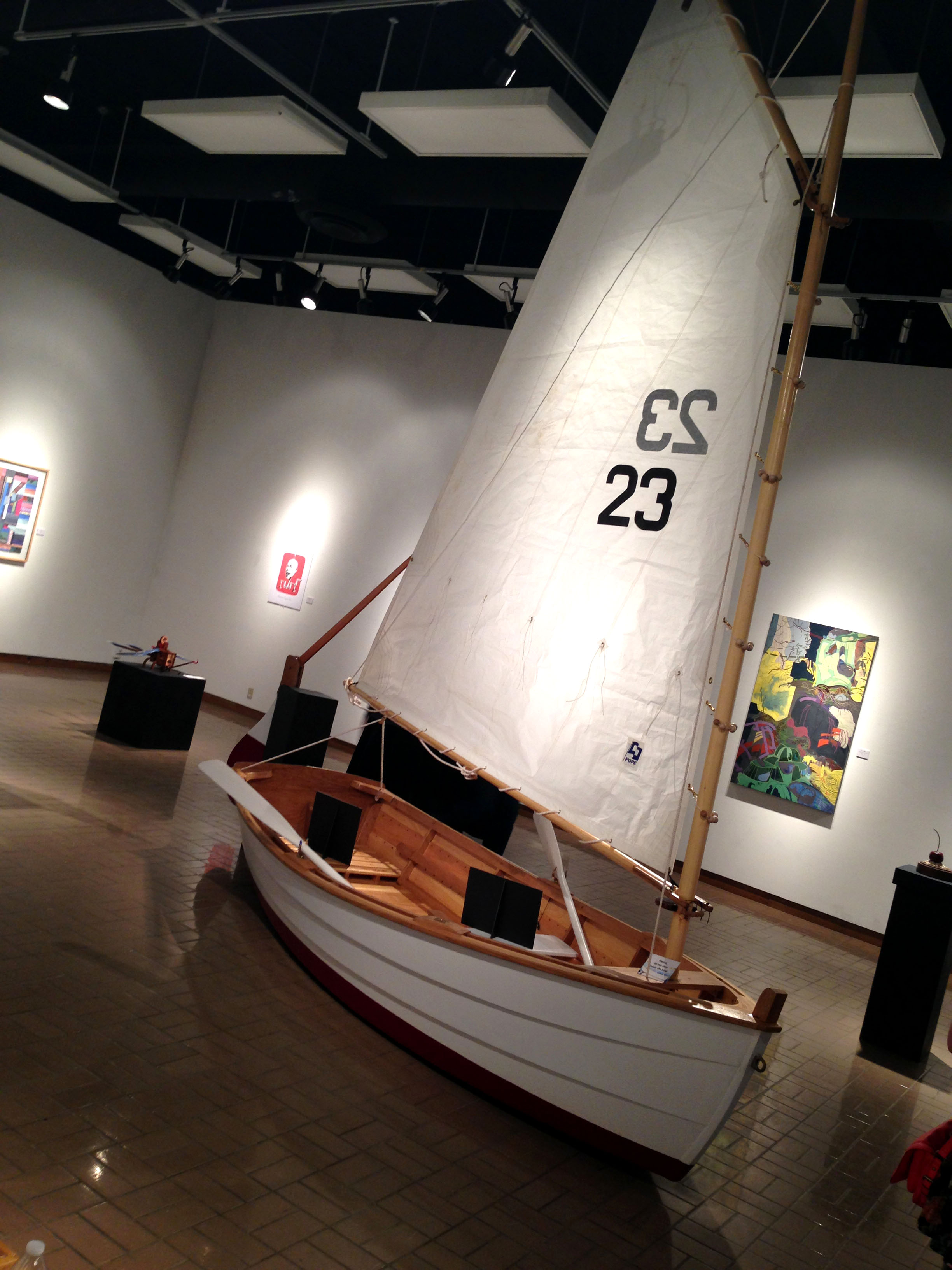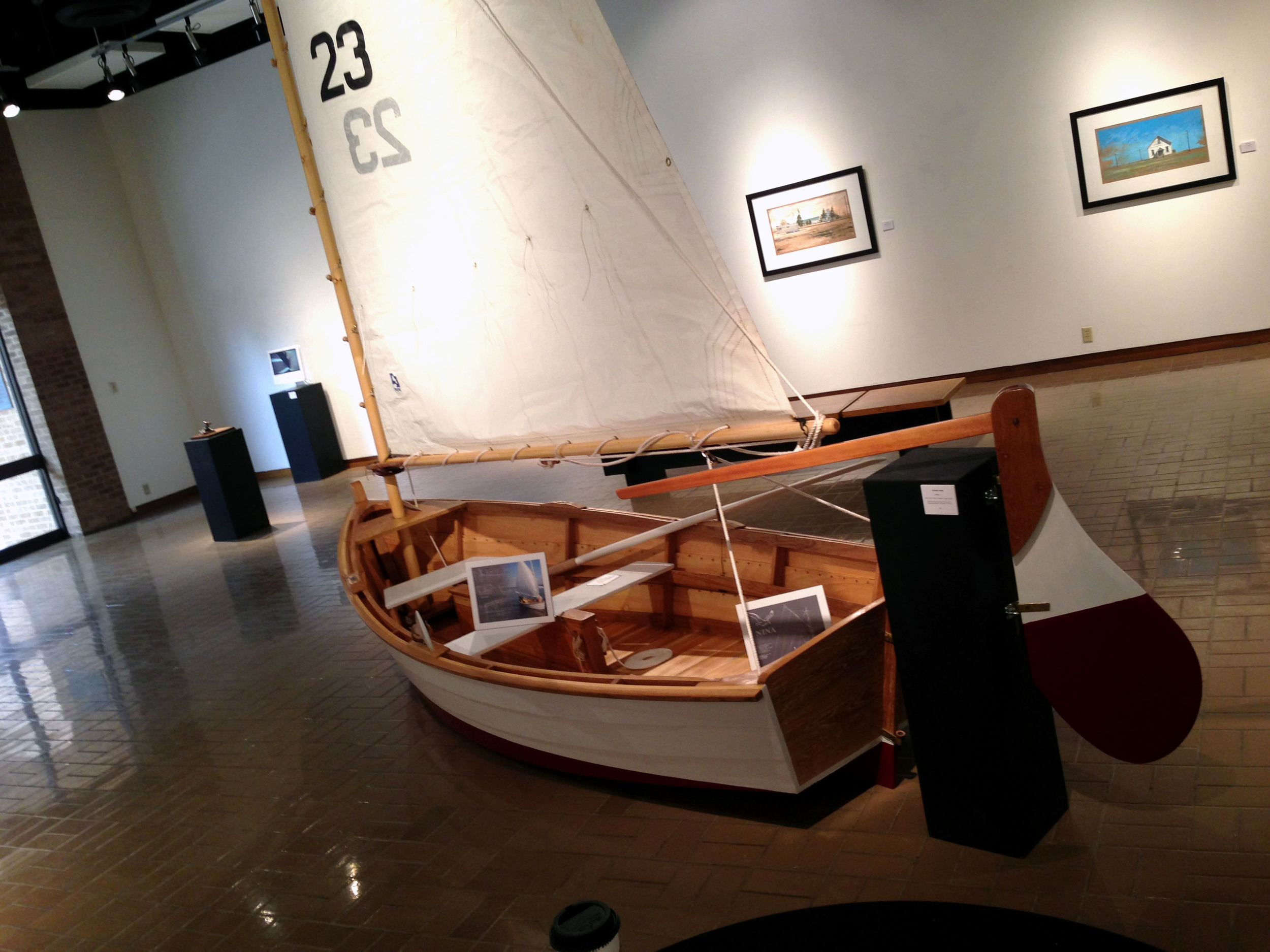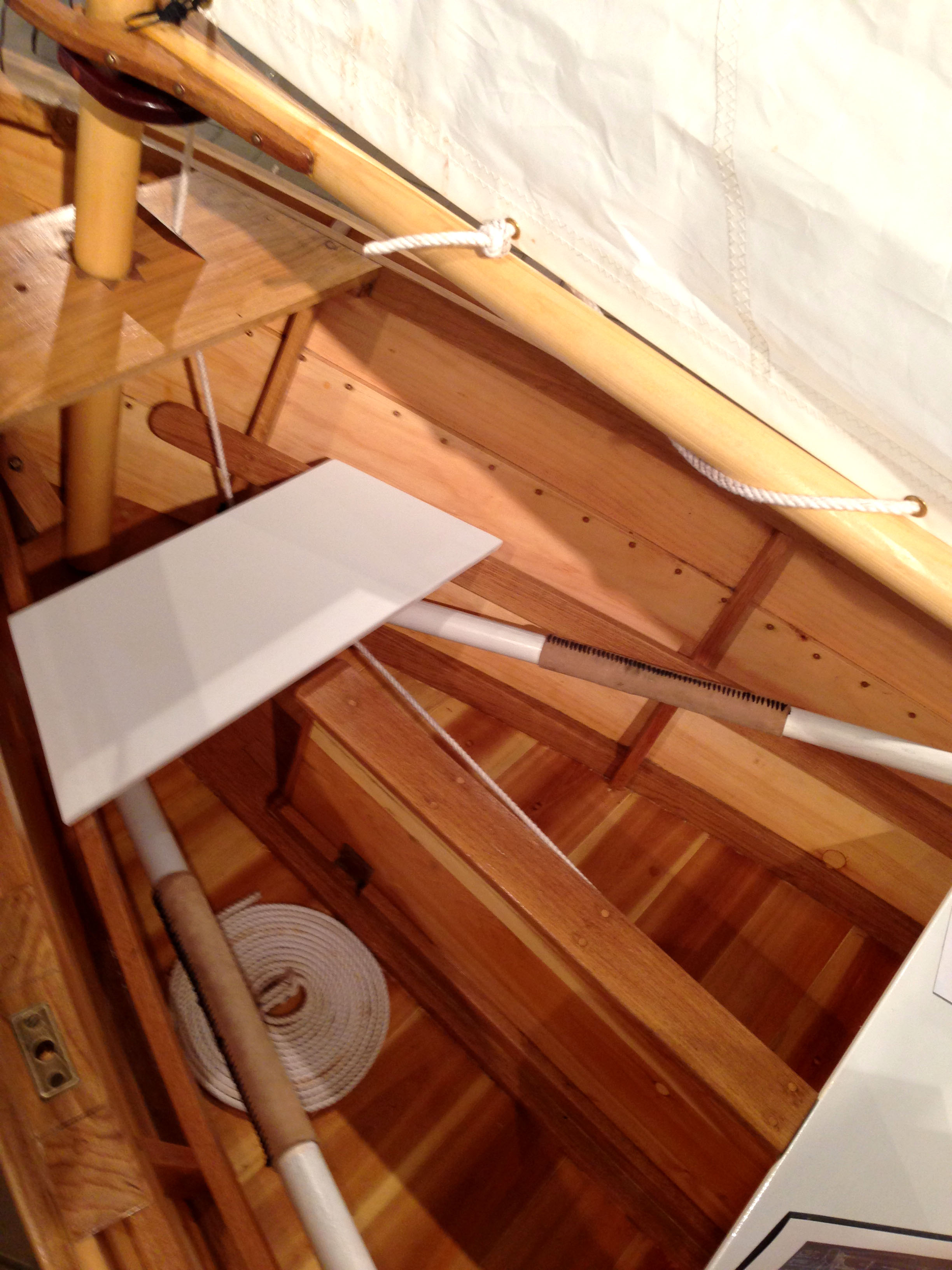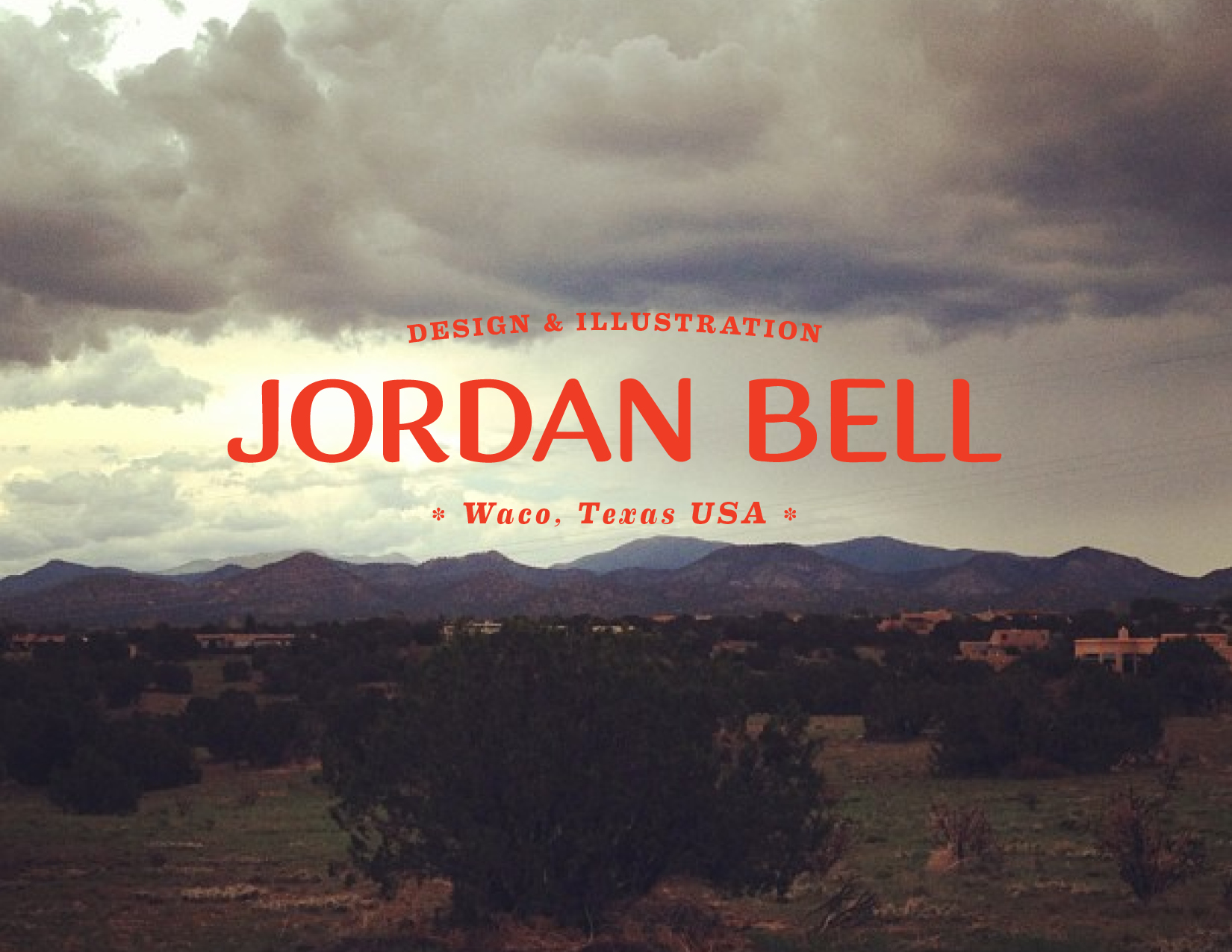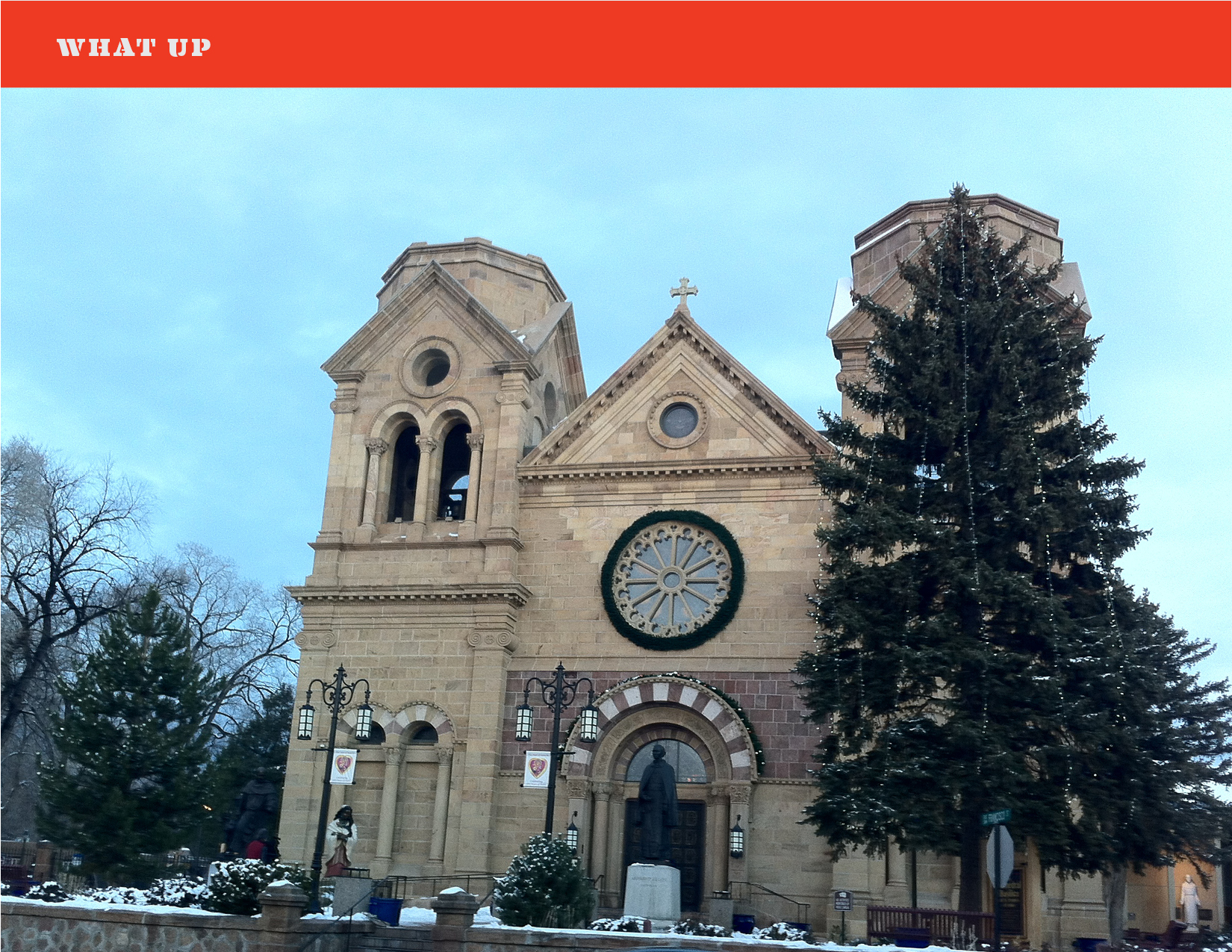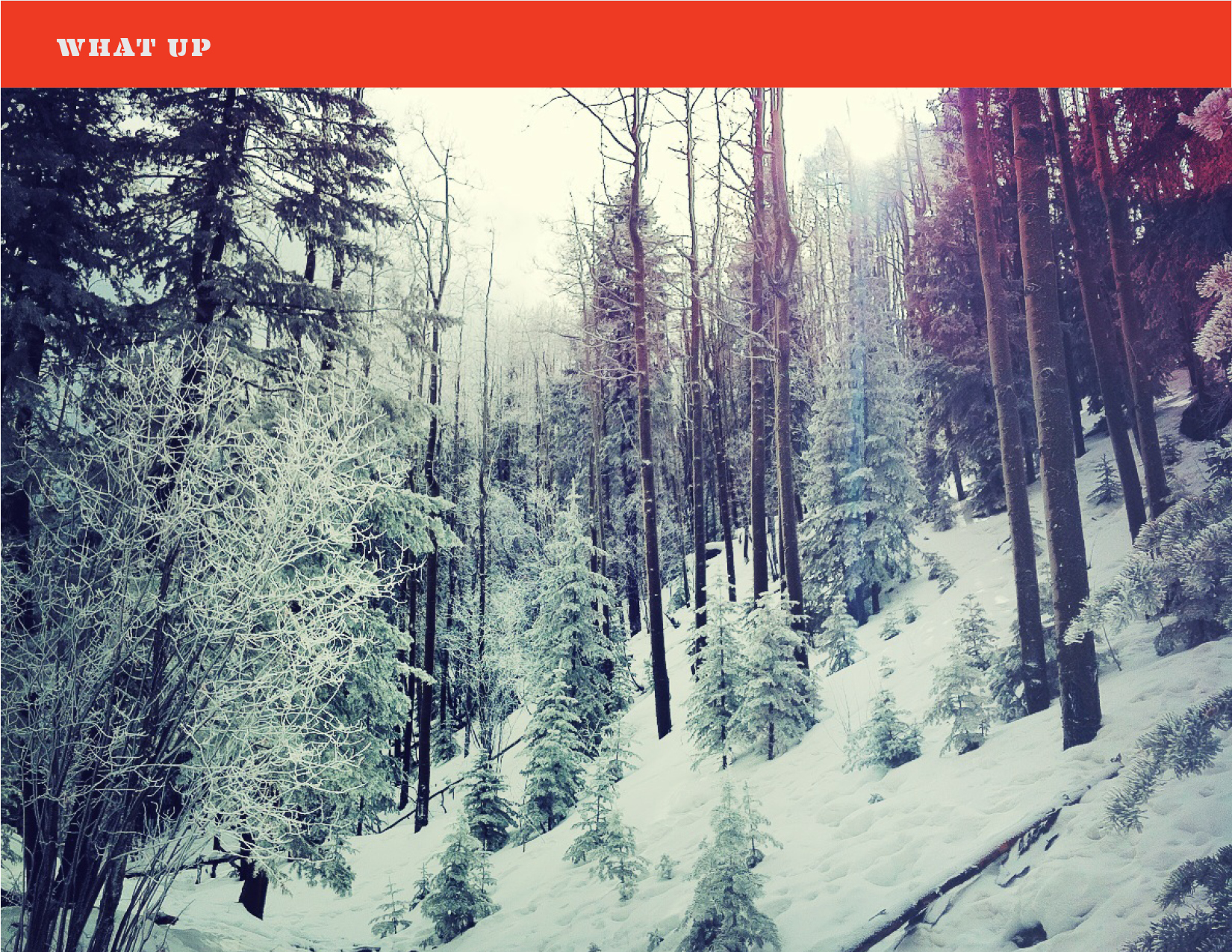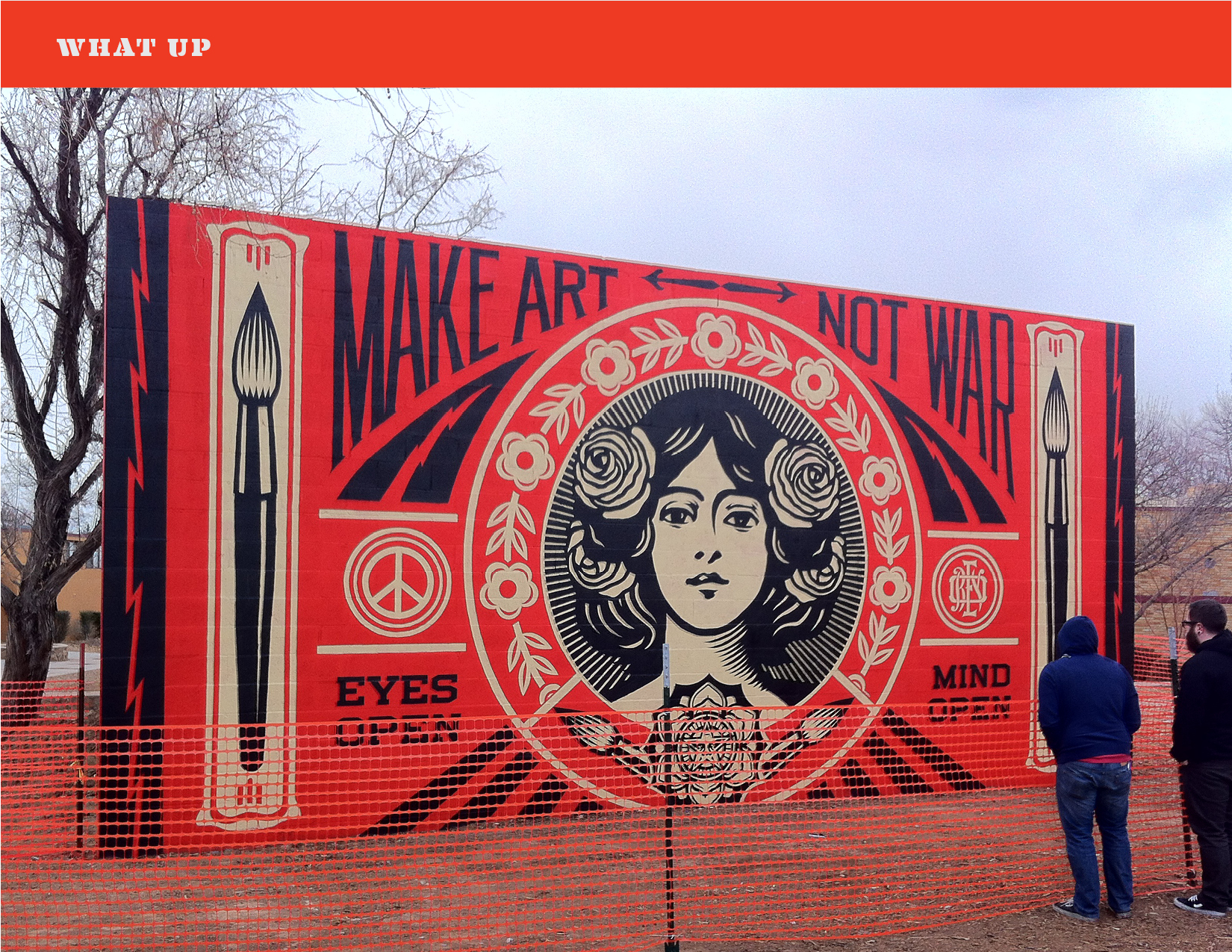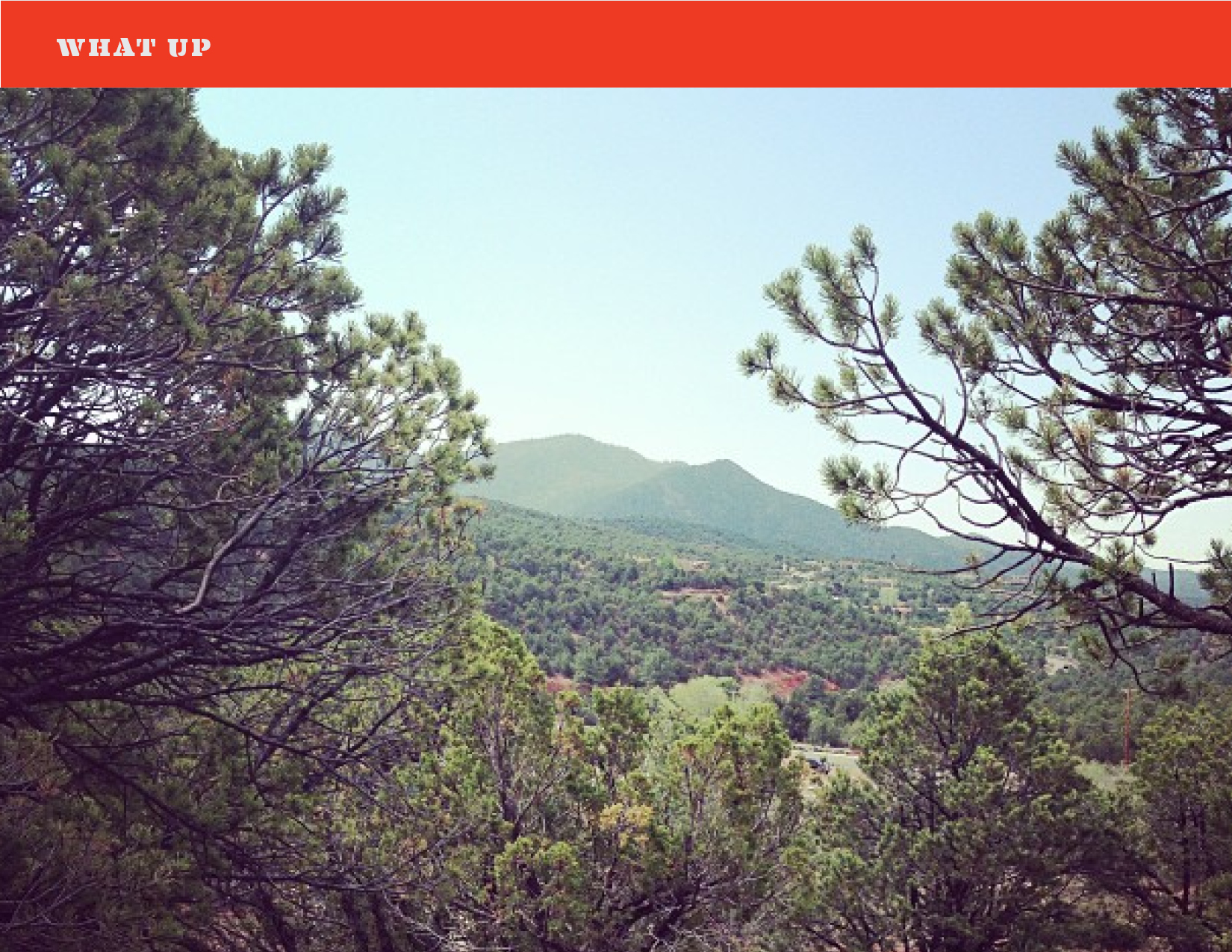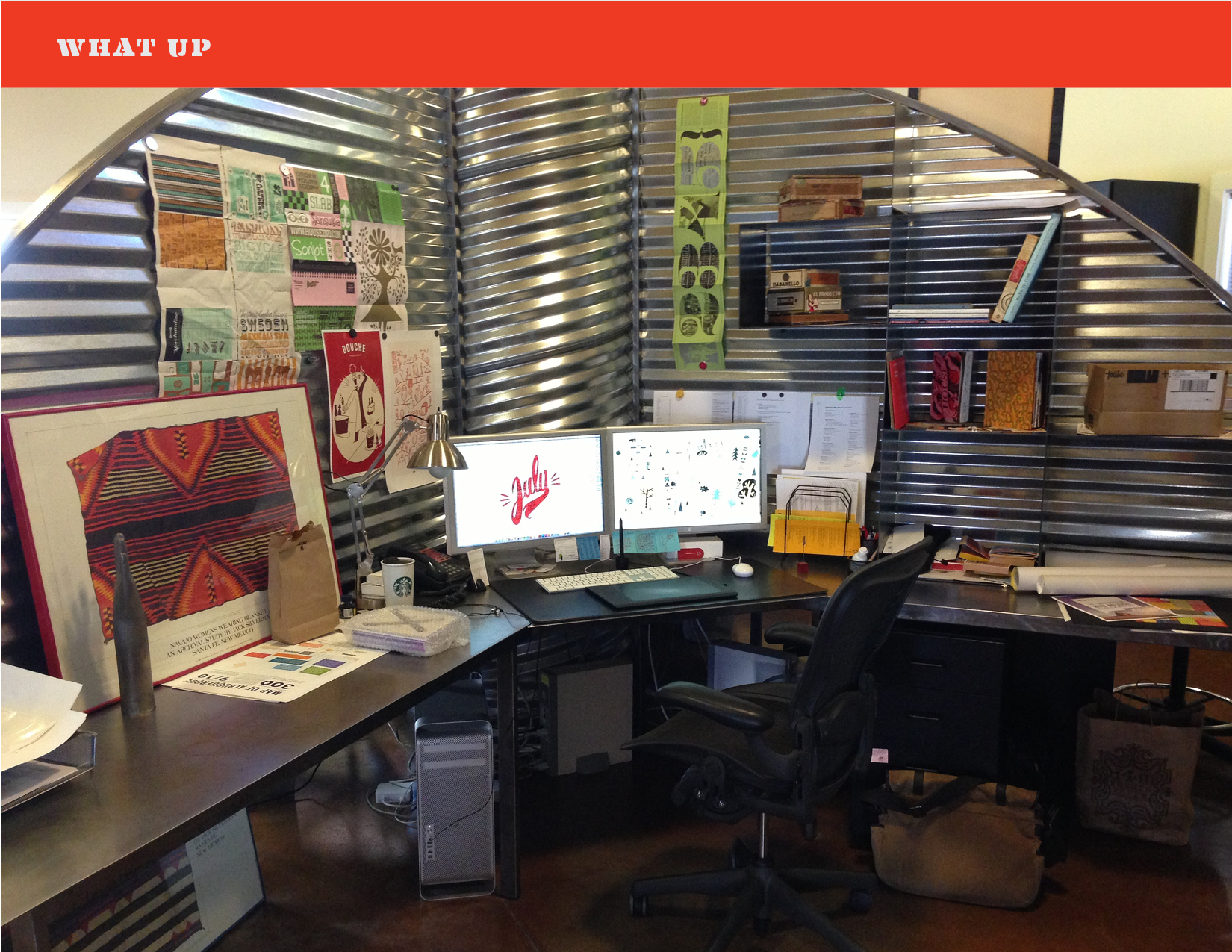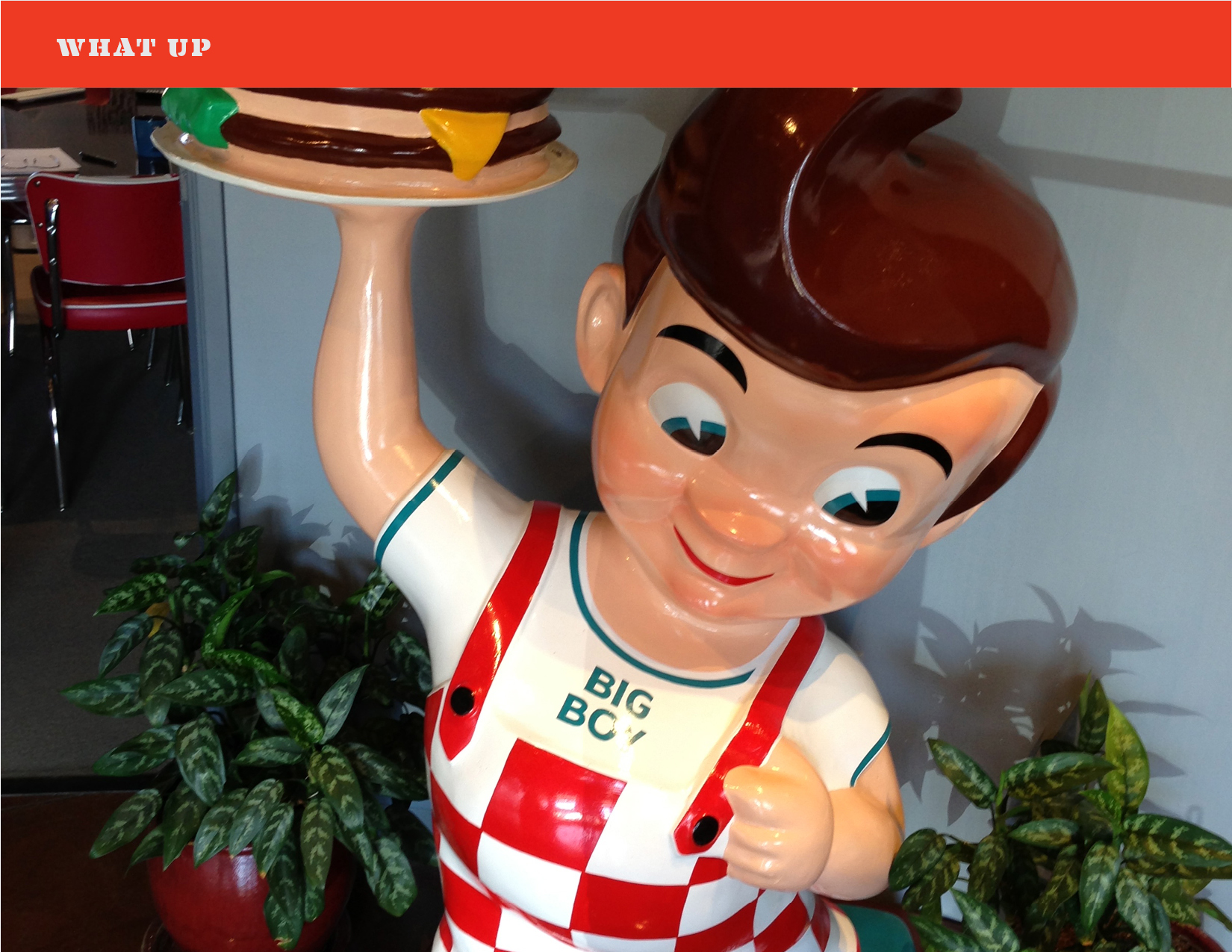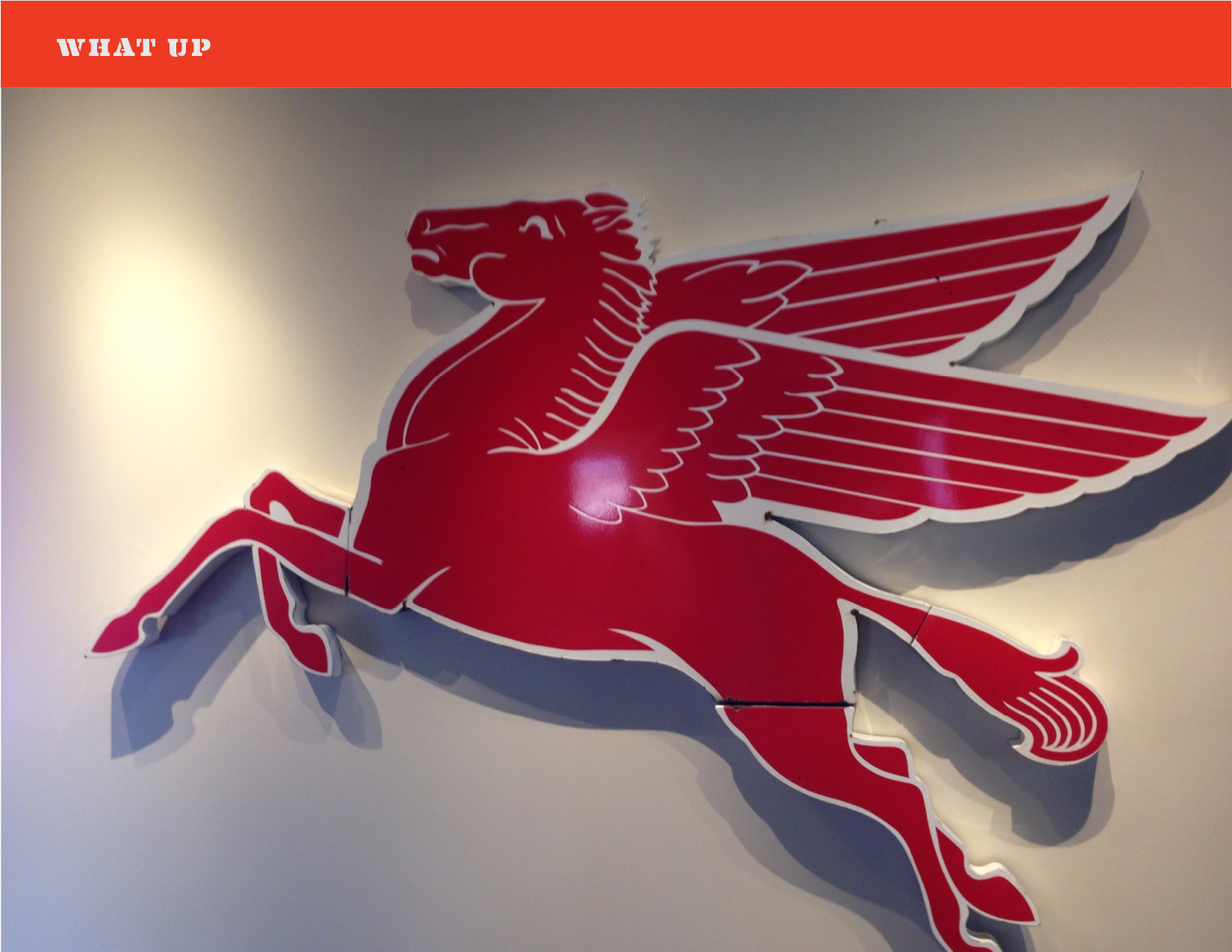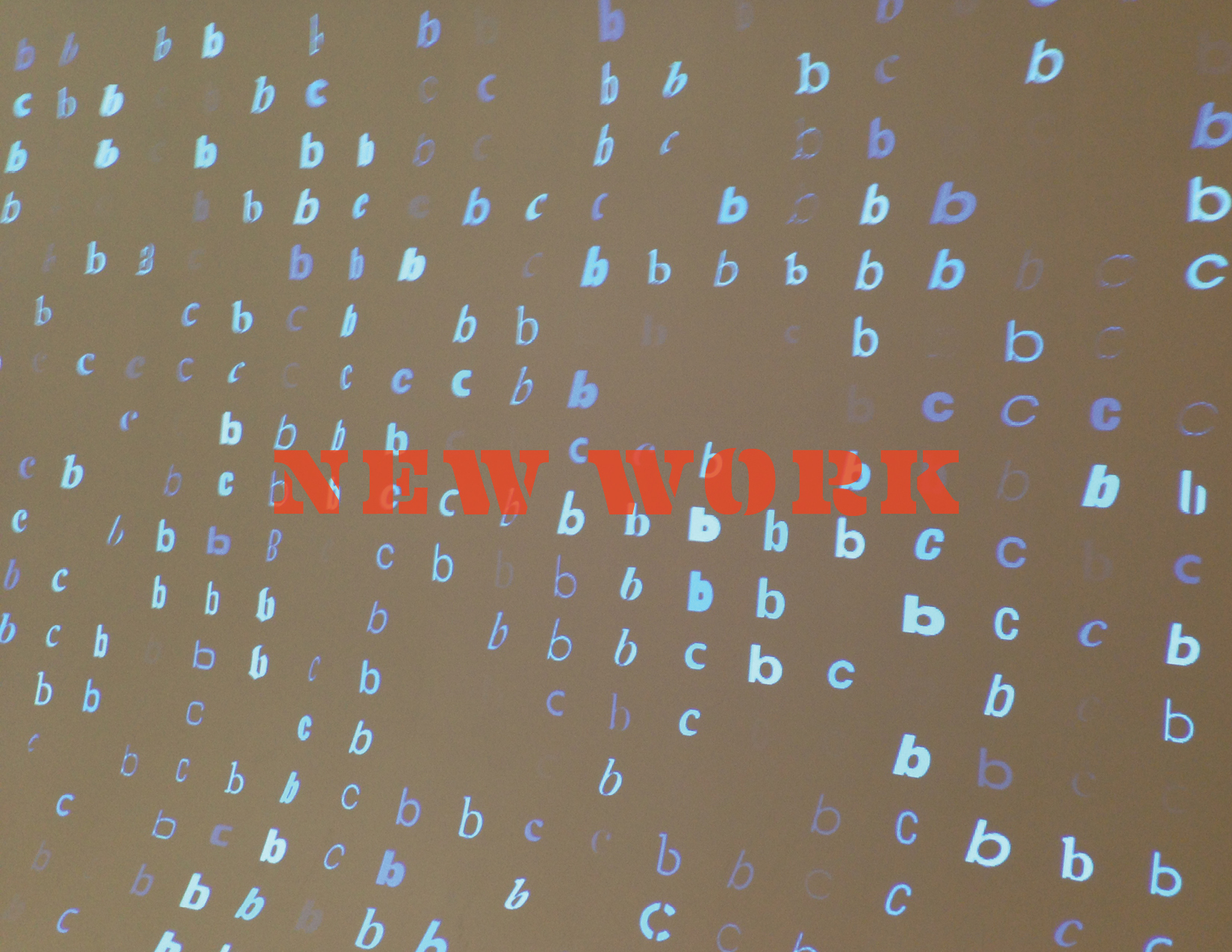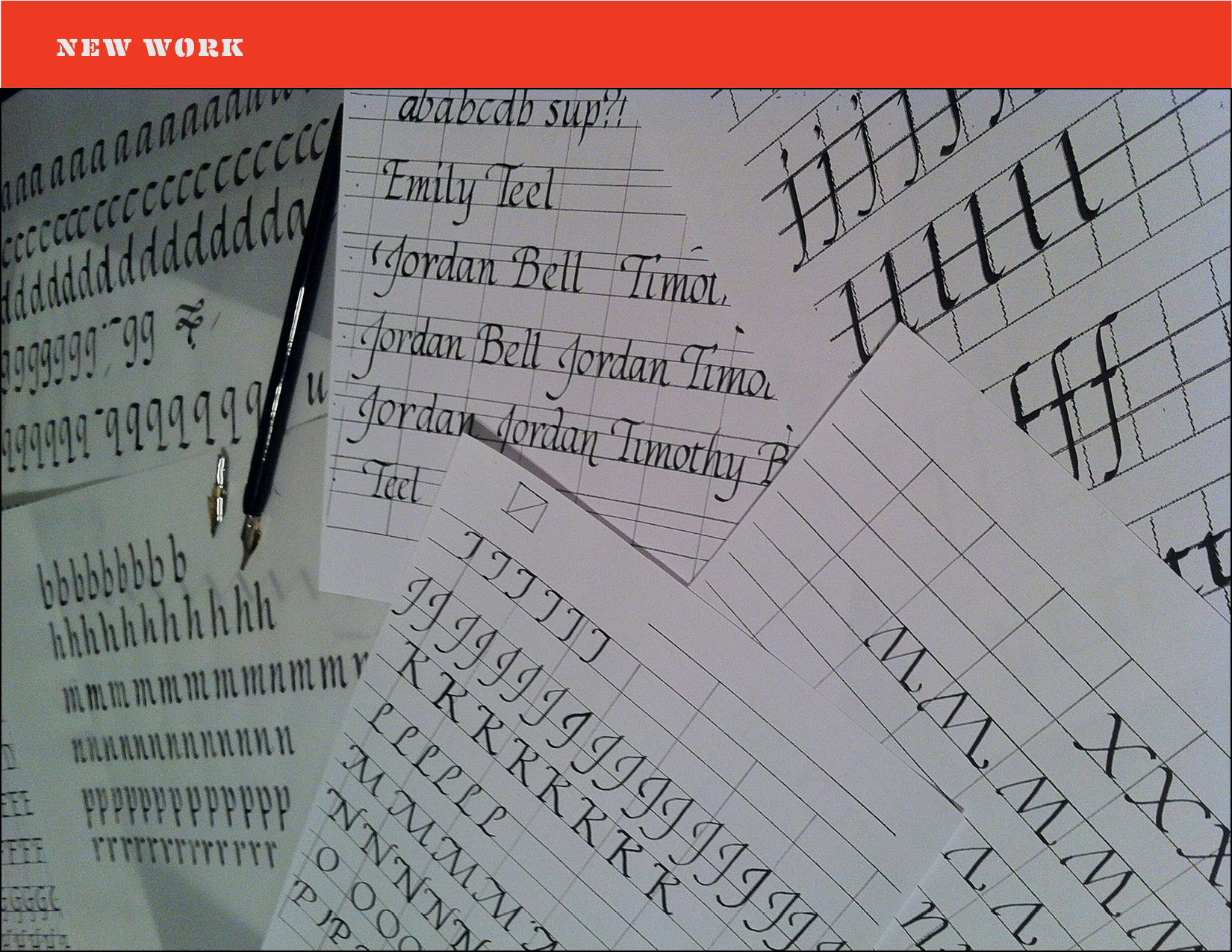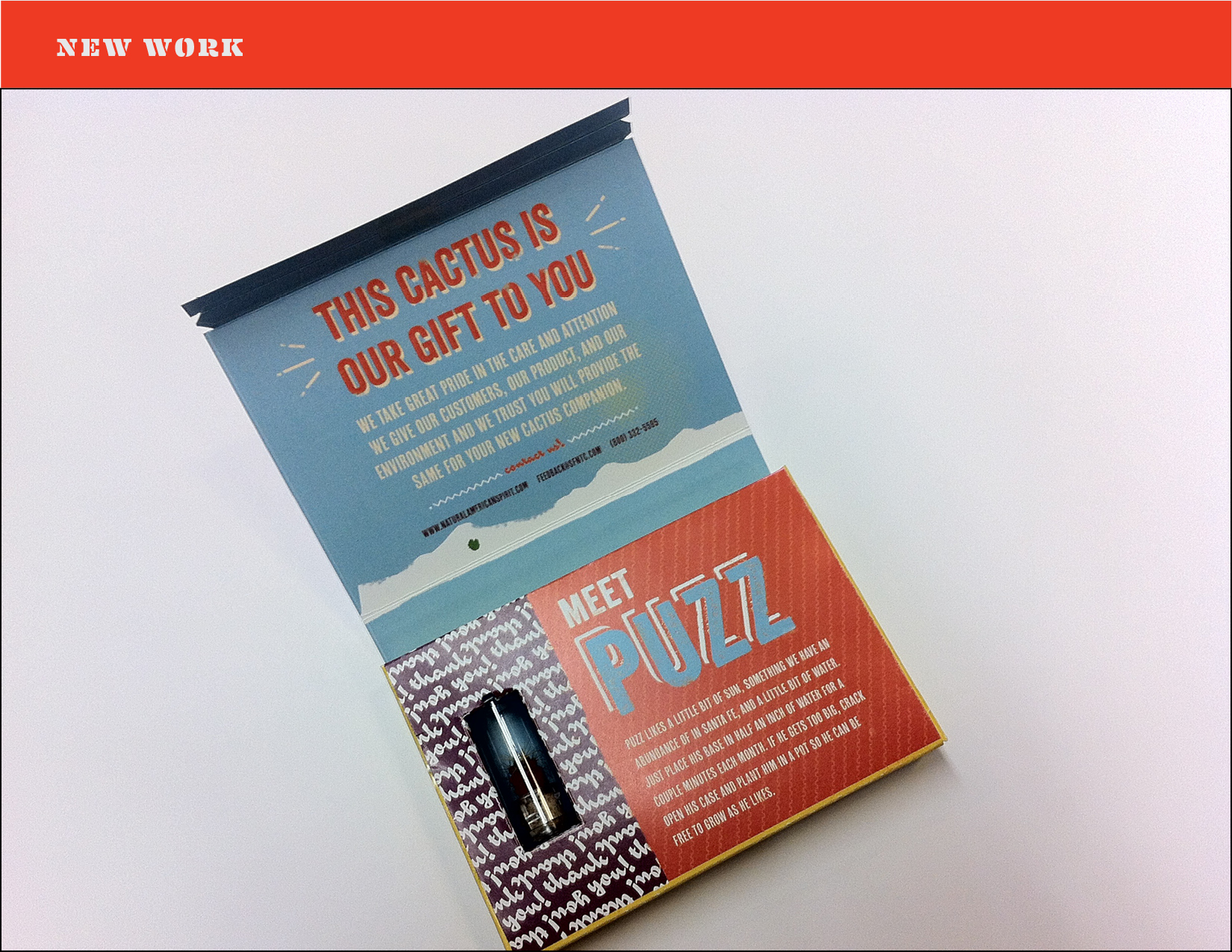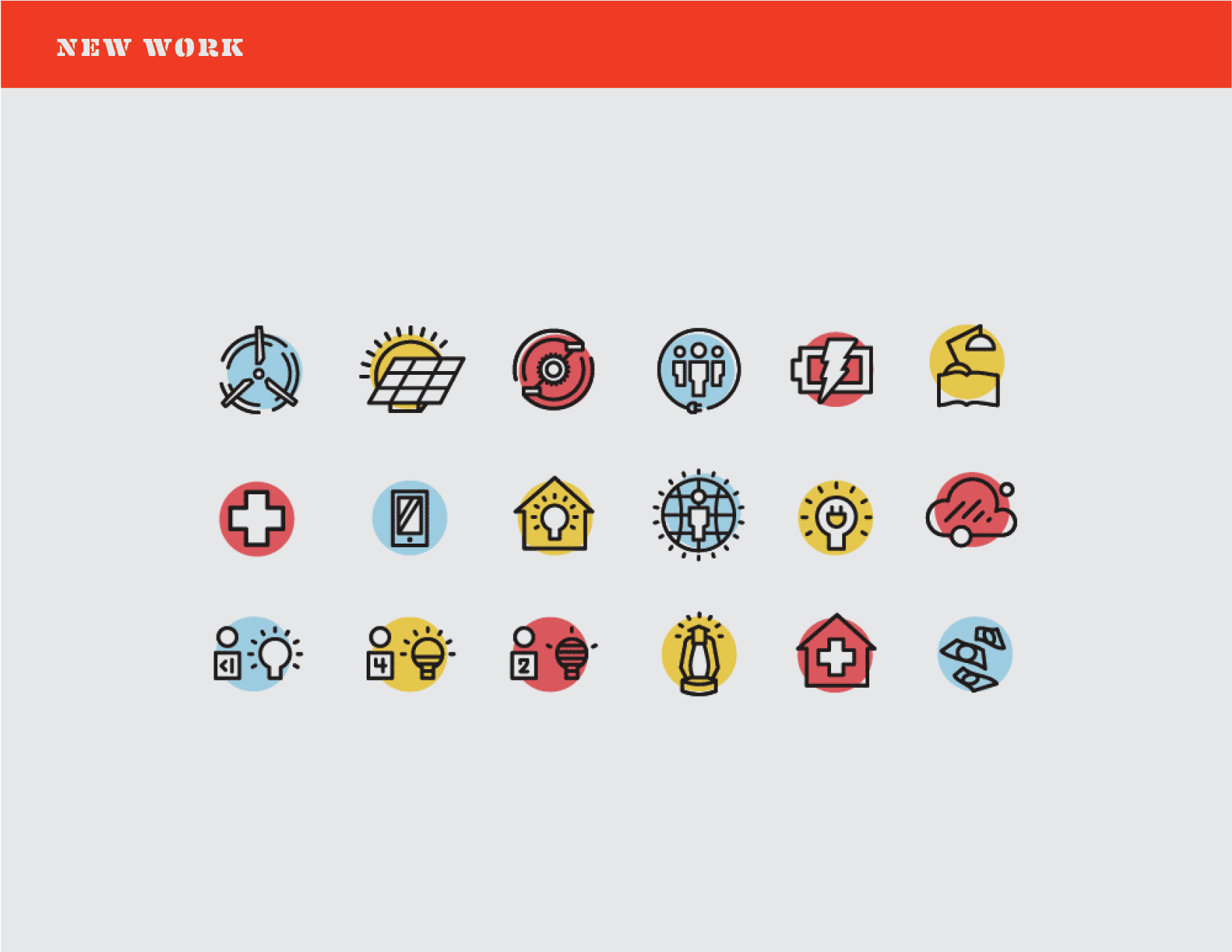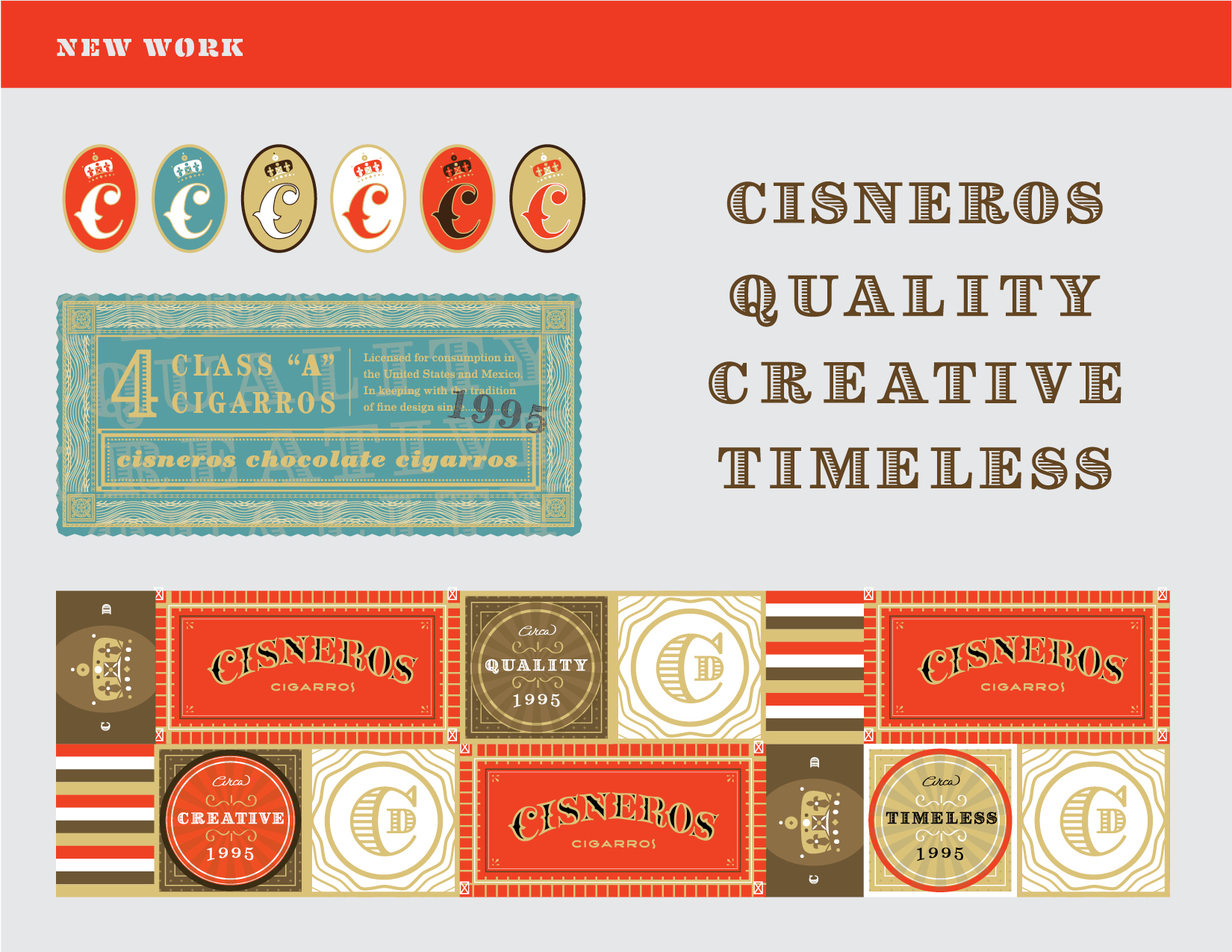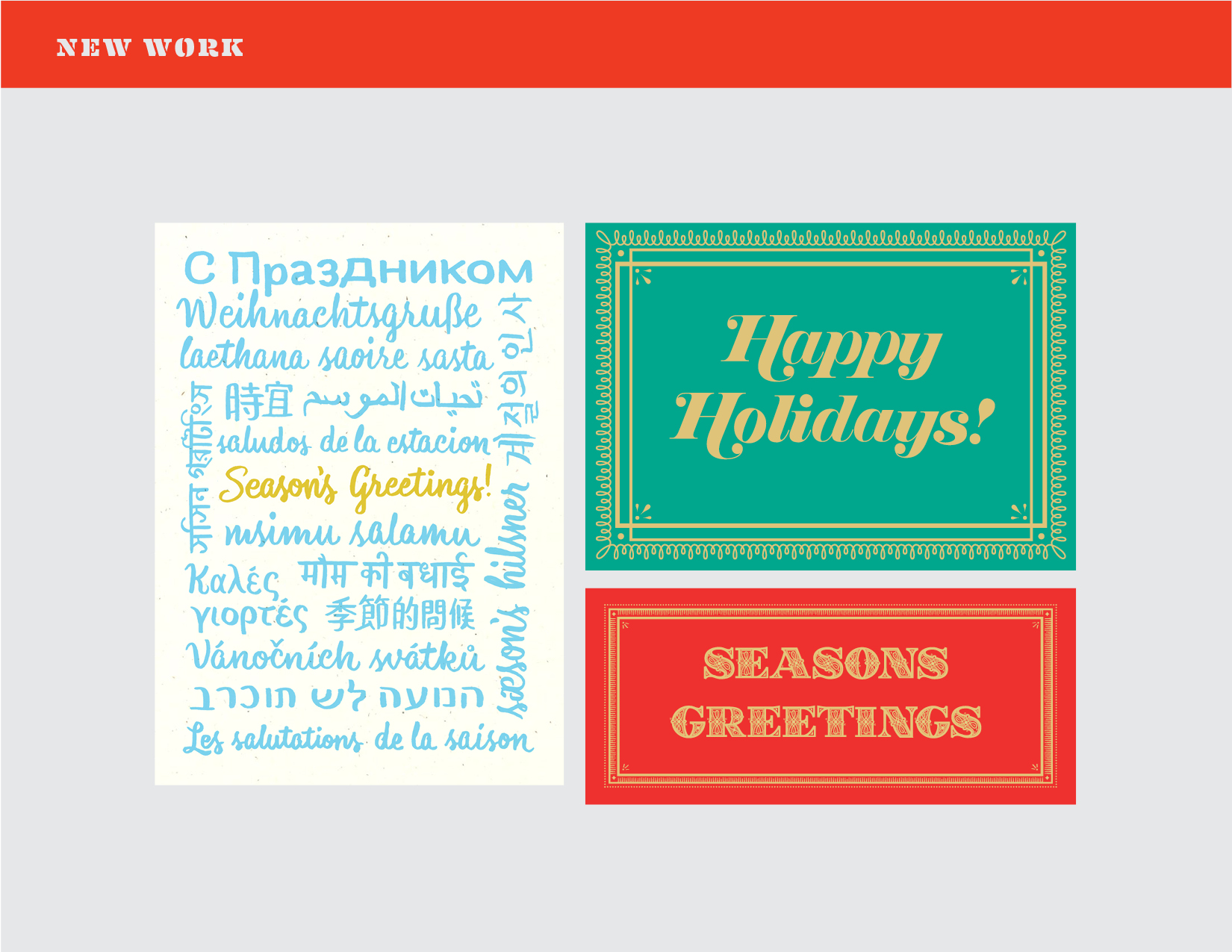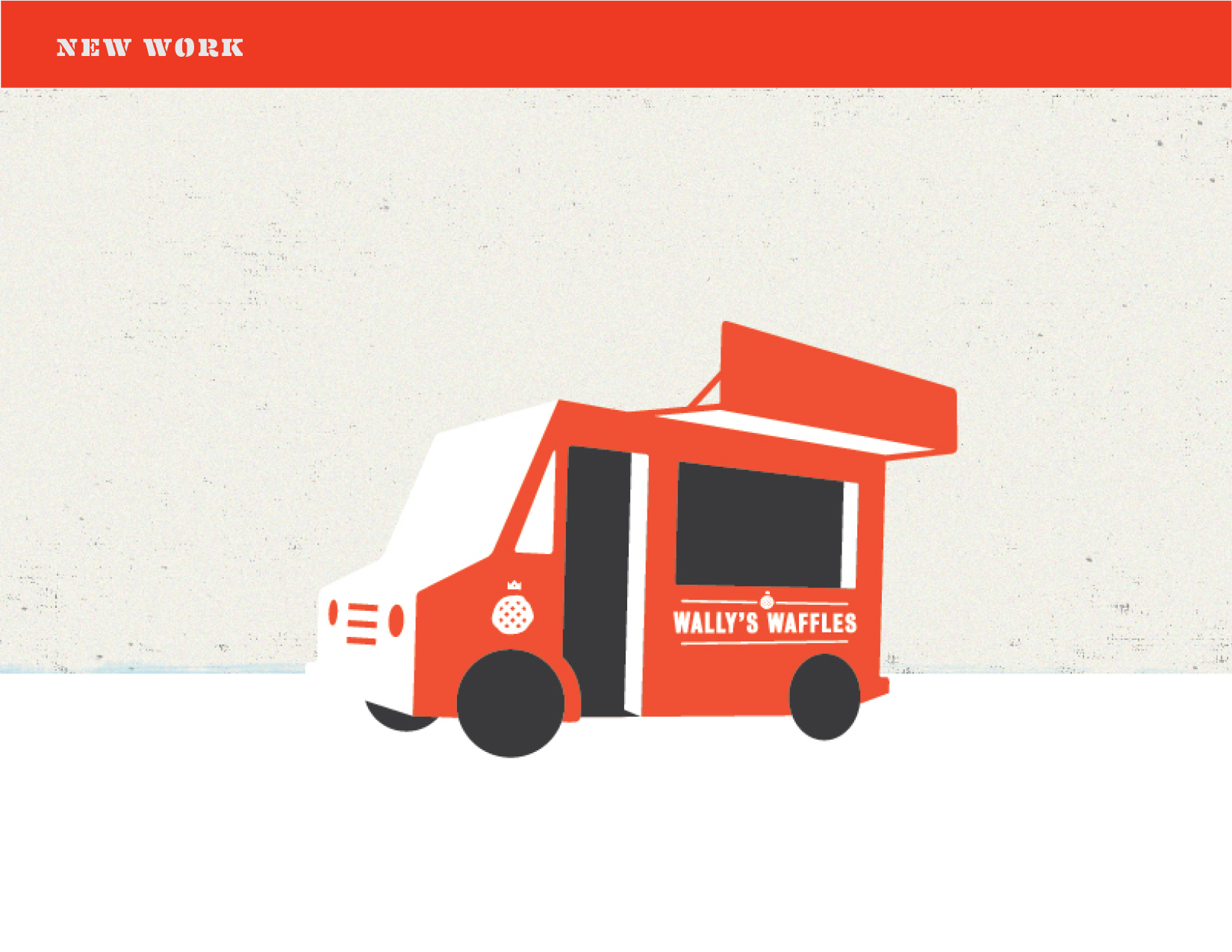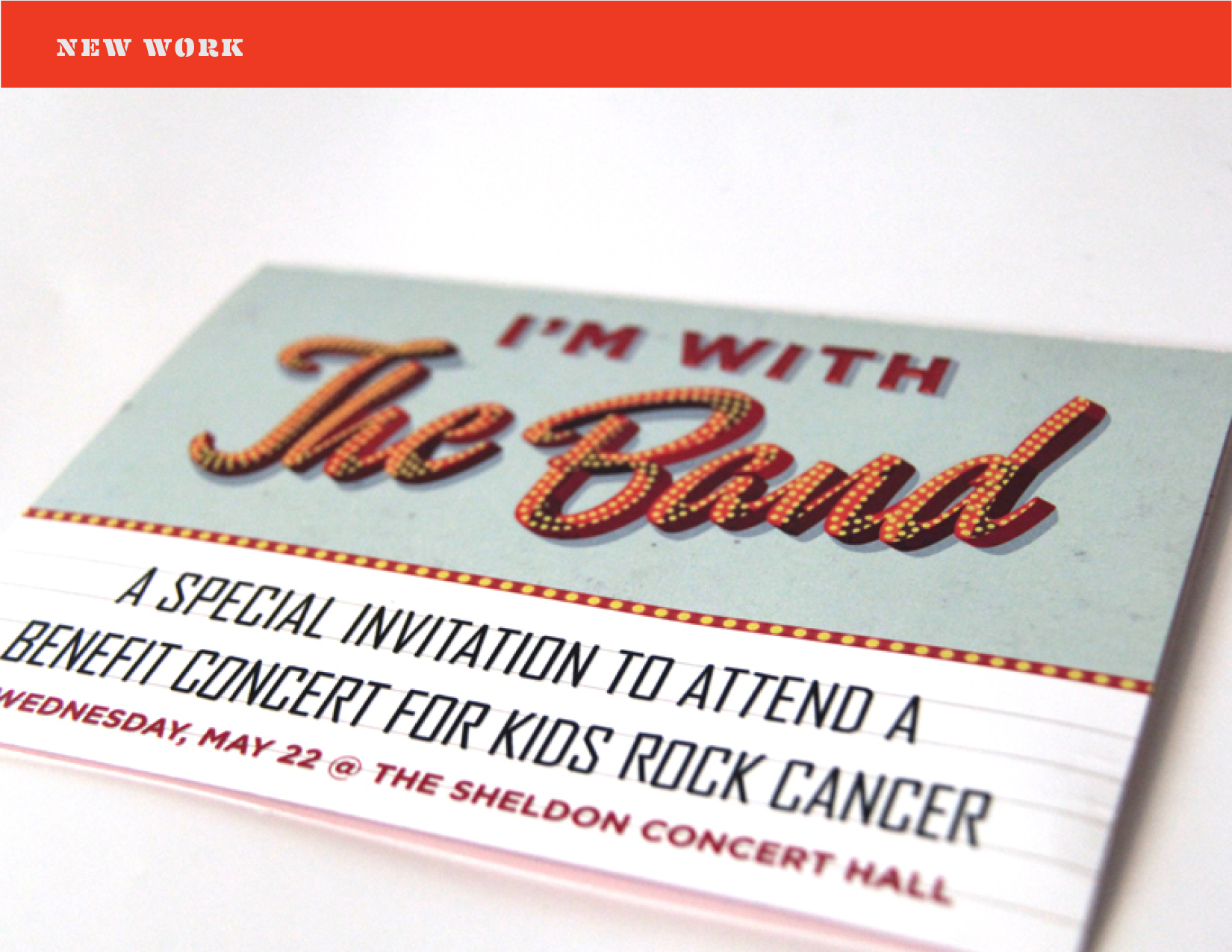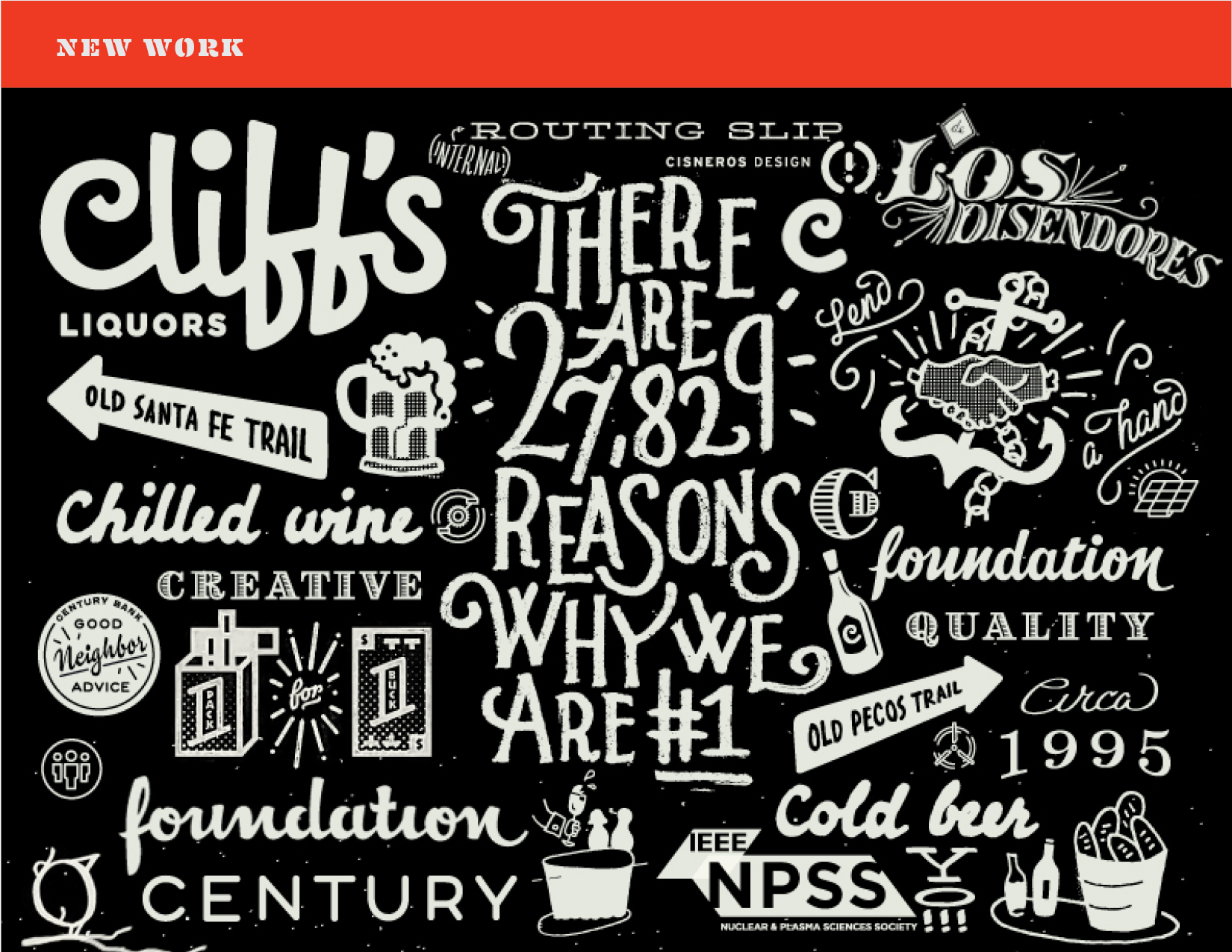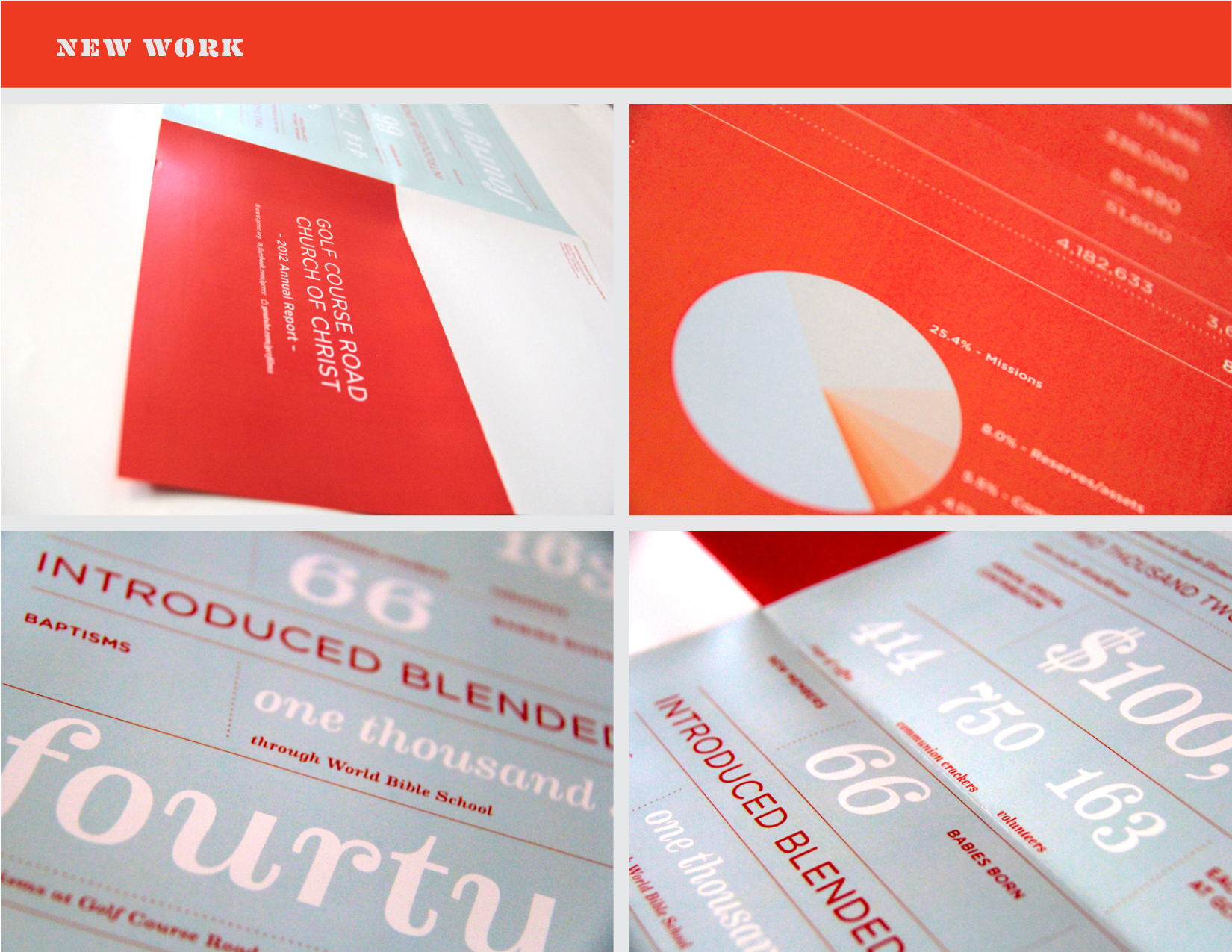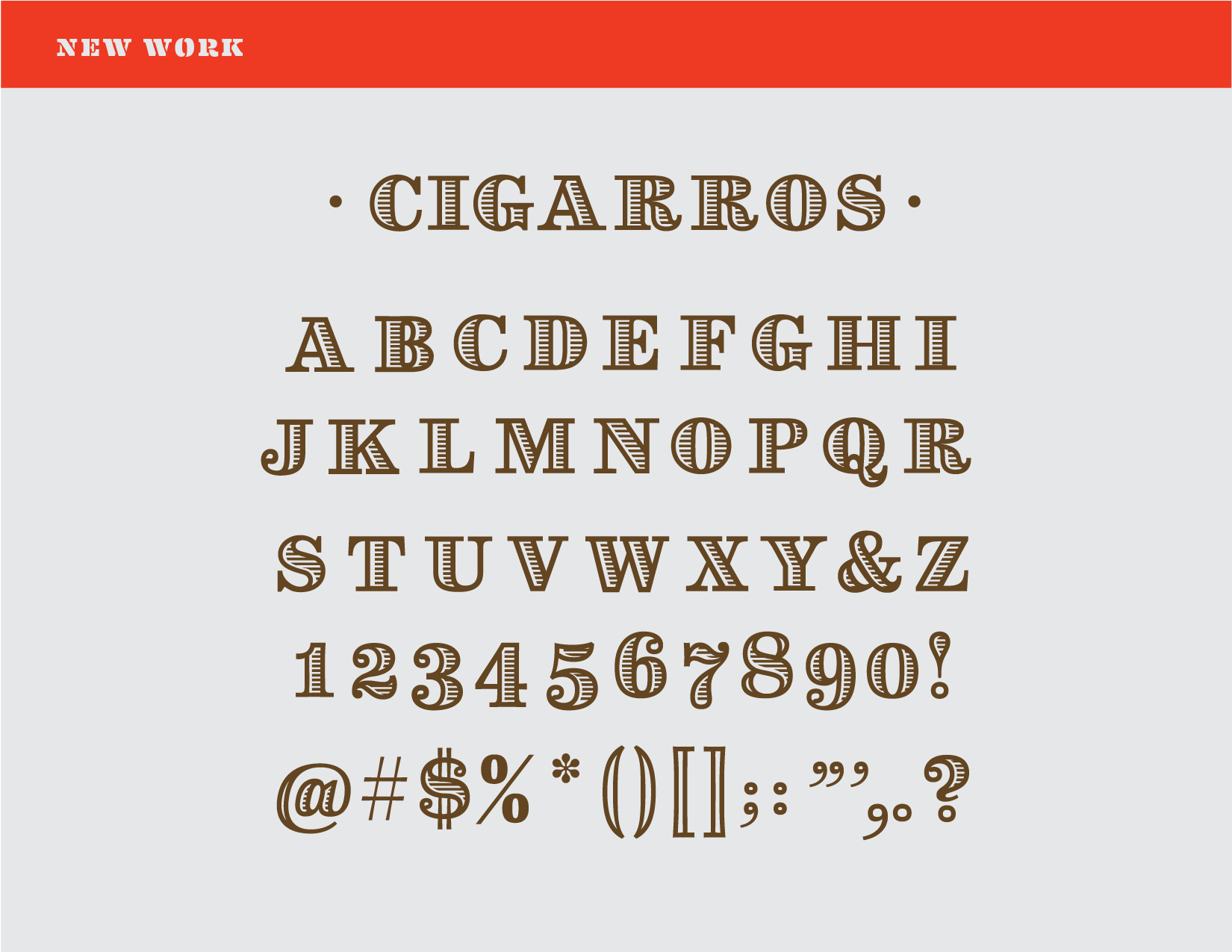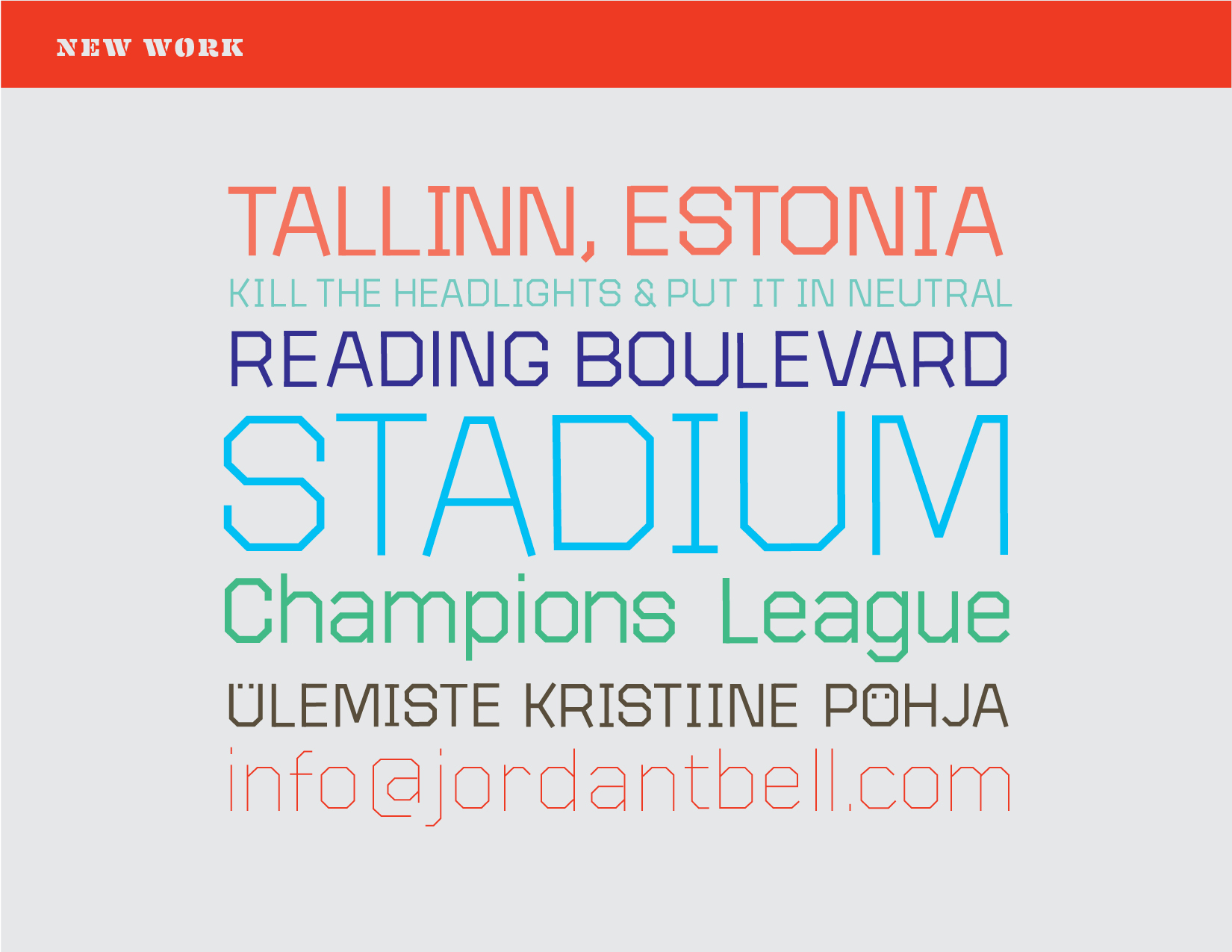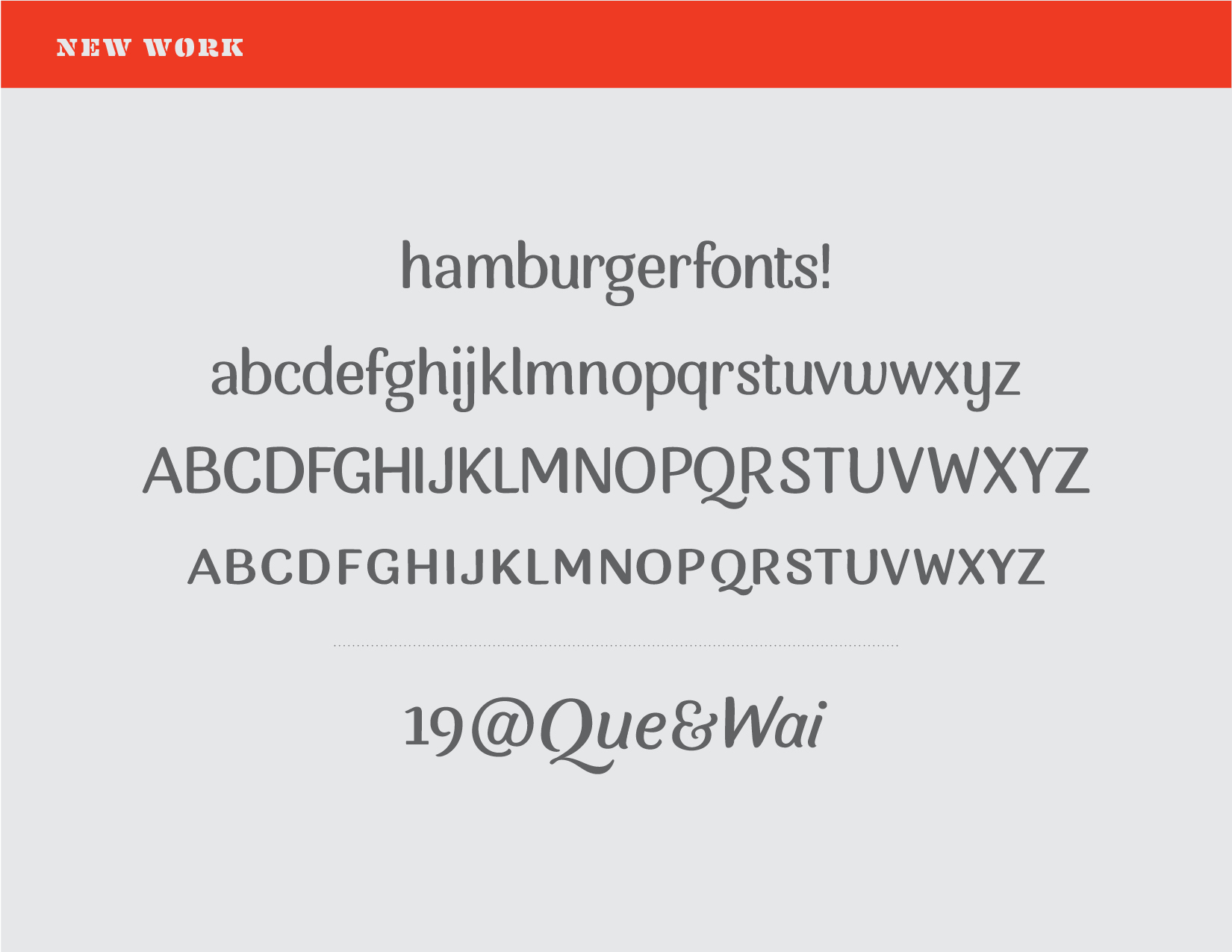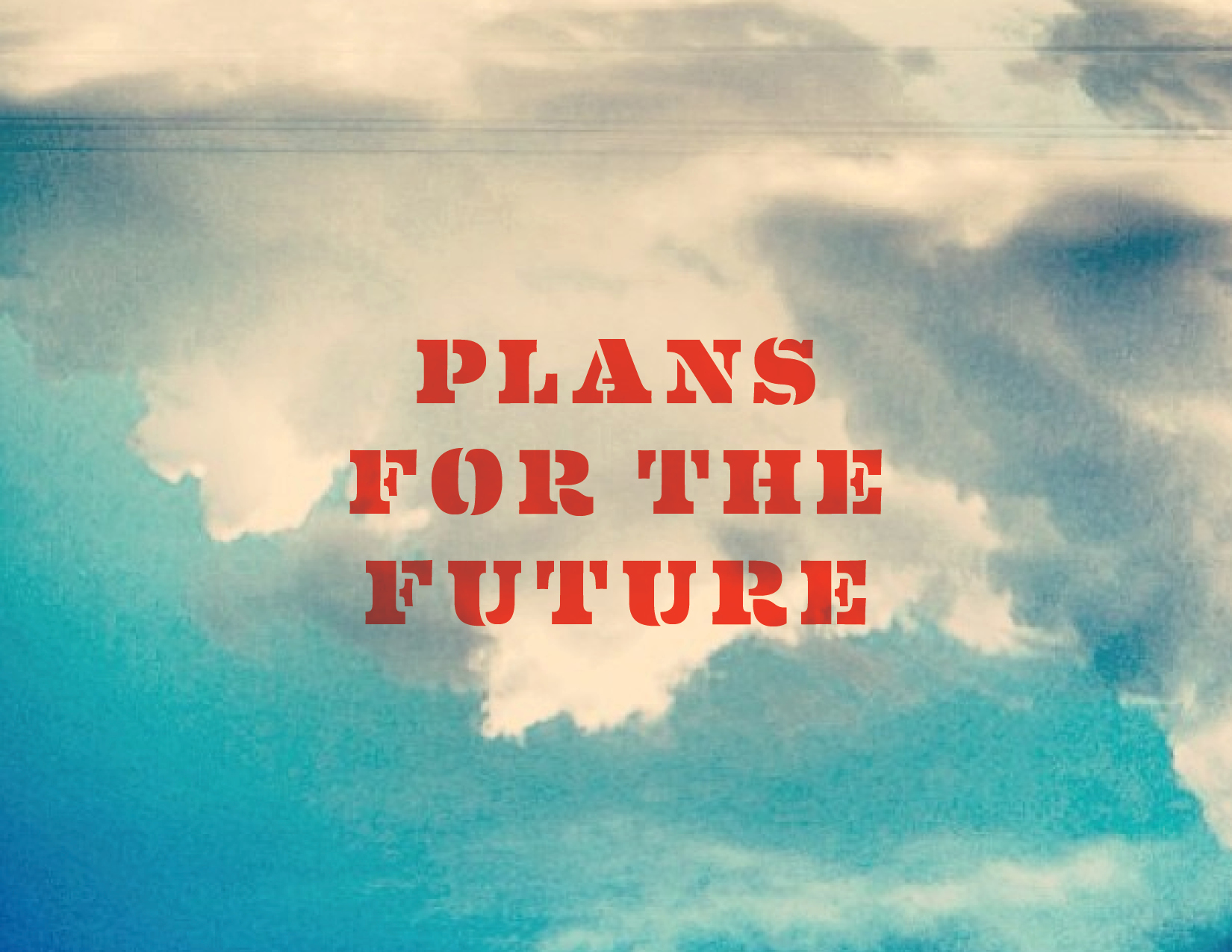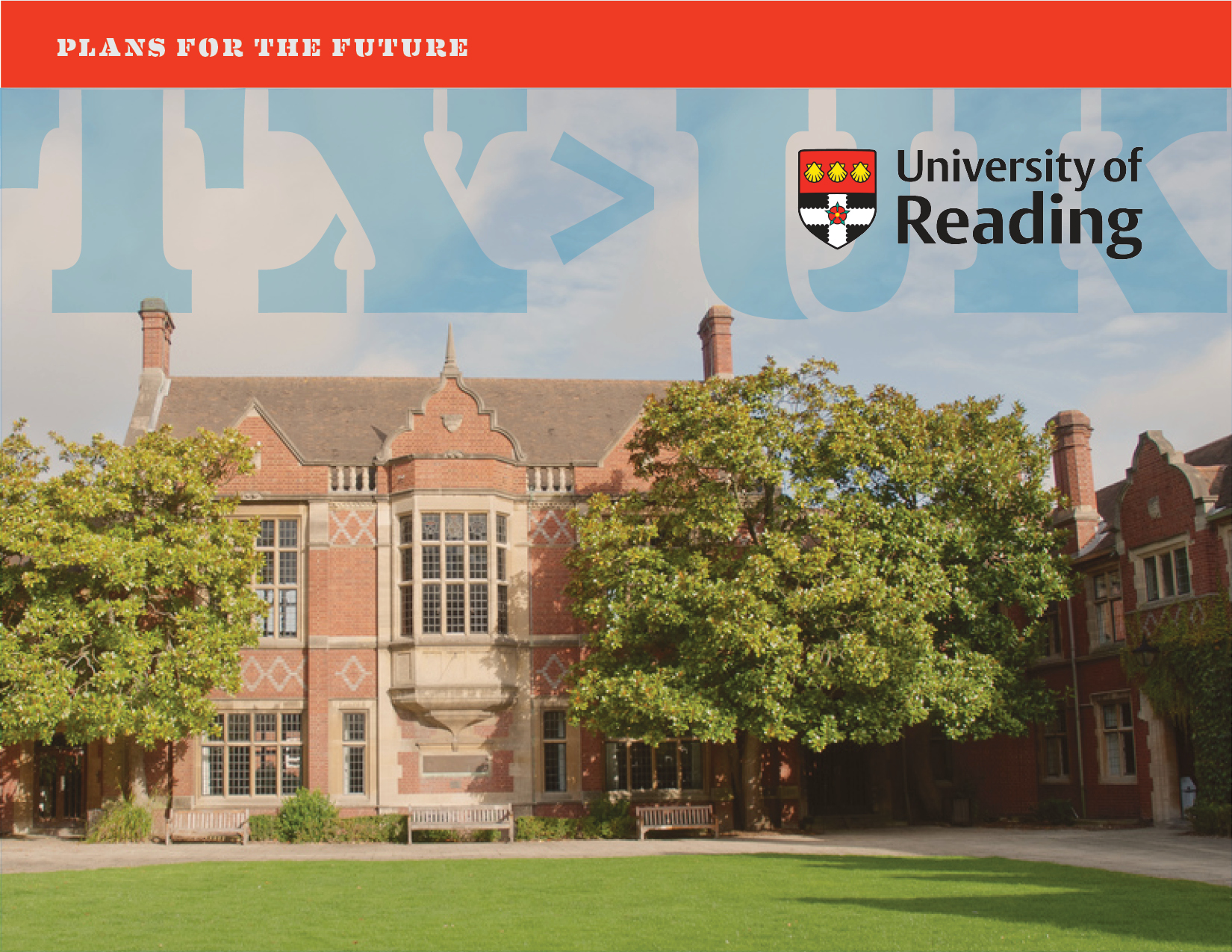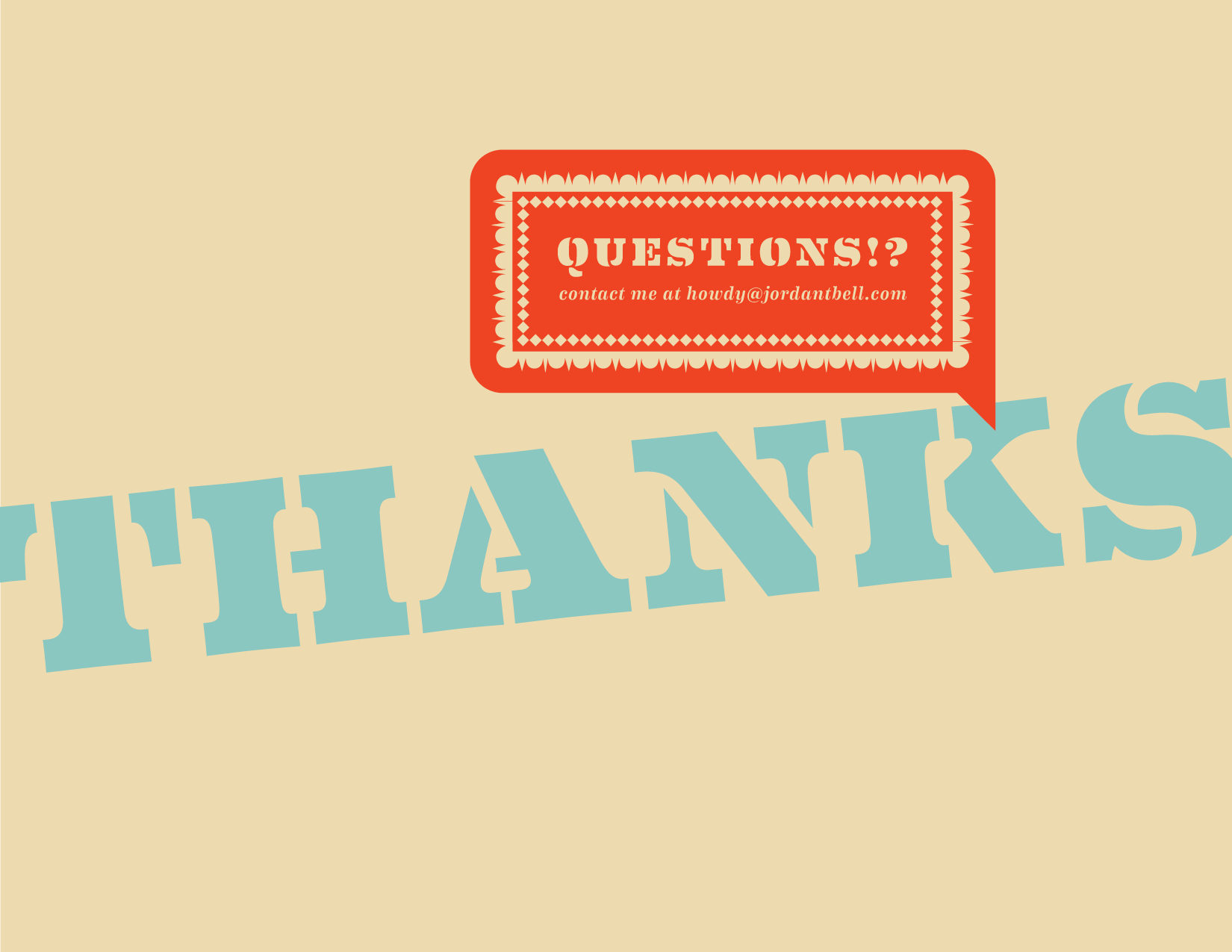I recently got back from Belgium and the Netherlands. If you dont wanna read the rest of this article I'll sum it up quick: It was awesome. Scroll down for images taken in a hurry.
Our first stop was to Antwerp where we visited the Plantin-Moretus Museum. We viewed and studied some seriously old books and manuscripts. The sheer amount of books, manuscripts, bibles, presses, tools, and type was absolutely stunning. After an hour in this place your head starts to spin. But it's amazing that there even exists a museum on the history of type and the printers that used it 500 years ago.
While in Antwerp I also ate more food than the average human being should in 2 days. Brunch at beautiful outdoor cafes, Belgium fries and waffles, Ethiopian all-you-can-eat, fantastic coffees and teas, and the Trappist brews proved how amazing Belgium cuisine is. I don't know if I have eaten that well since I came to Europe. If you've never been to Antwerp go. Even if its just for the cafes and waffles, you won't regret it.
We left for Amsterdam midweek and immediately headed to the Special Collections at the University of Amsterdam. Another place with an unbelievable collection of antiques and rare books that you can hardly believe still exist. The entire list of items we saw can be found here. Gerard Unger was giving us an excellent presentation on the items retrieved from the archives there. He is a great speaker and a refined expert in this field, especially when it comes to Dutch type & graphic design. After that, Gerard led us to an Artists Club where I devoured half a chicken with potatoes and gravy. We had nice conversation and most likely a heated typographic debate.
The next few days were spent exploring Amsterdam museums, libraries, and bookshops (oh, and pubs as well). We took a day trip to Haarlem where we visited the Enschede Museum. Later we went to Unger's favorite diner in Amsterdam. I had a smoked eel broodje. Yup, you read that right – smoked eel. Your'e all posers until you eat something as disgusting and slimy as an eel (it was actually like, crazy delicious). After that we went to the Rijksmuseum which houses many amazing works by Rembrant, Monet, van de Velde, Breitner, Vermeer, van Dijck, van Gogh, and many others.
The next day we travelled to Den Haag (The Hague) and went to the The Meermanno Museum . After looking at some of the worlds most beautifully designed books, we headed to the KABK to eat lunch and meet up with the type design students. They gave us a seriously impressive presentation and schooled us in Foosball. In the great dutch tradition, they gave us an ice cold Heineken as well so we would all stop talking about type and start chatting about something more normal, like beer. After realising how terrible I was at foosball (even though I love soccer), Riccardo (italian colleague & friend) and I were invited to Gerard Unger's house for dinner. He prepared an absolutely amazing meal for us and then showed us some of his favourite Italian and Tex Avery comedies! What a cool dude.
Anyways, since I have now bored you with all the details, here are some crappy photos taken with my iPhone while walking around. Enjoy!
